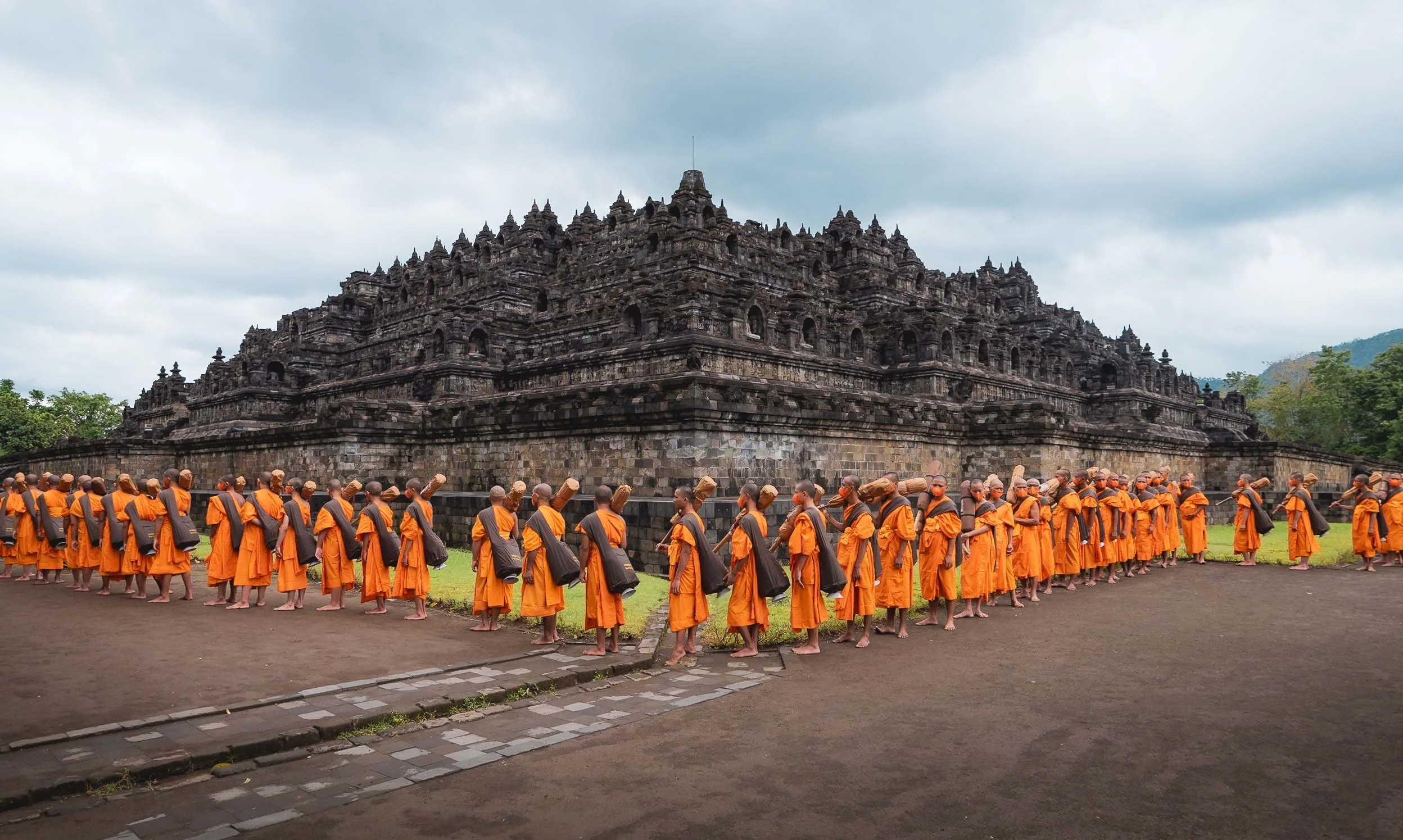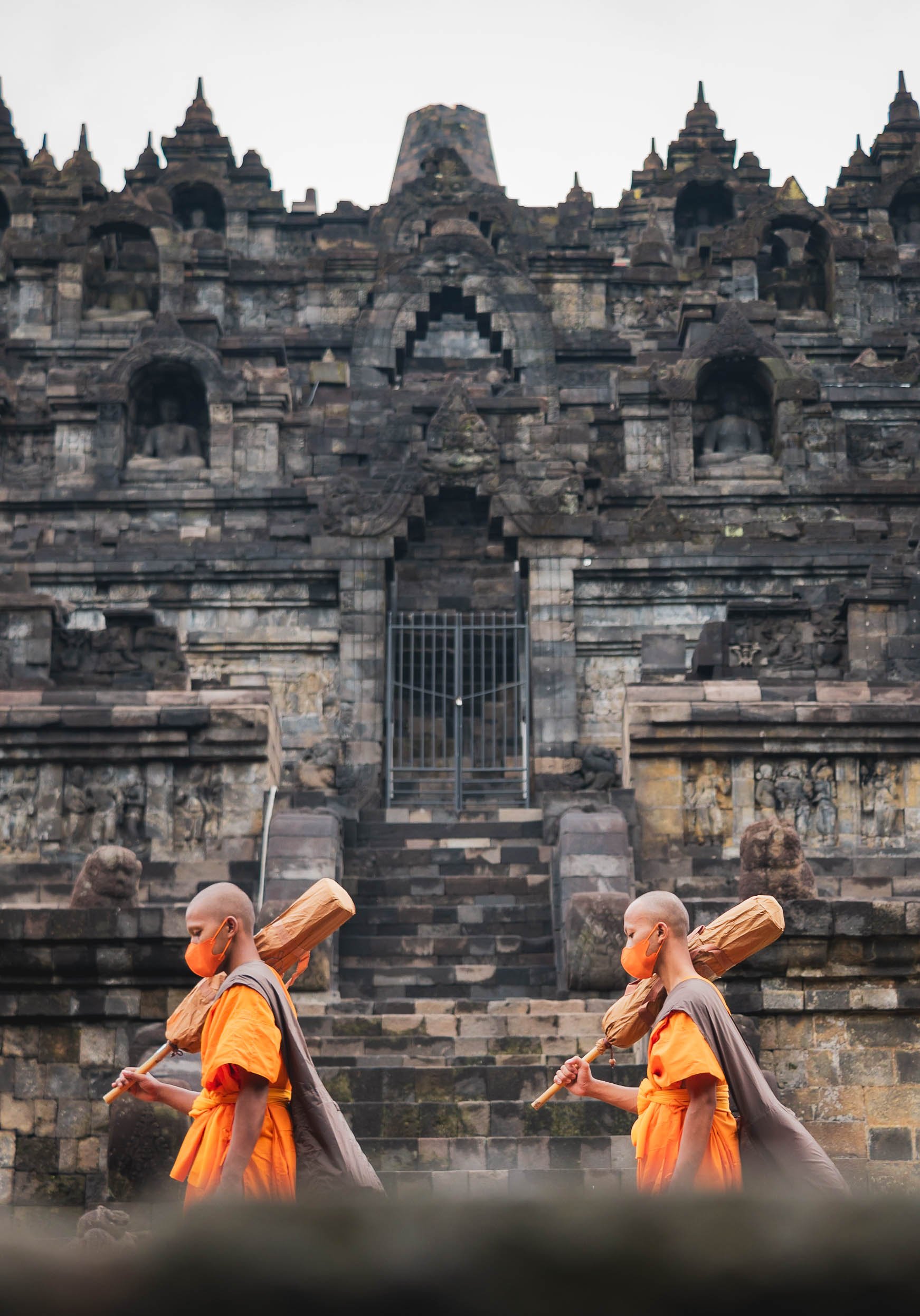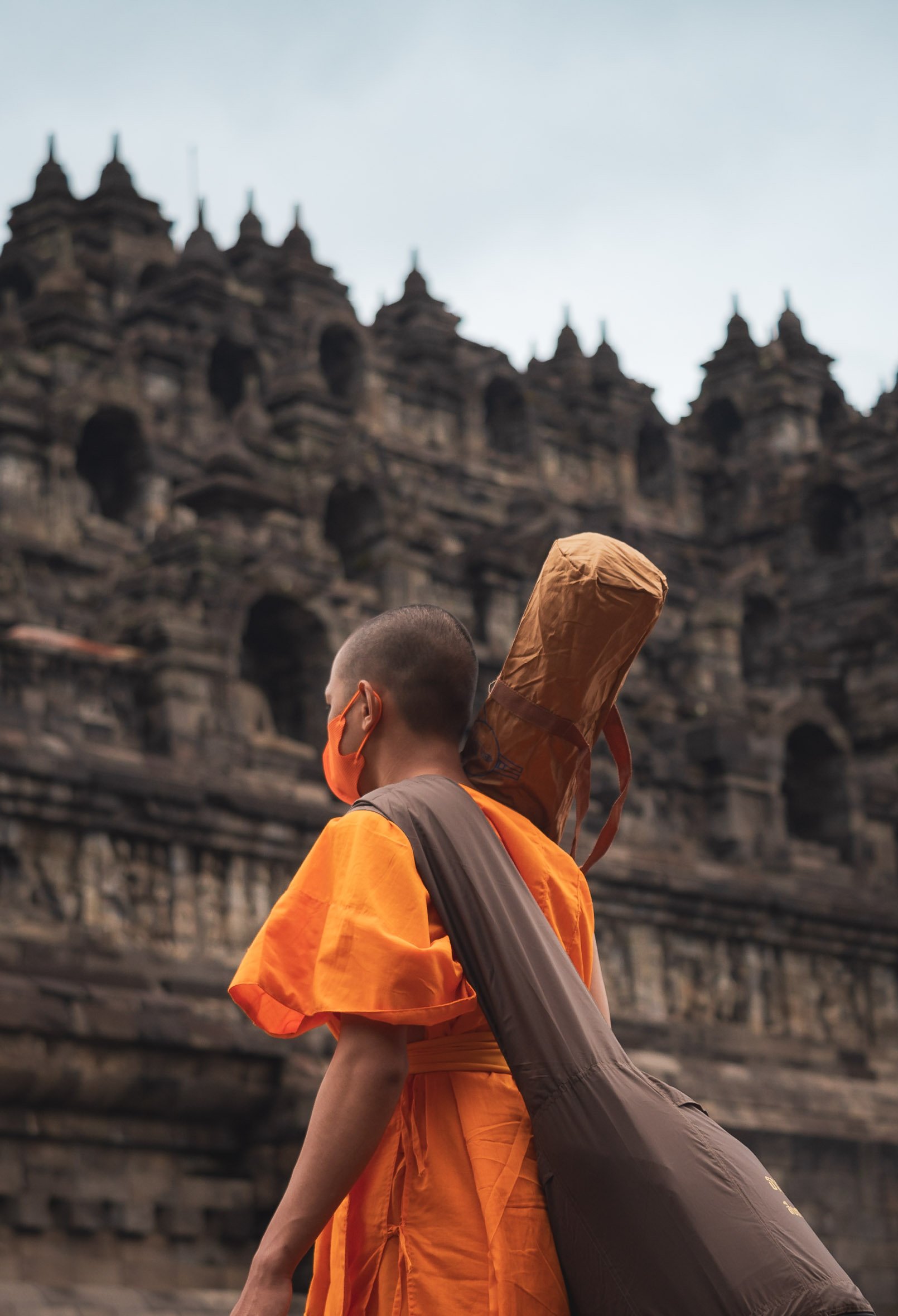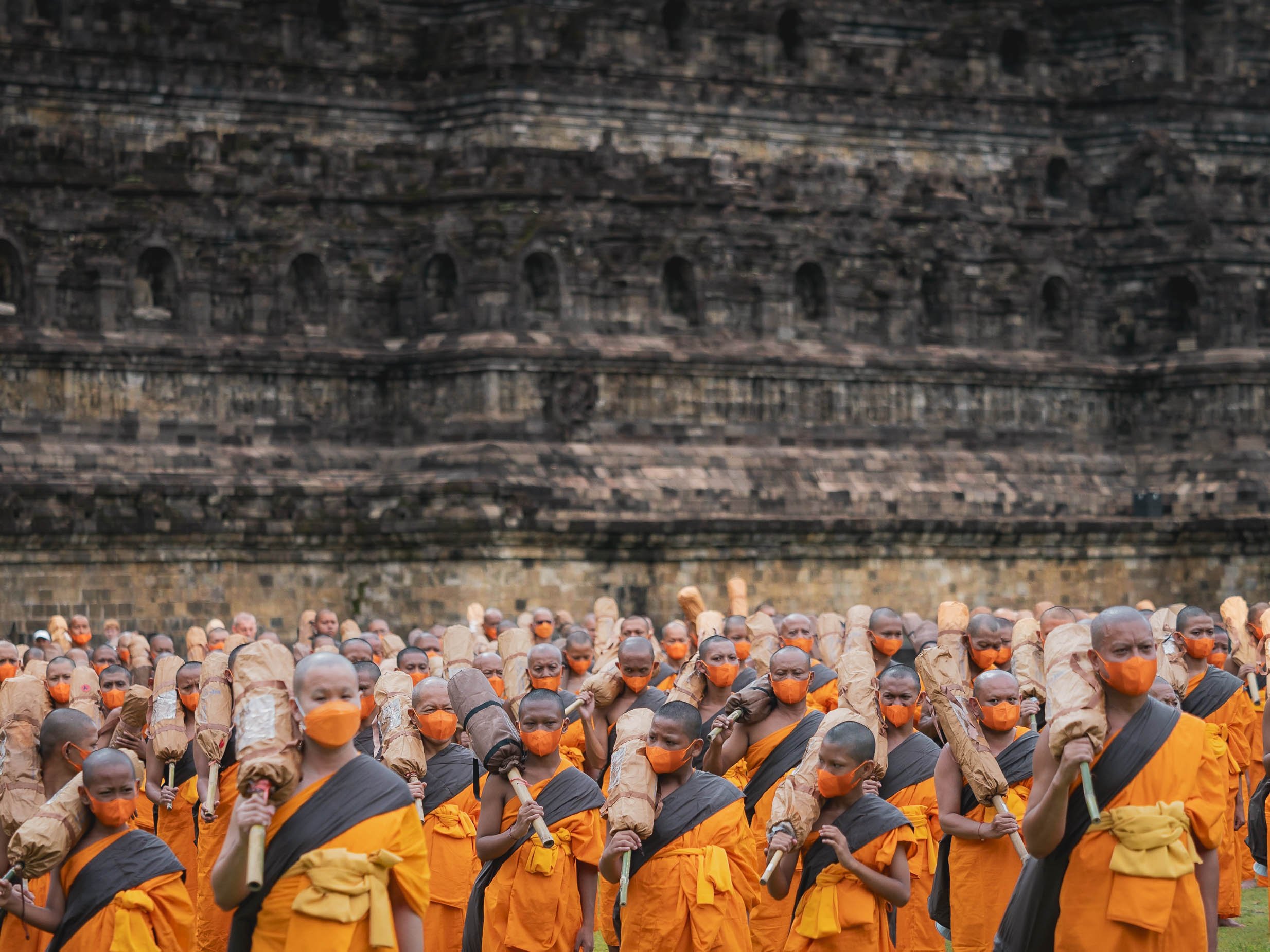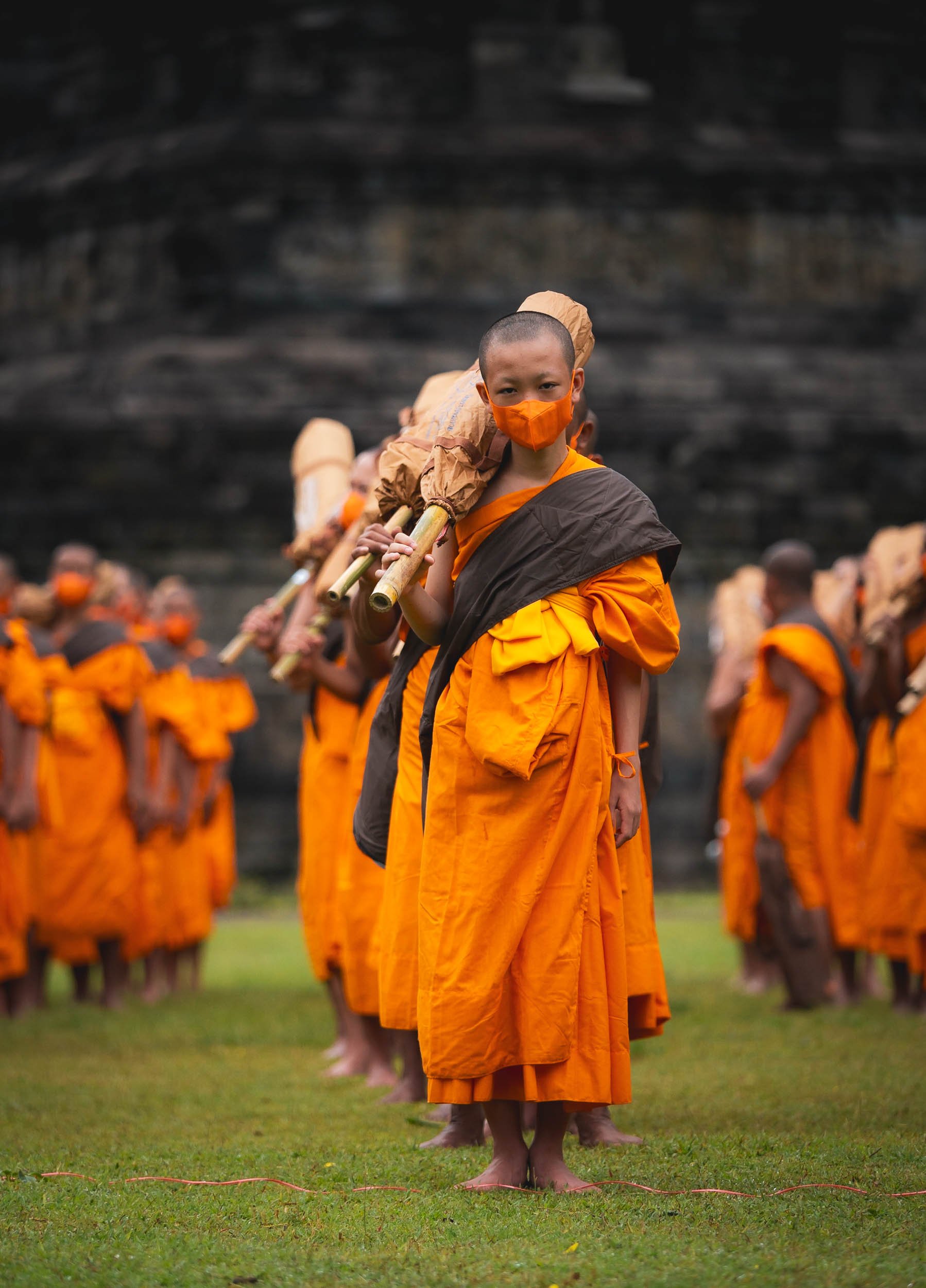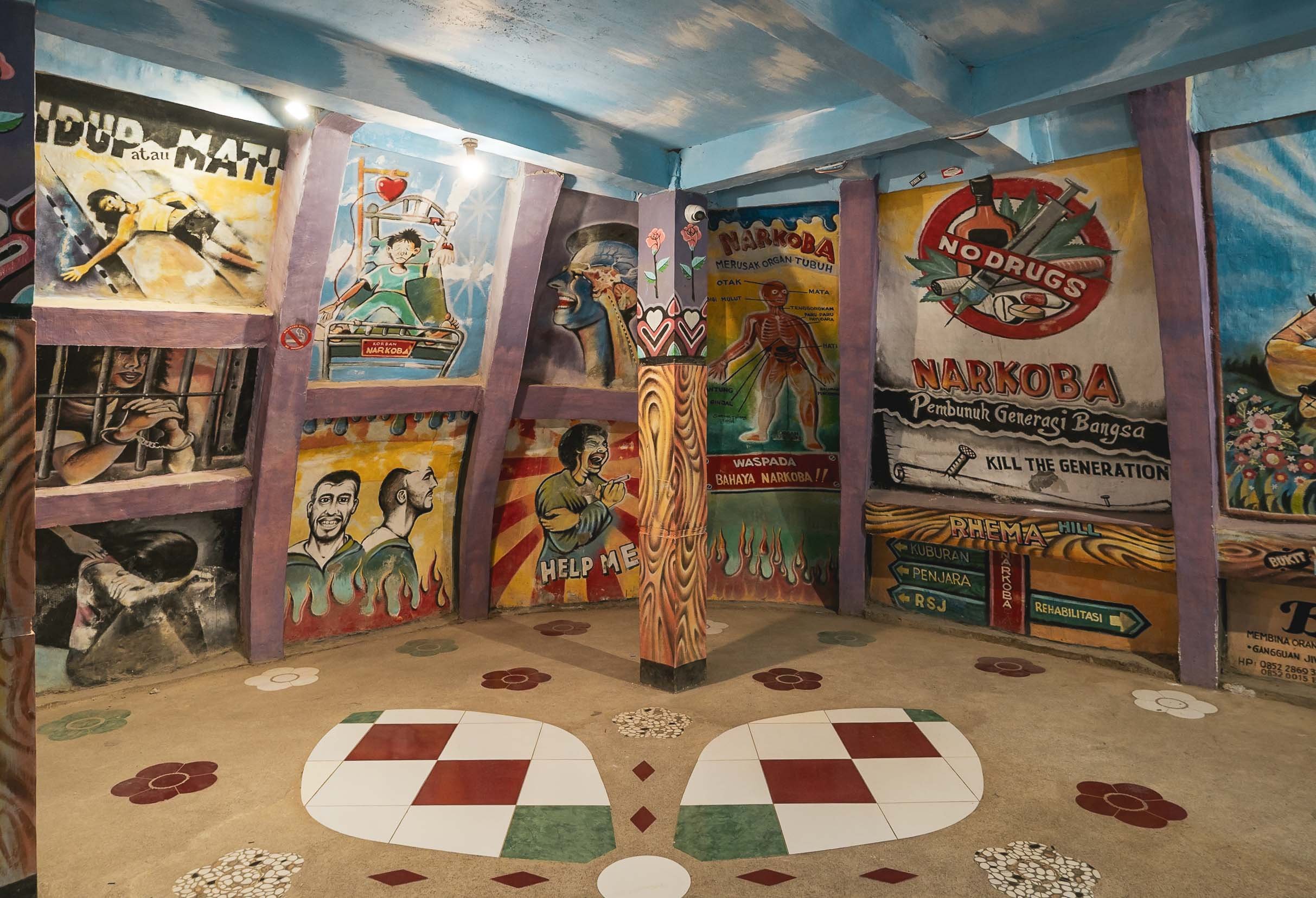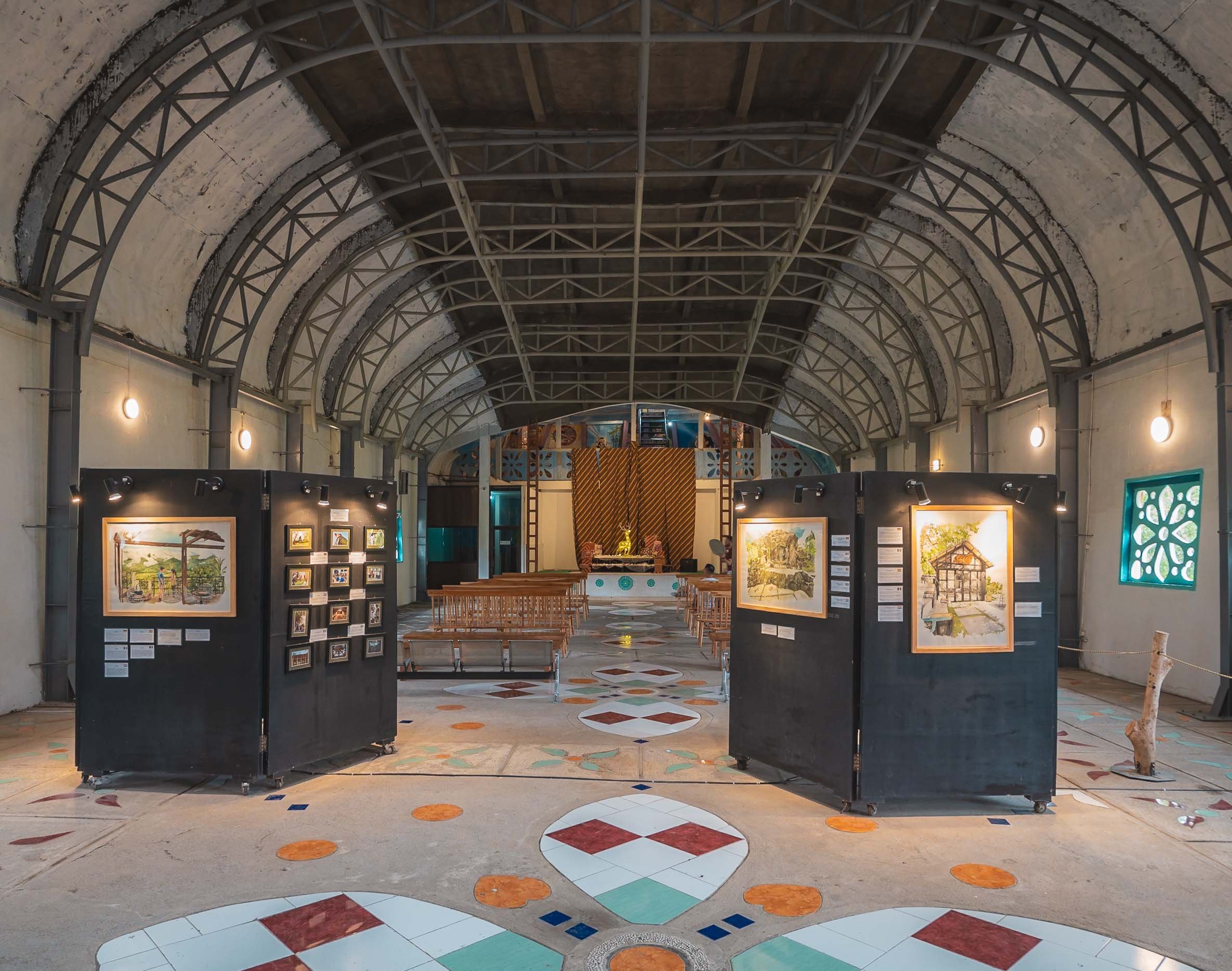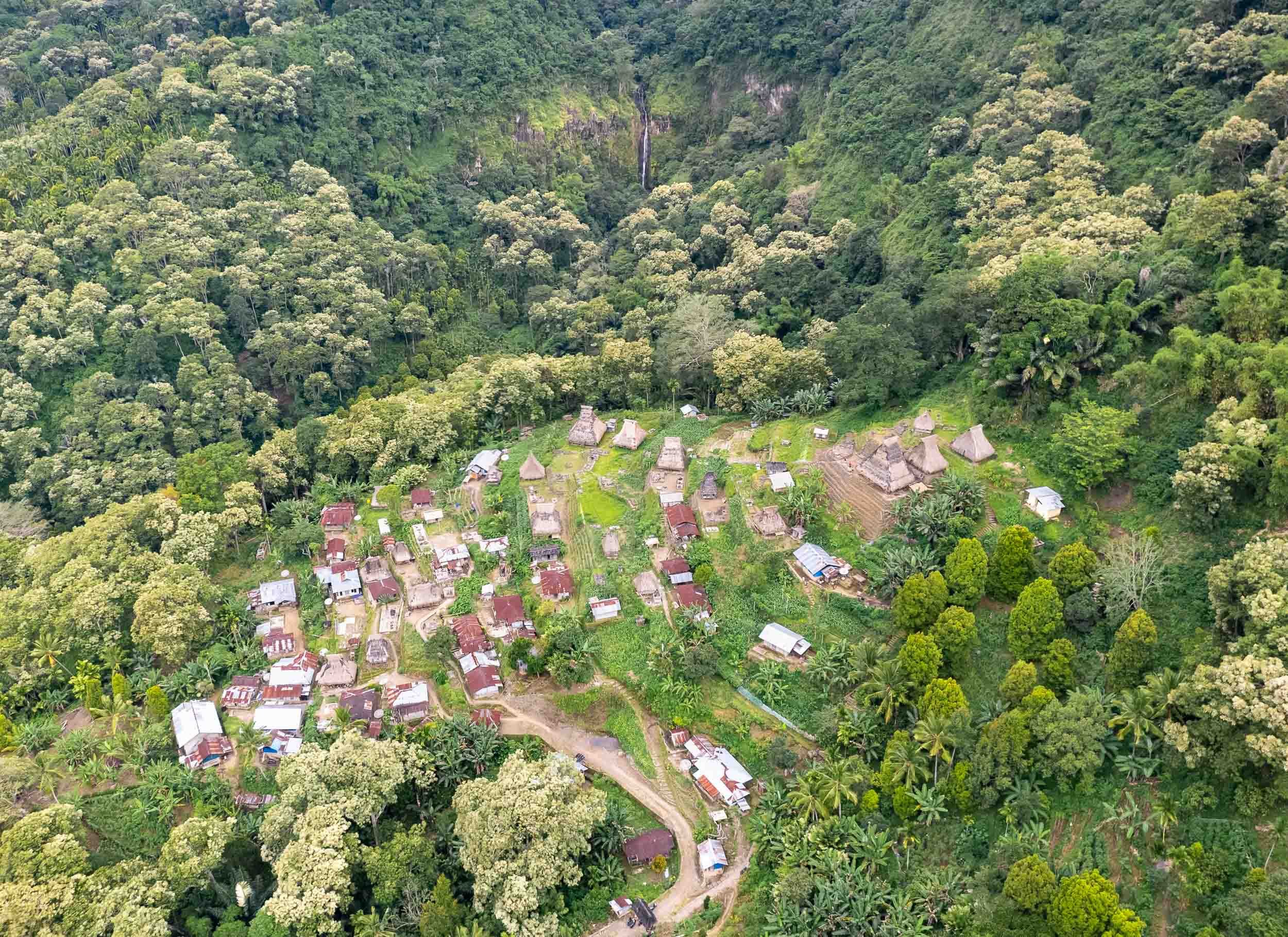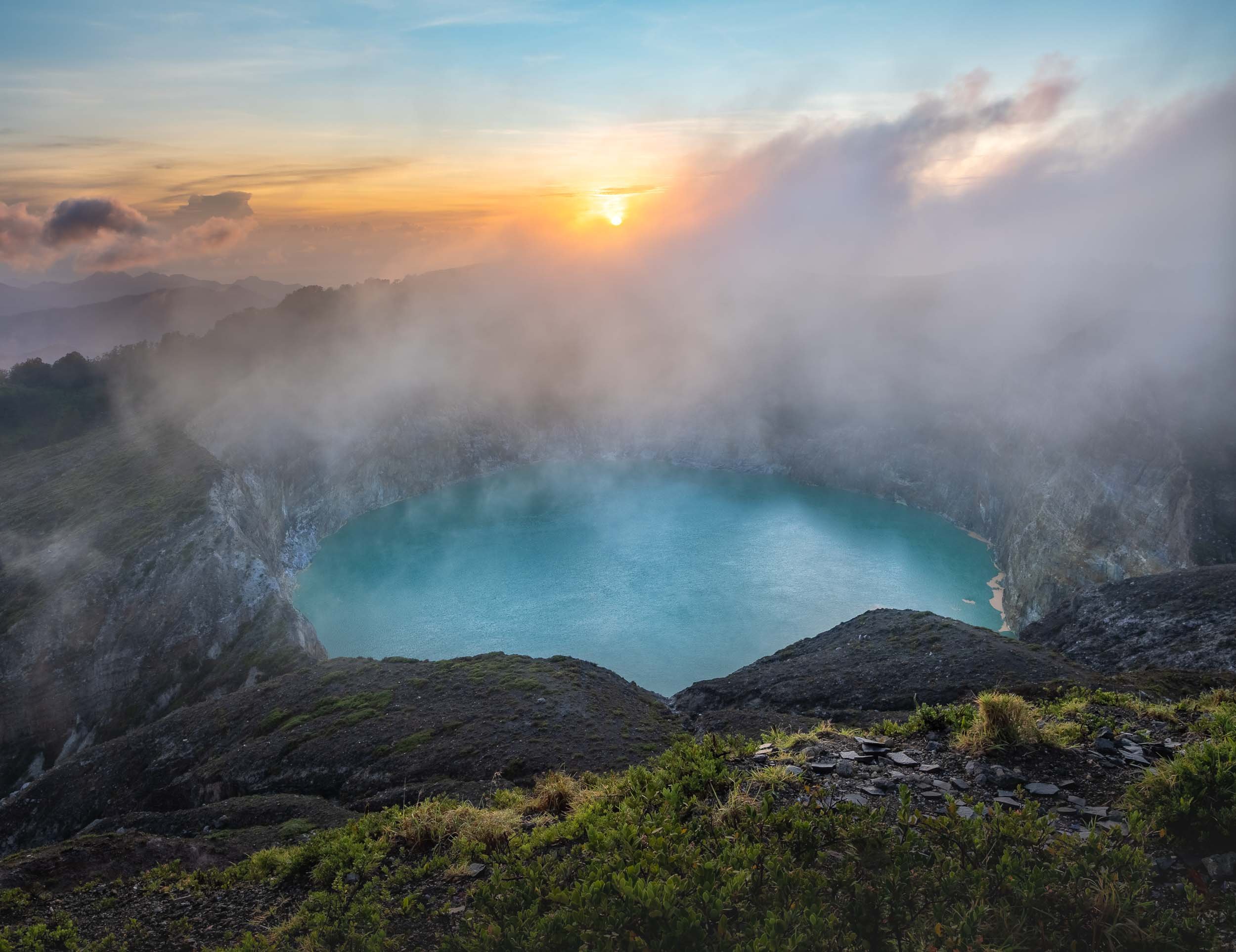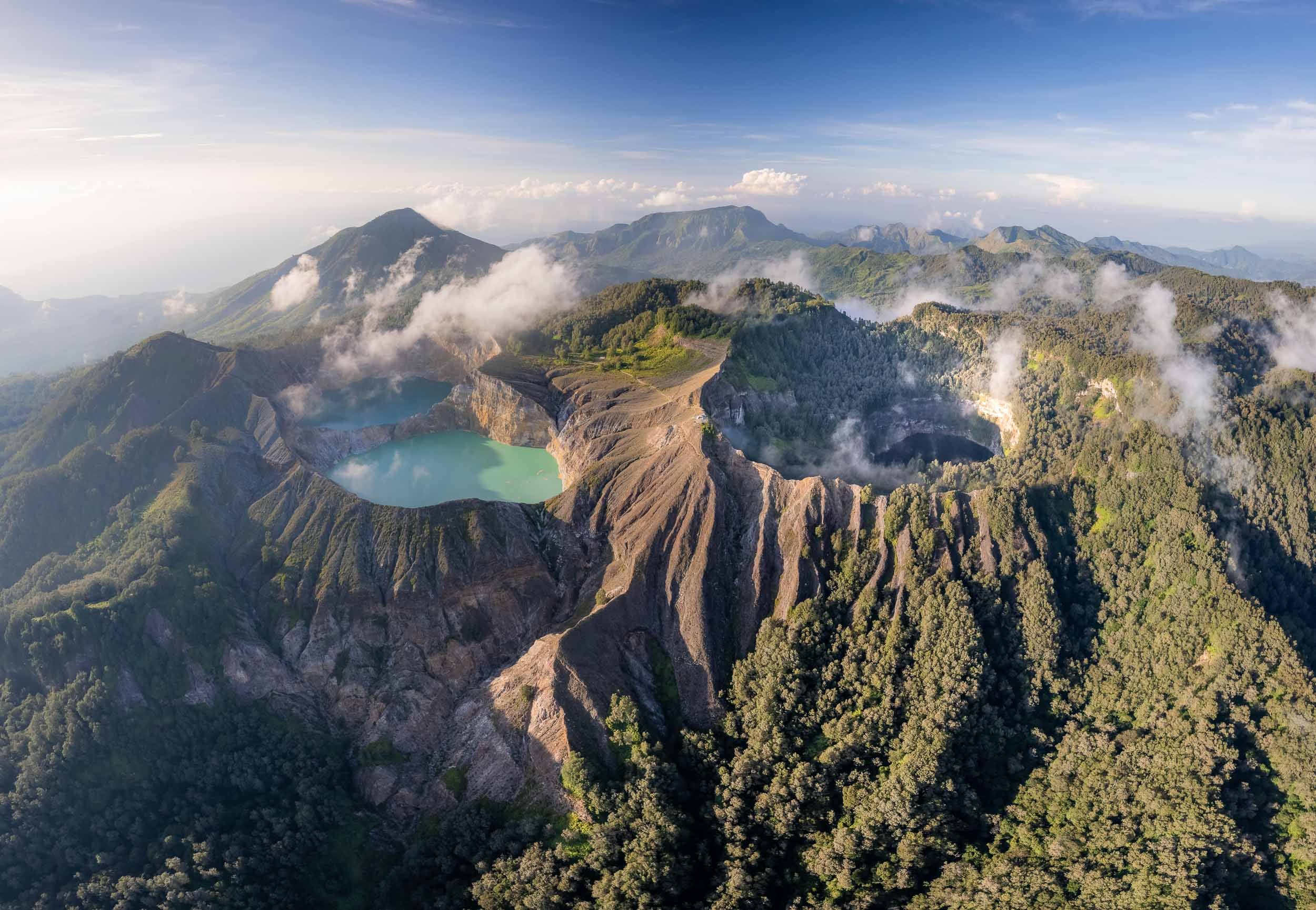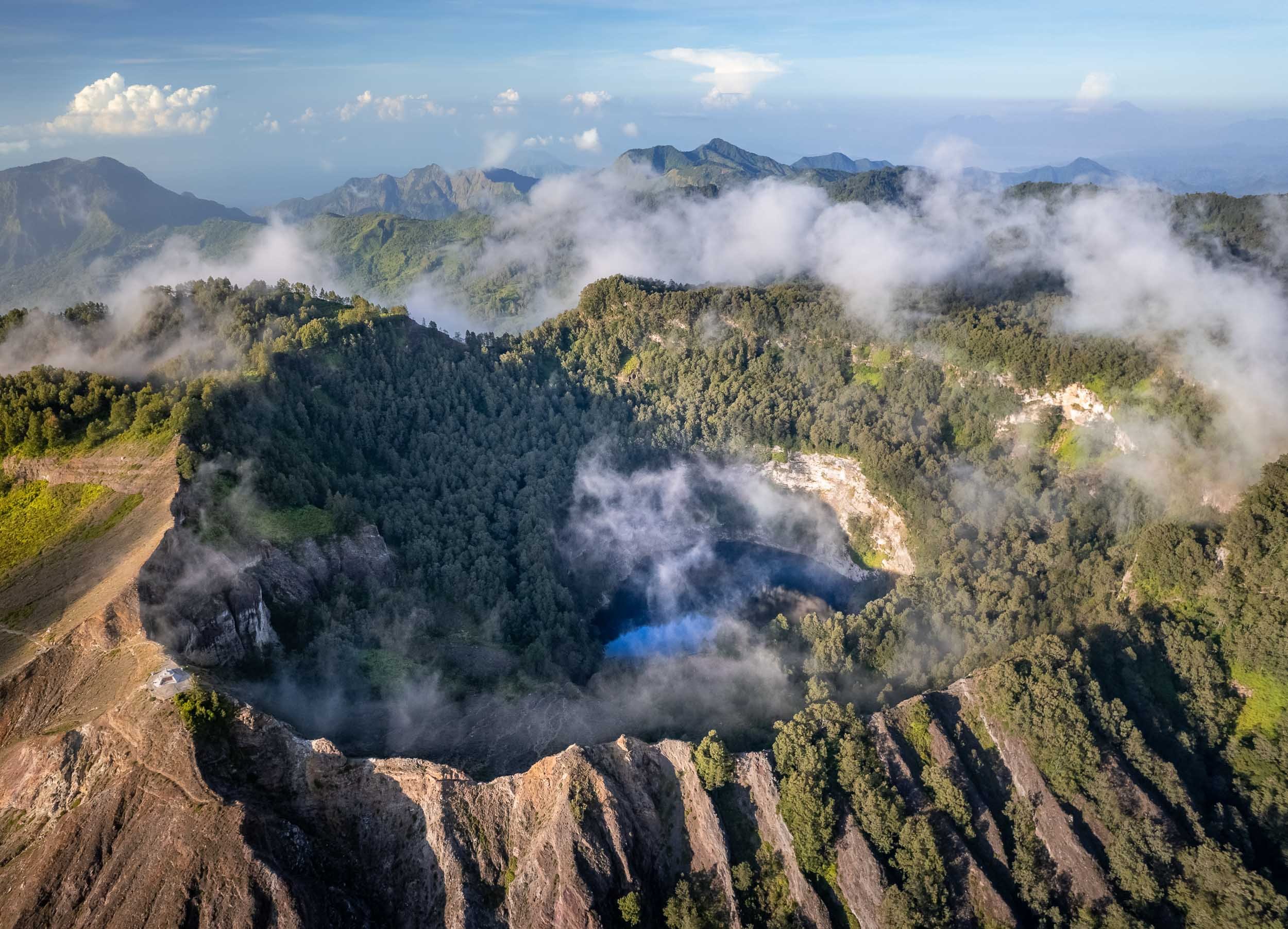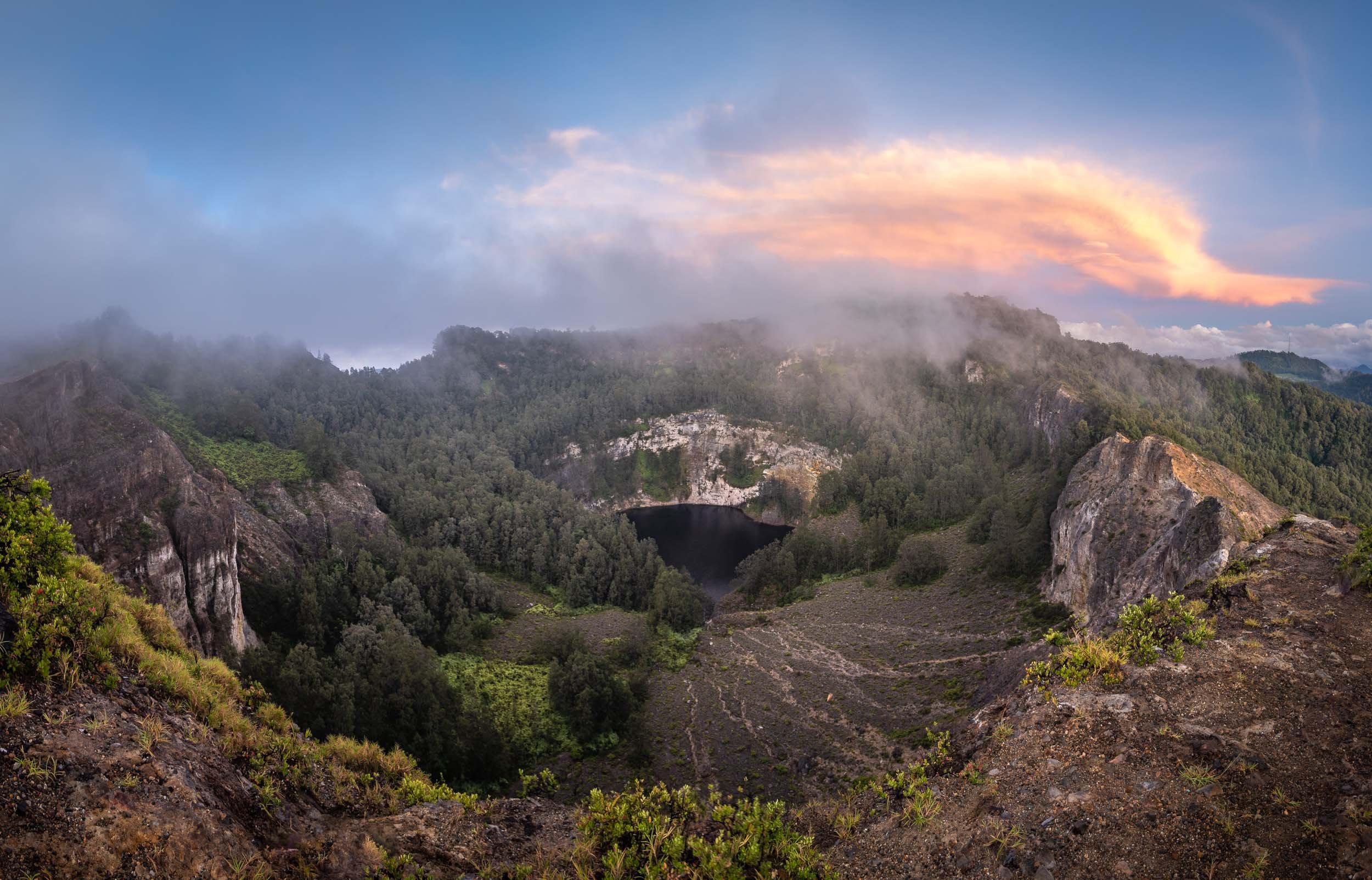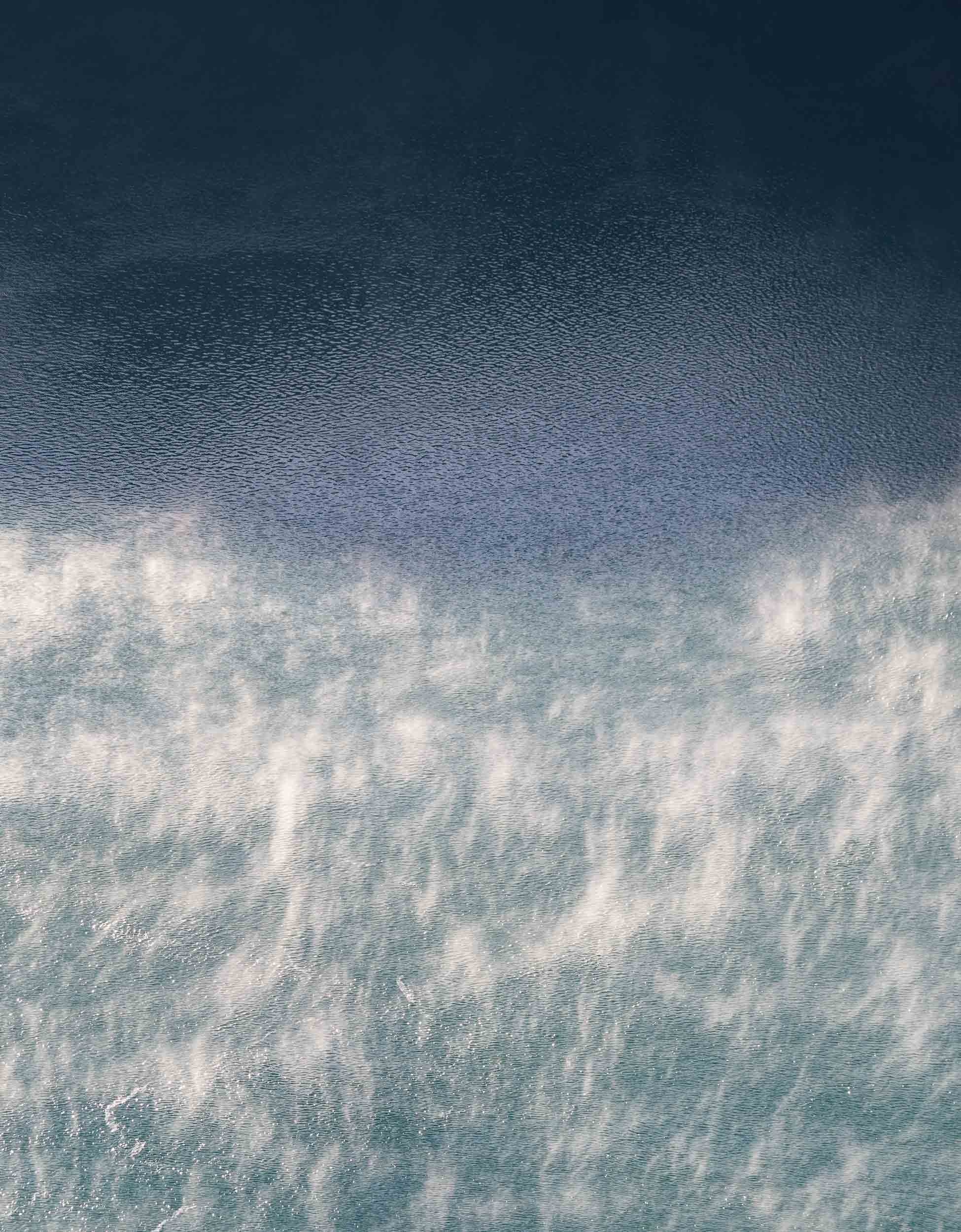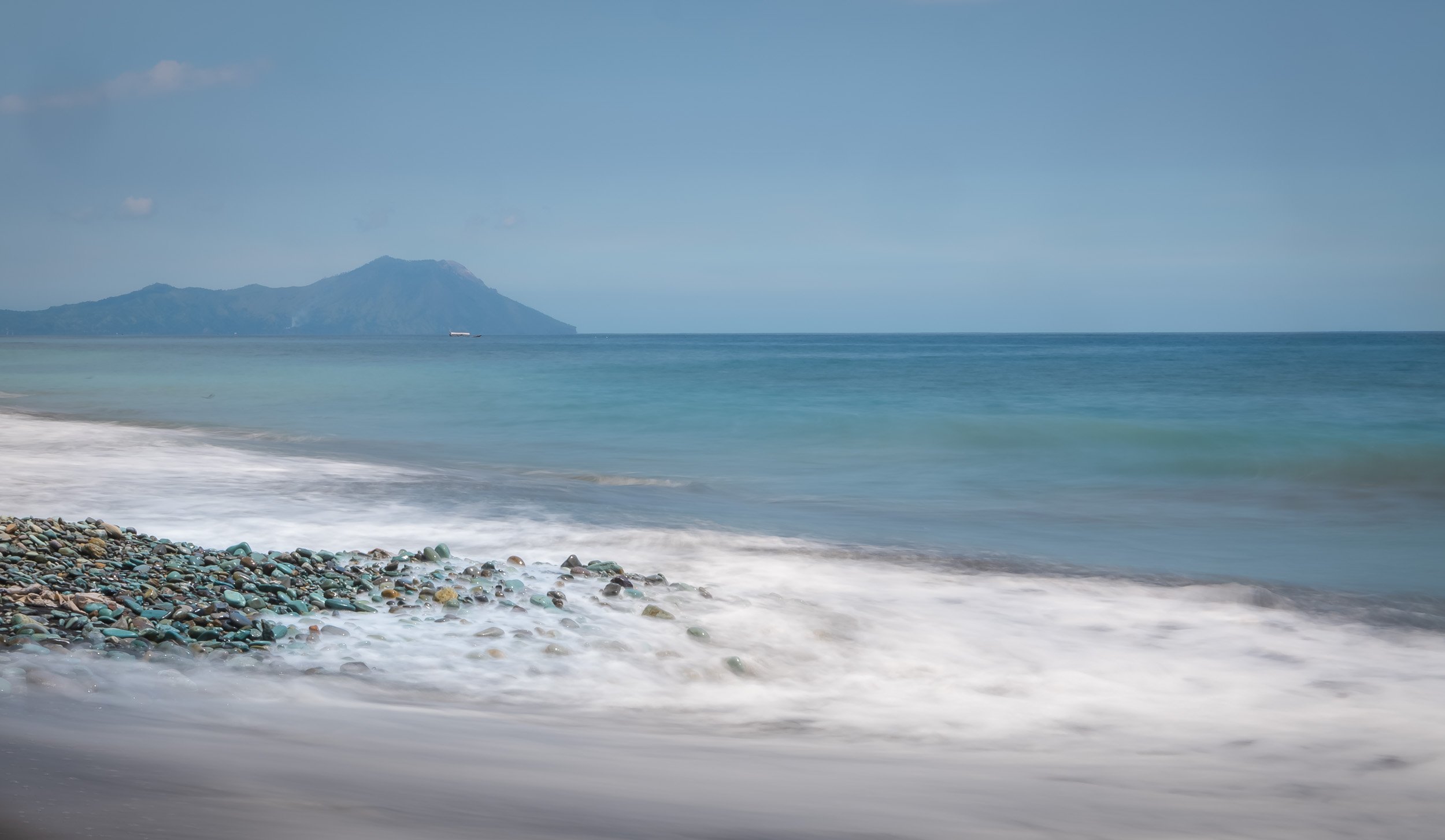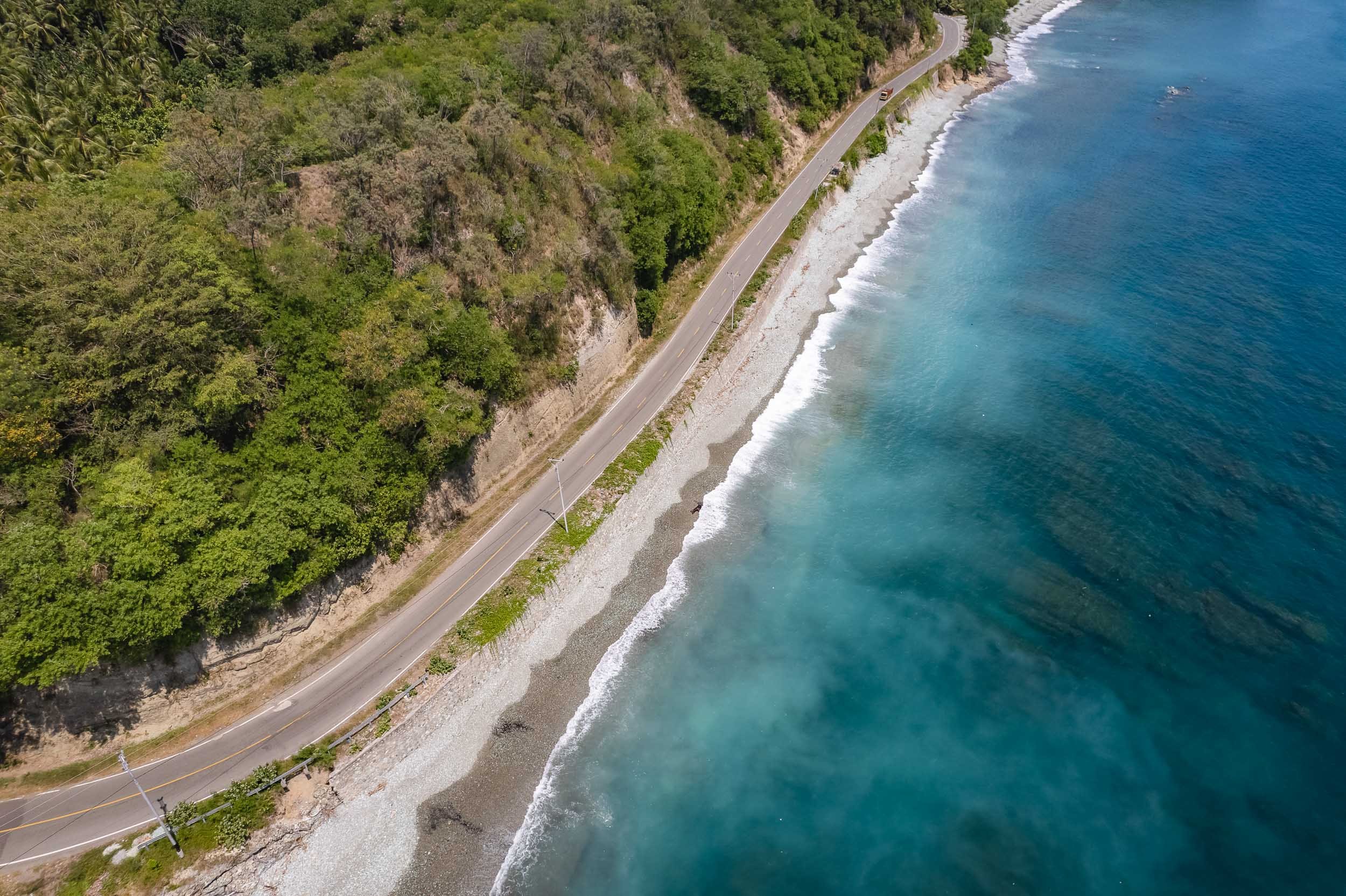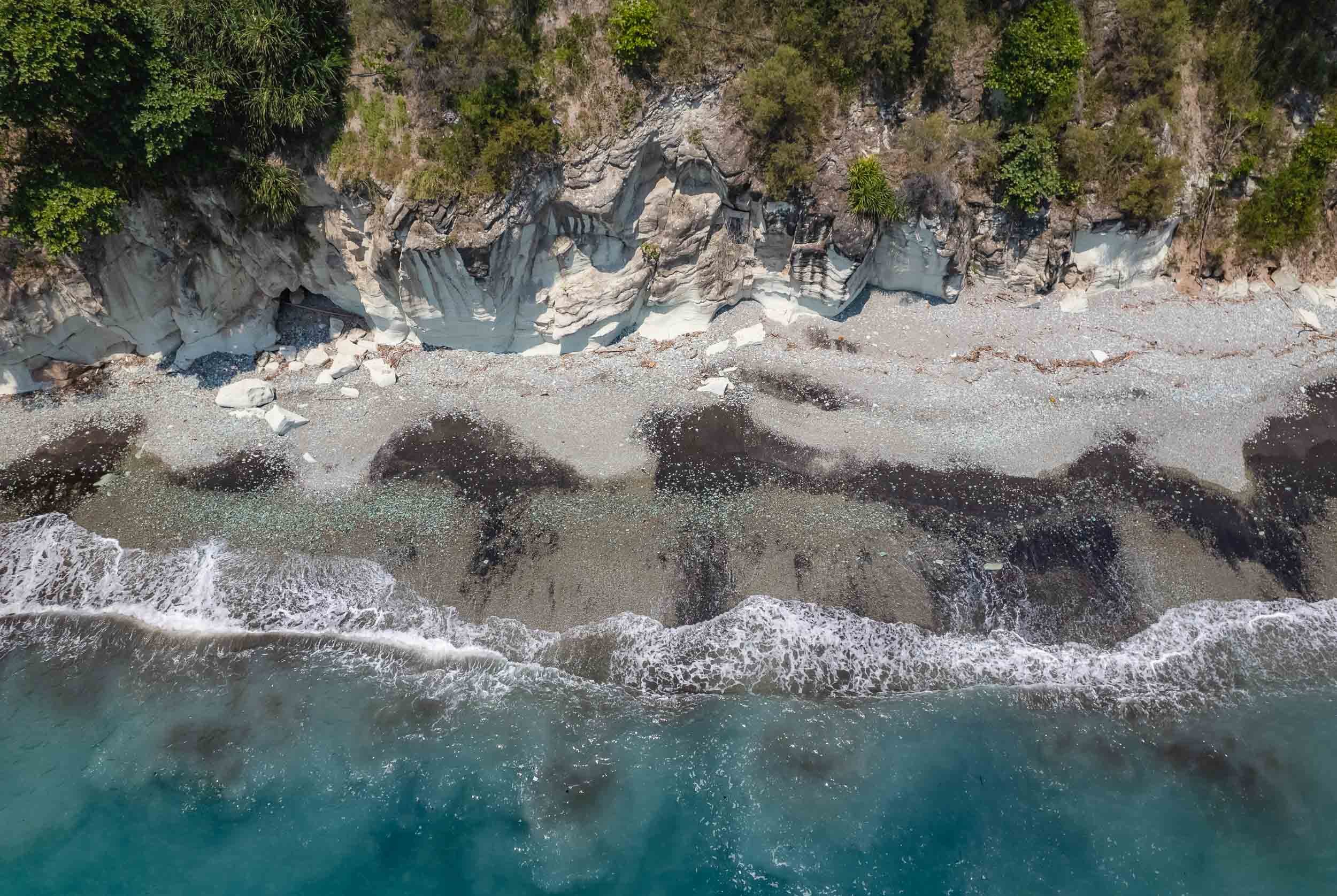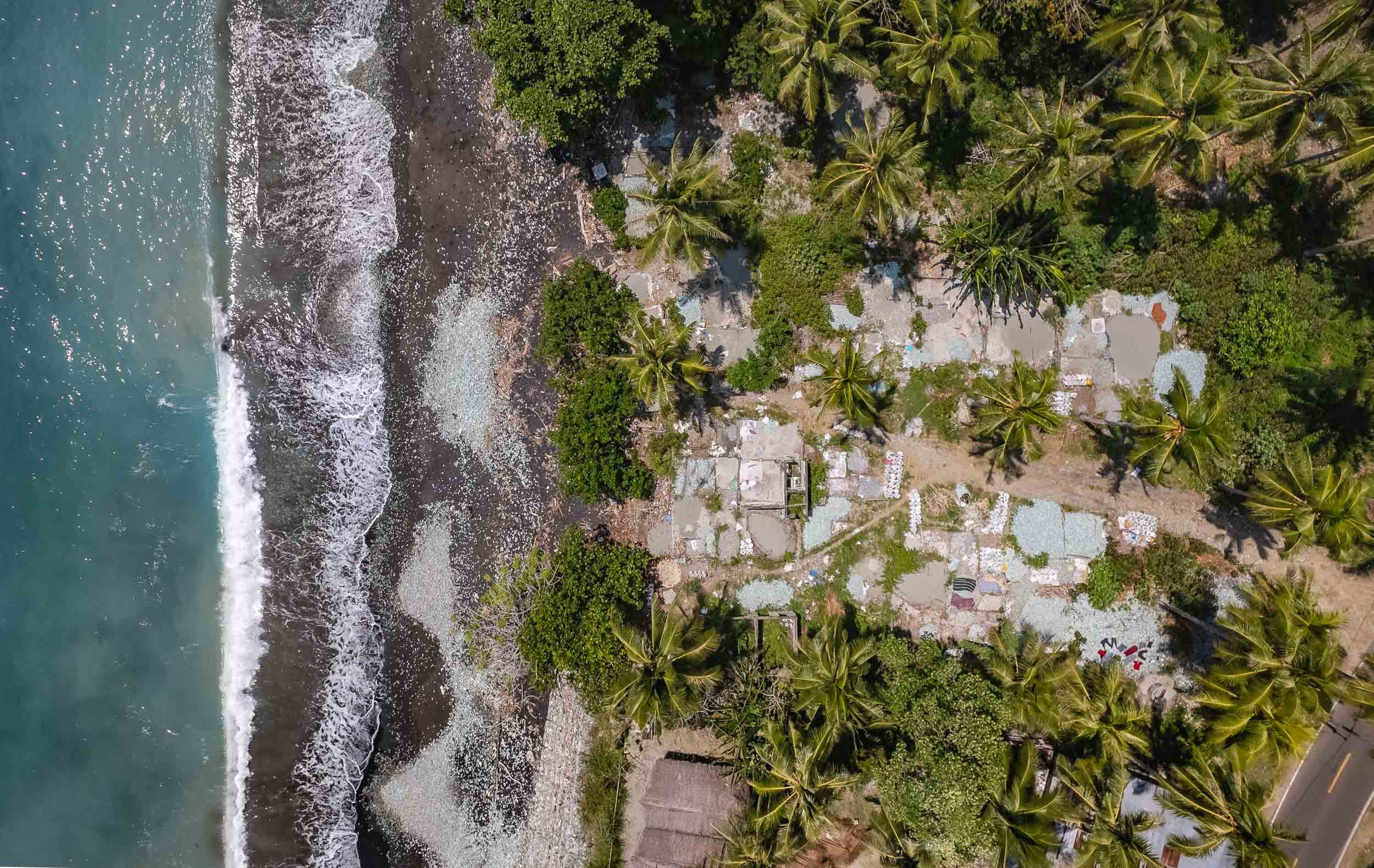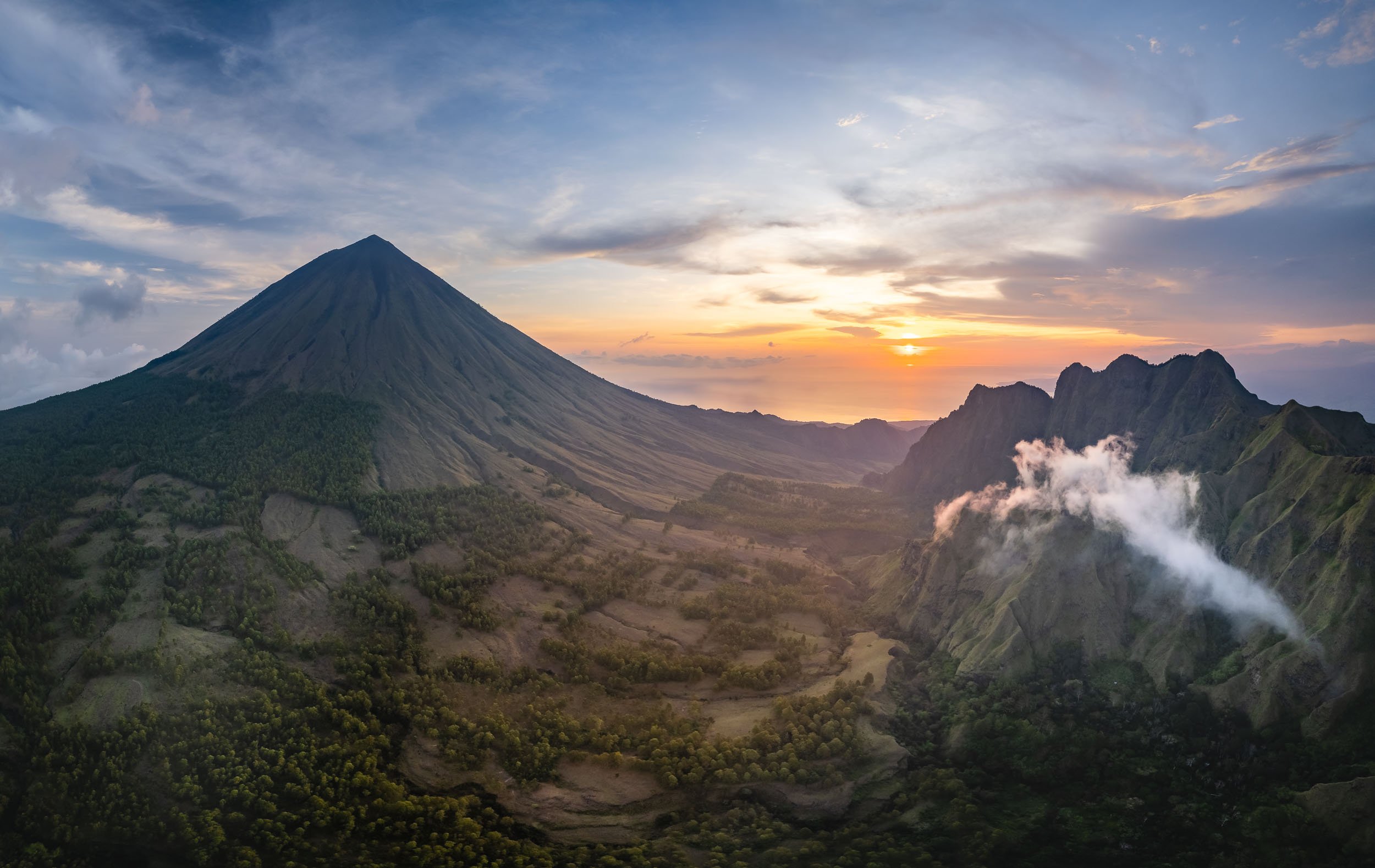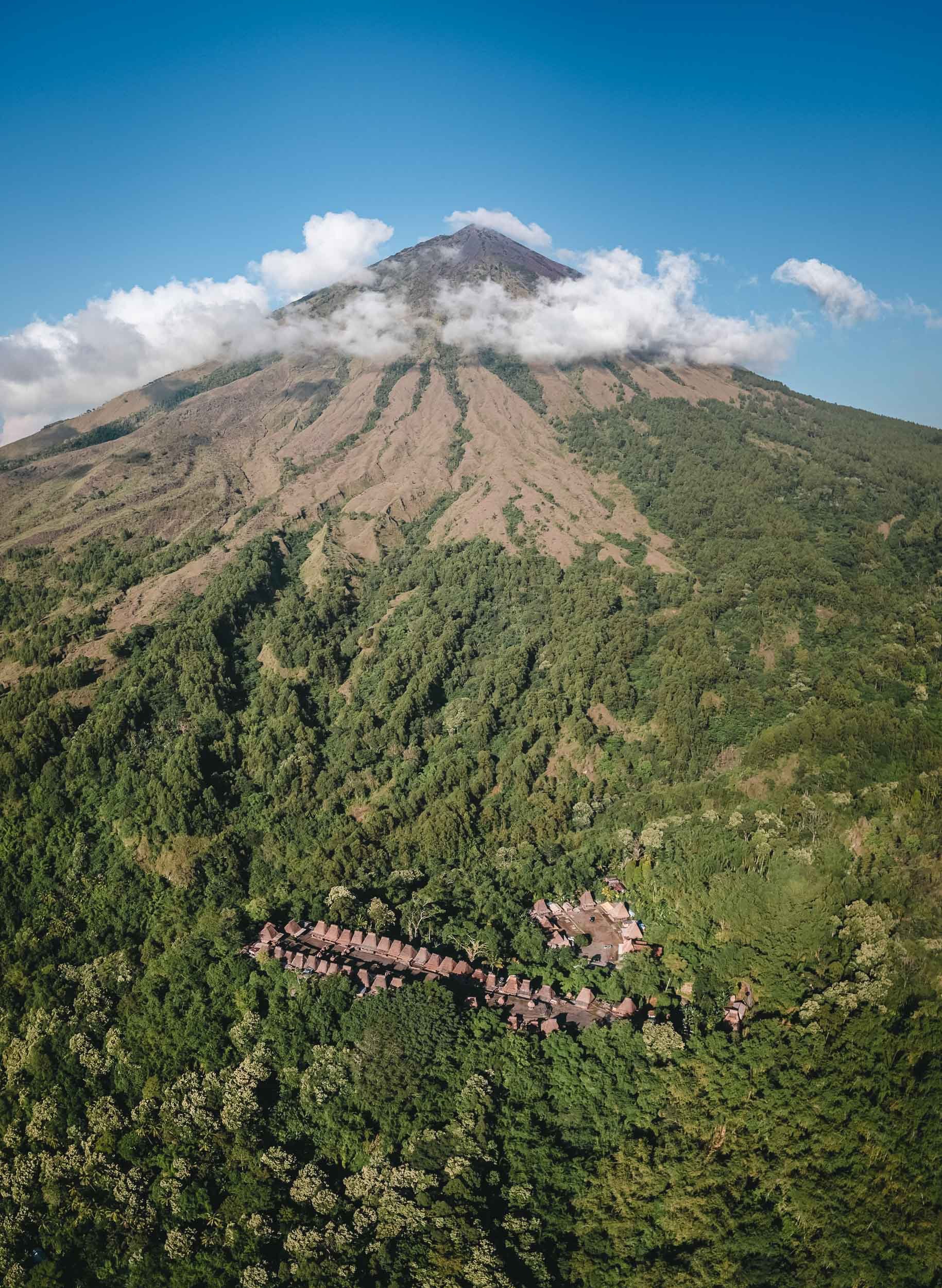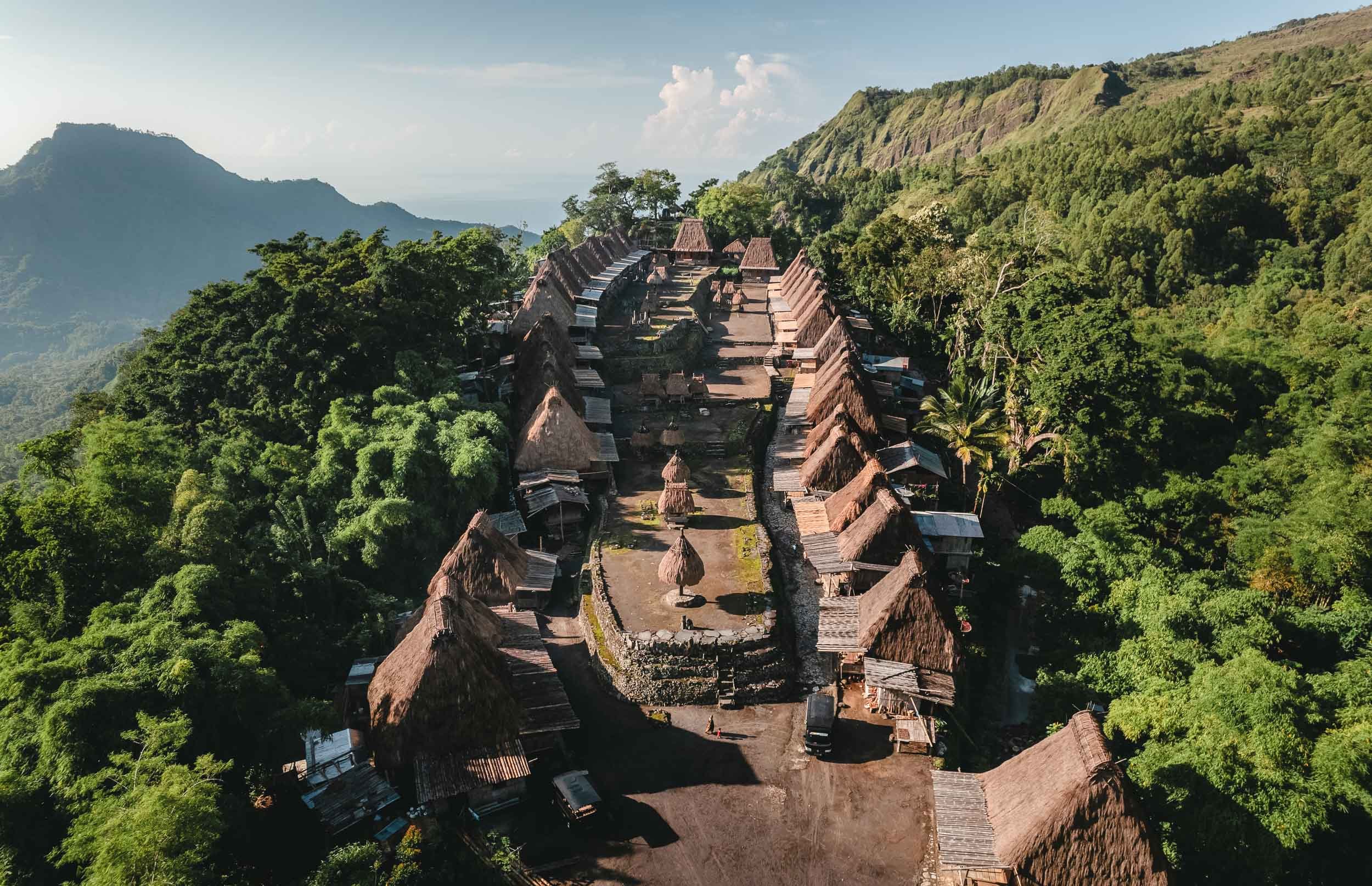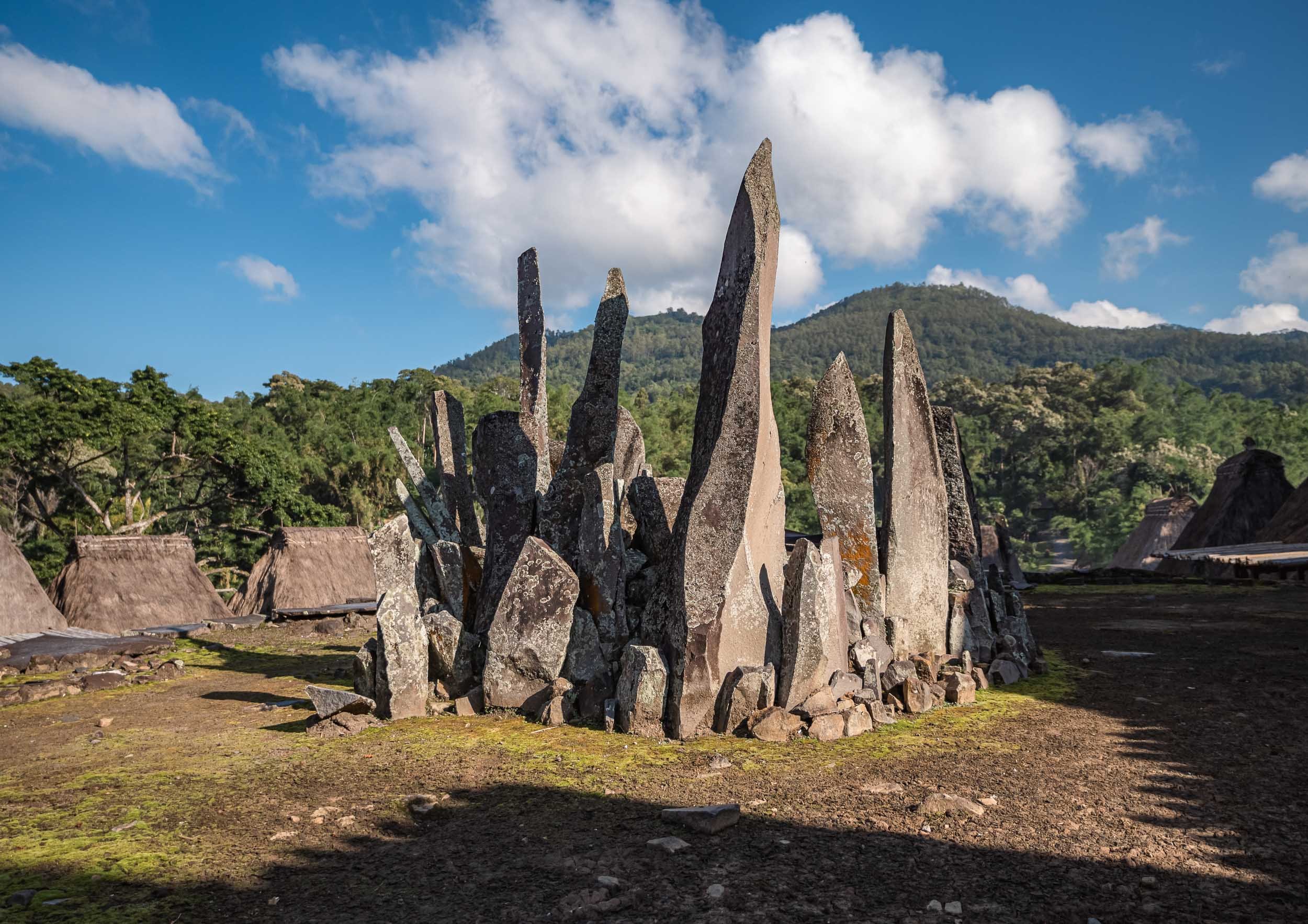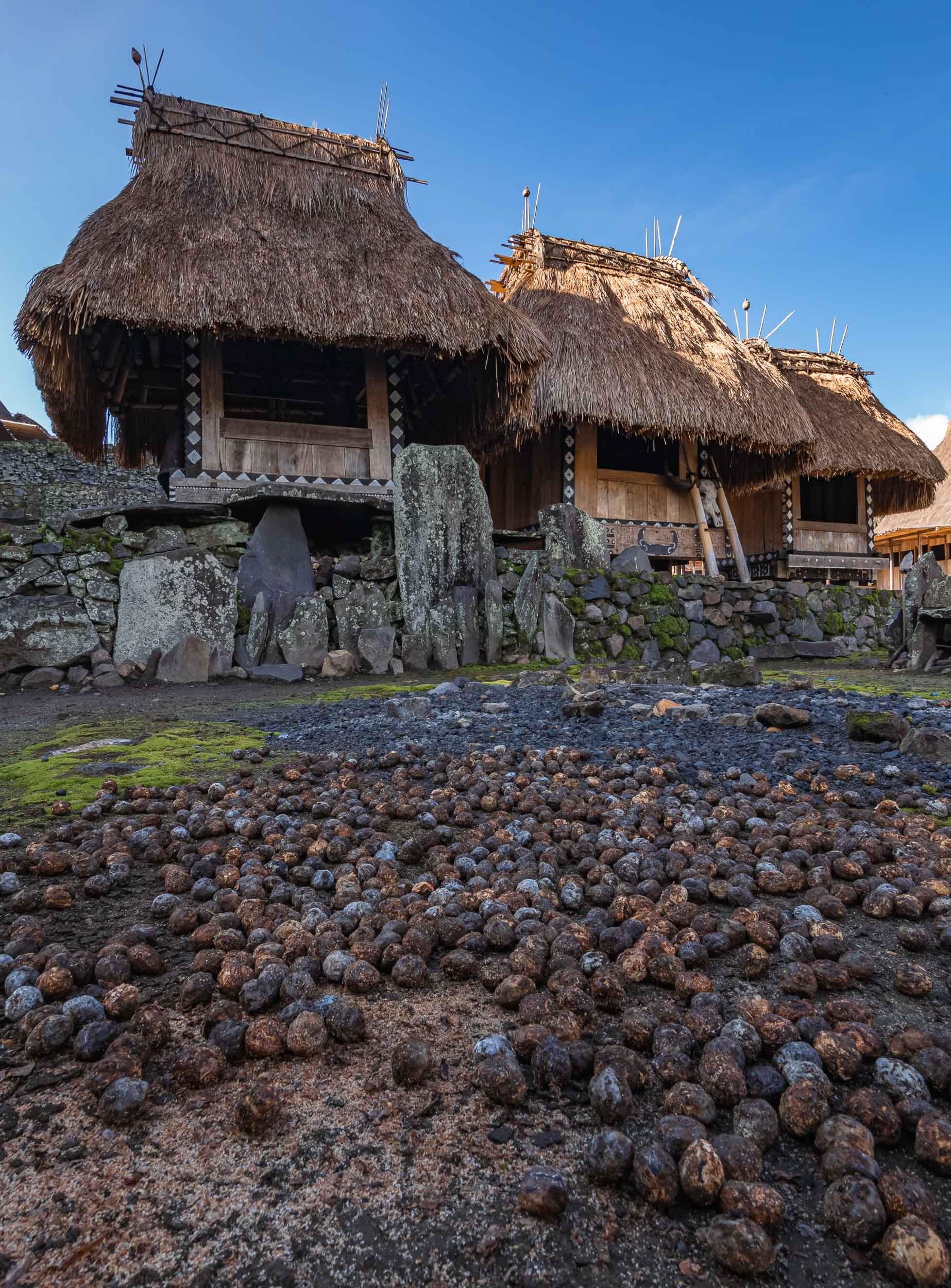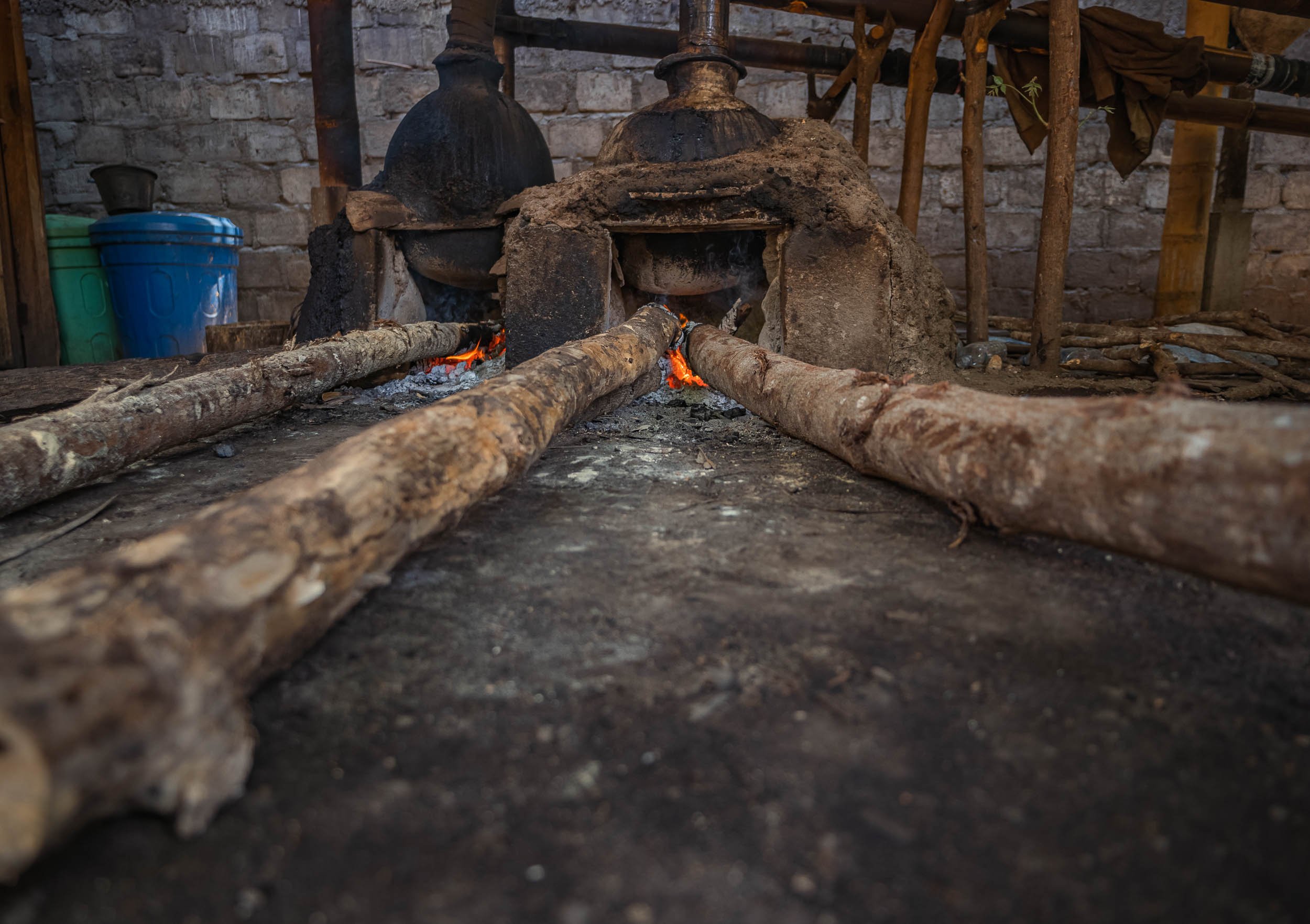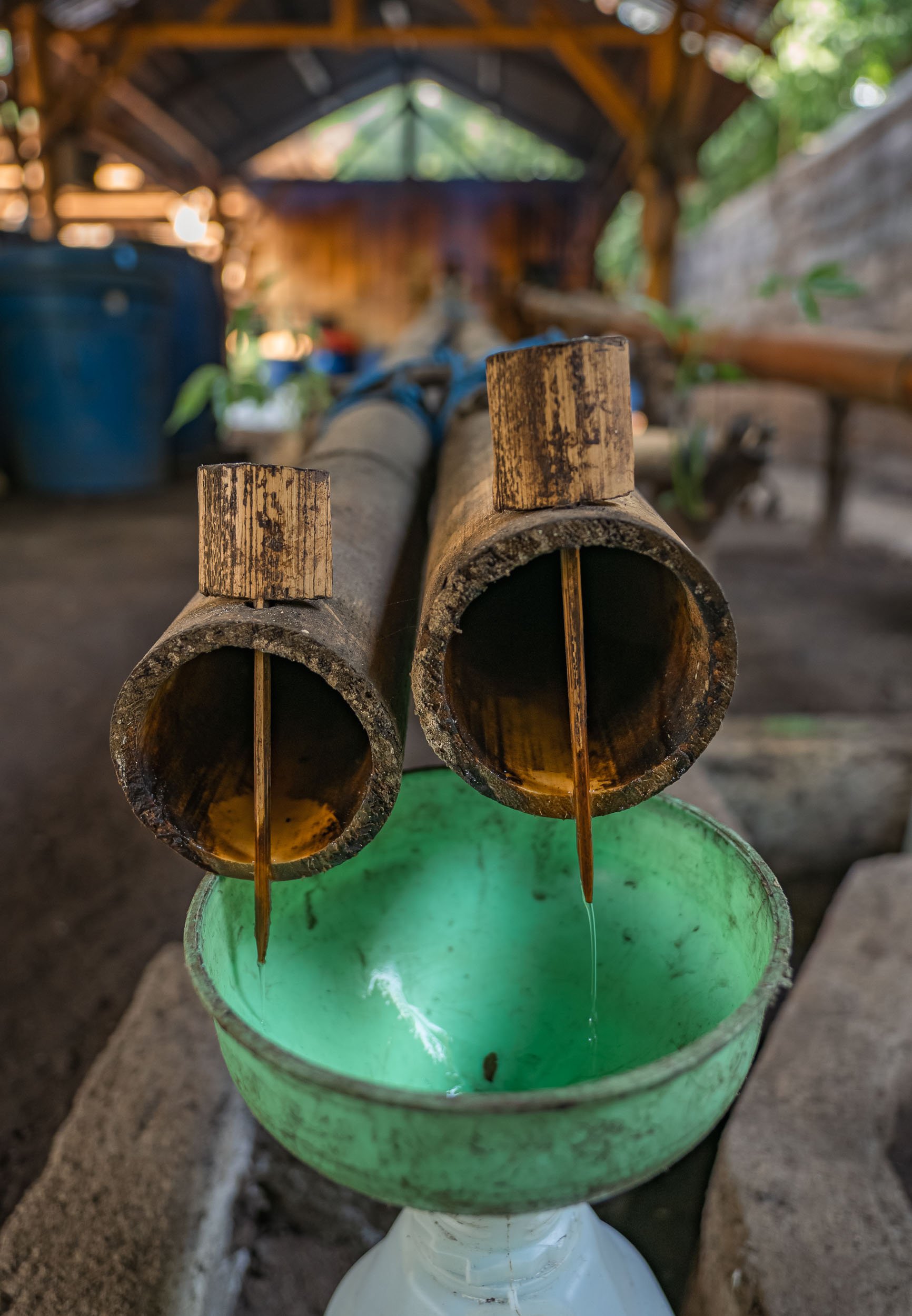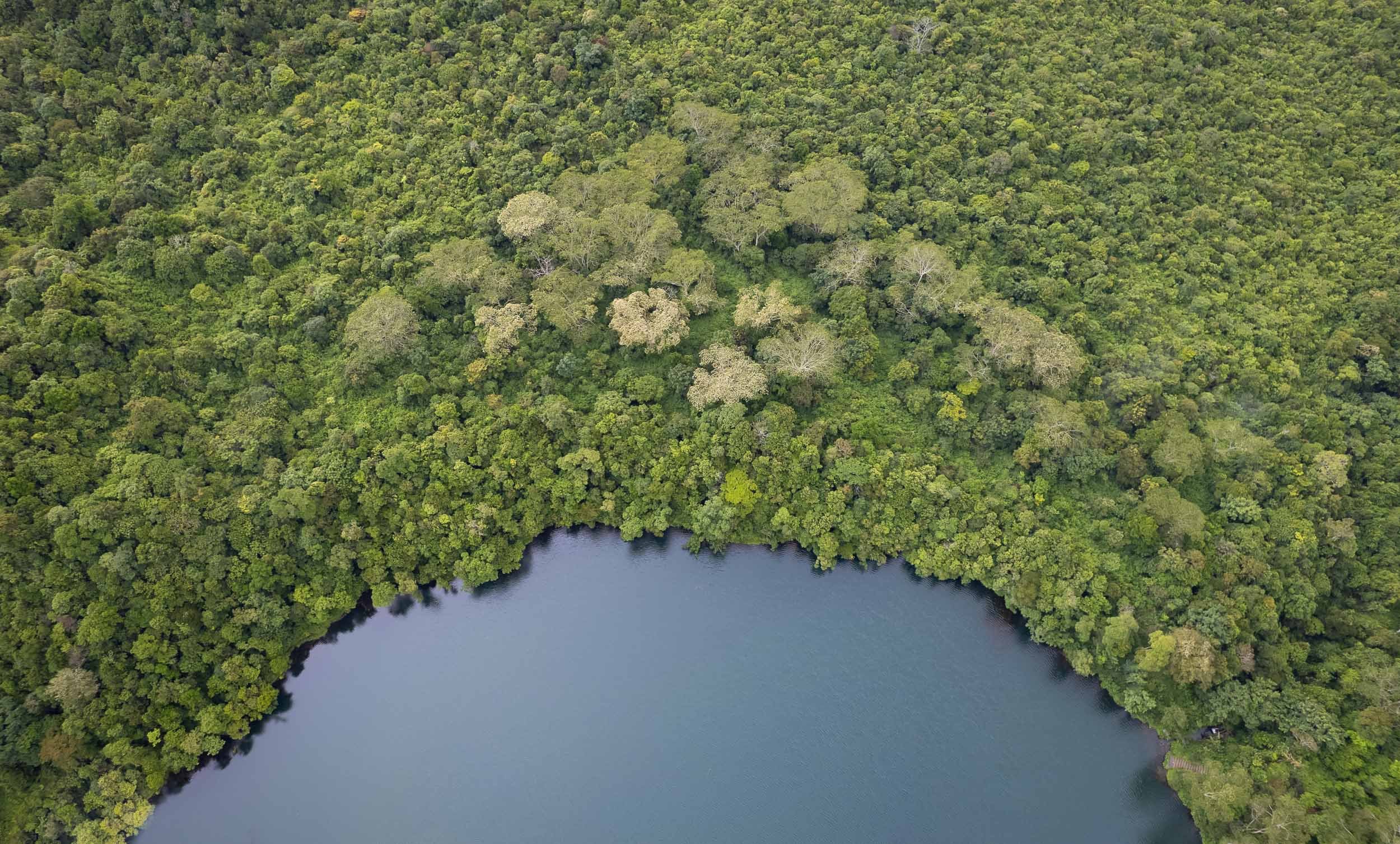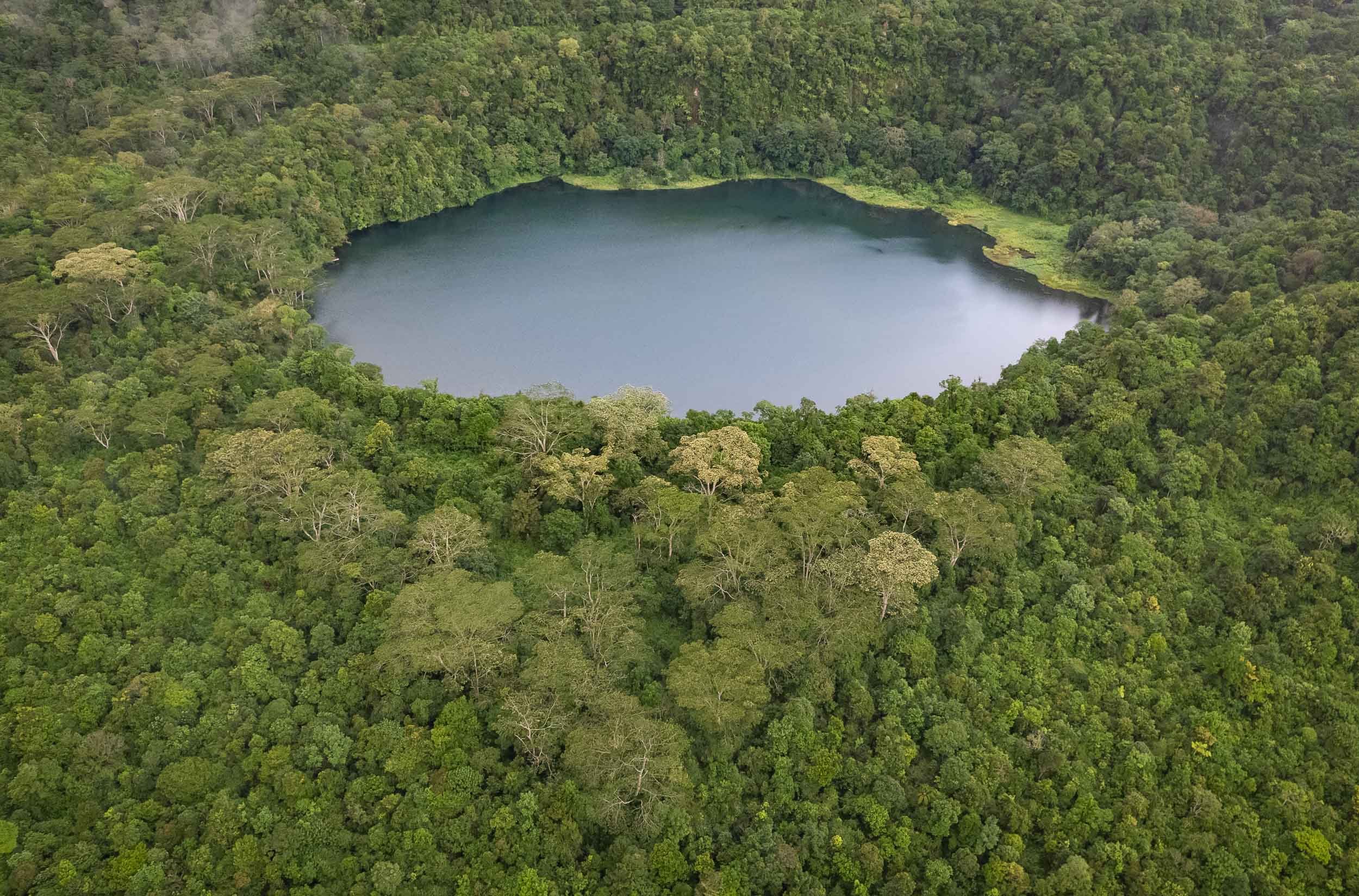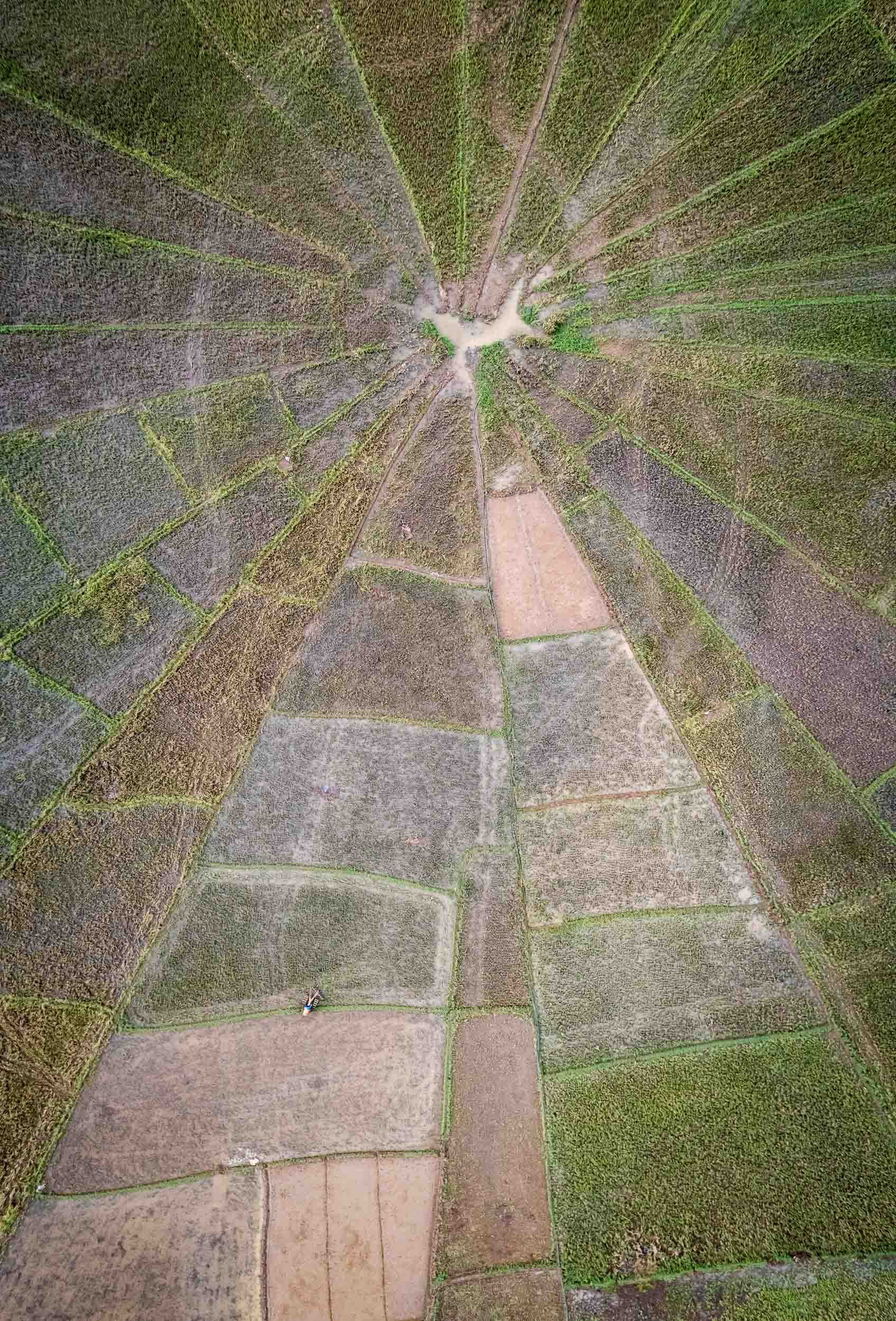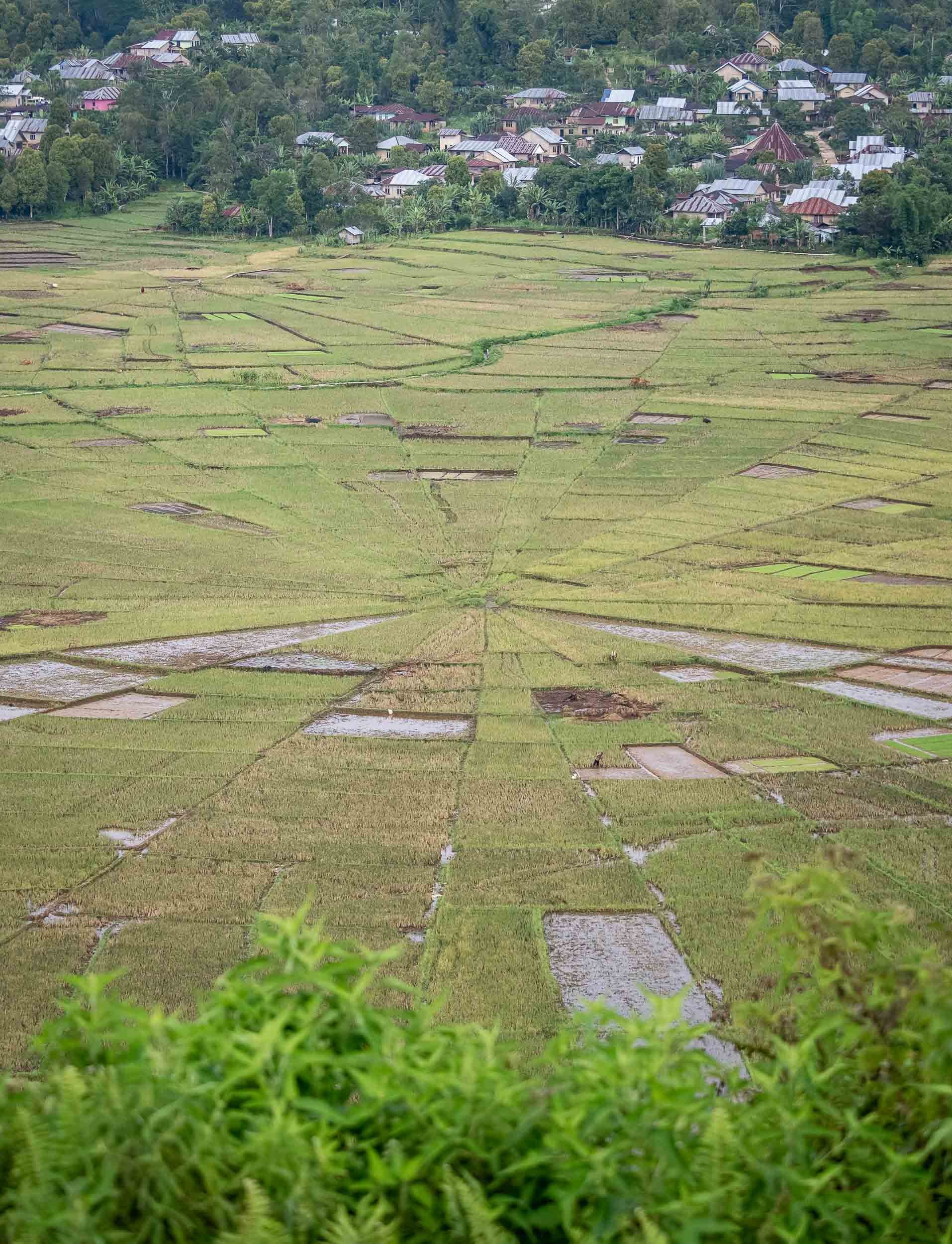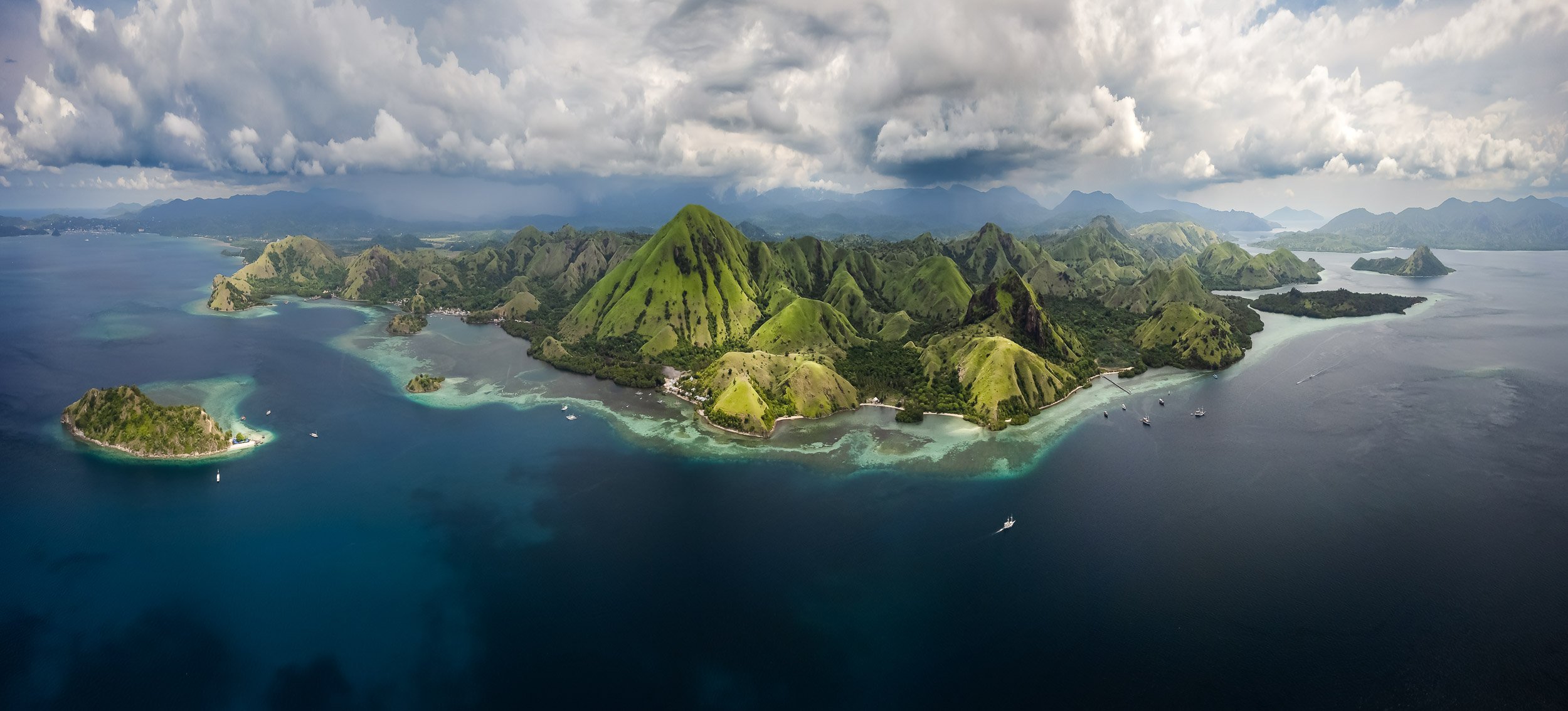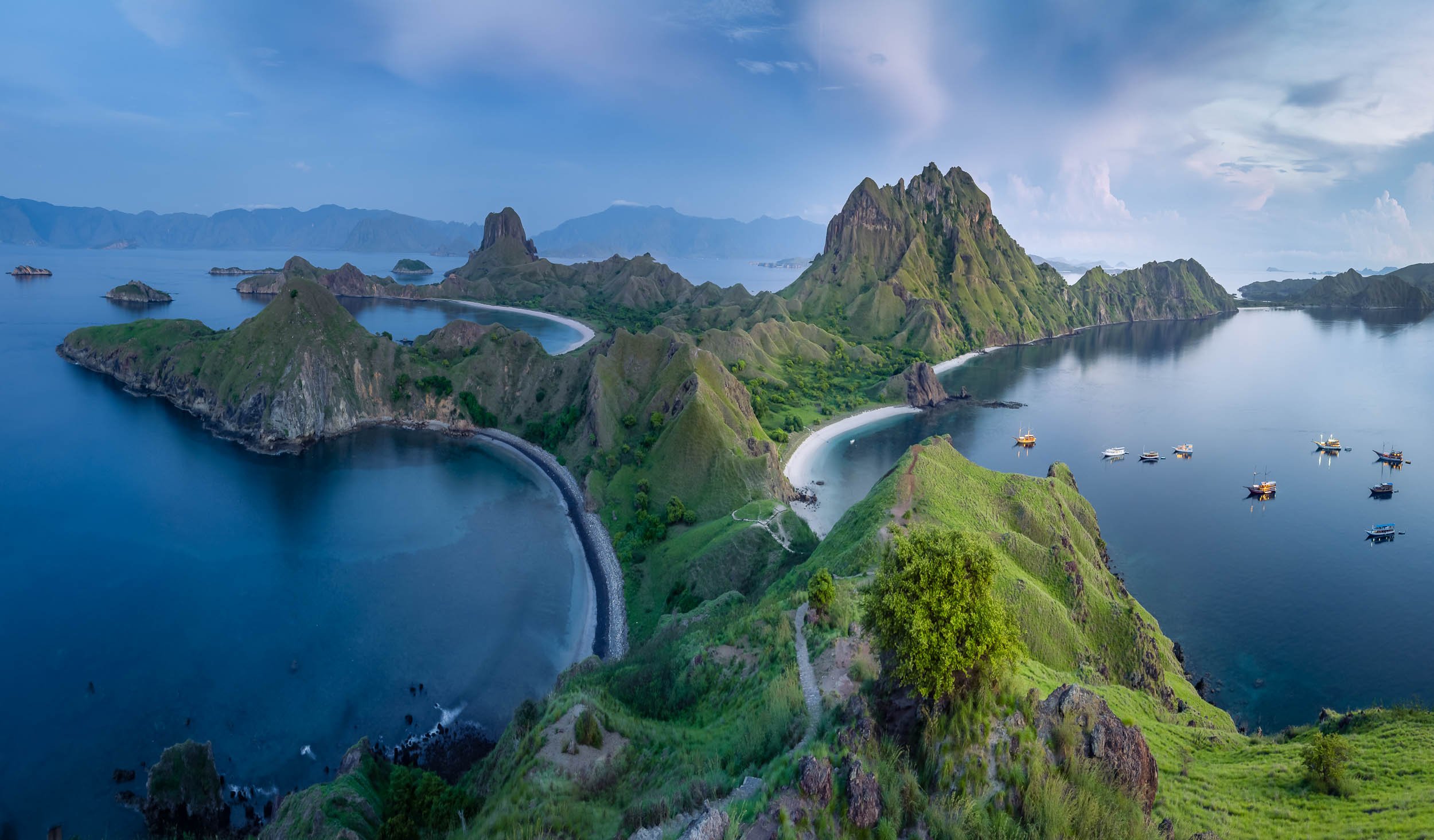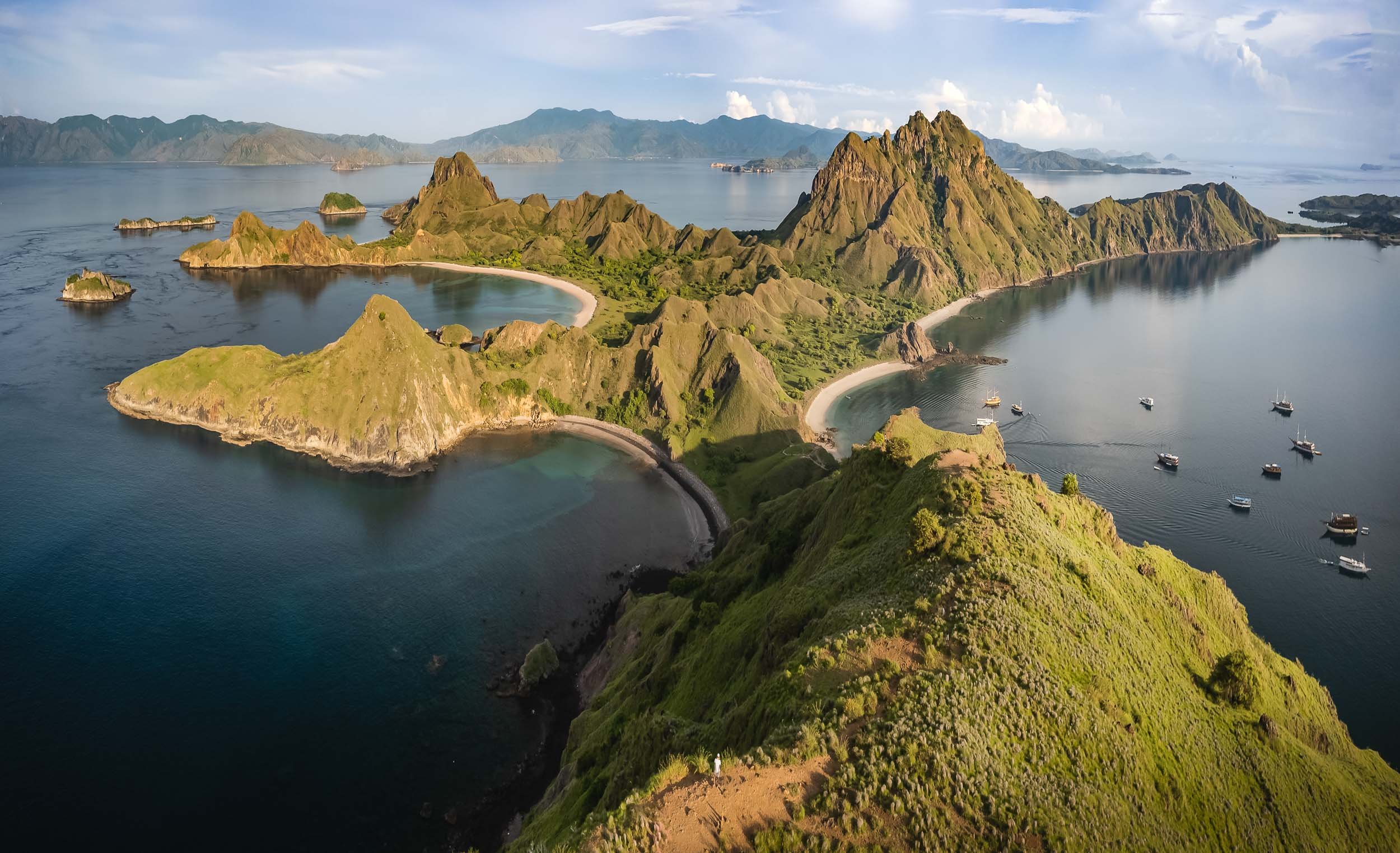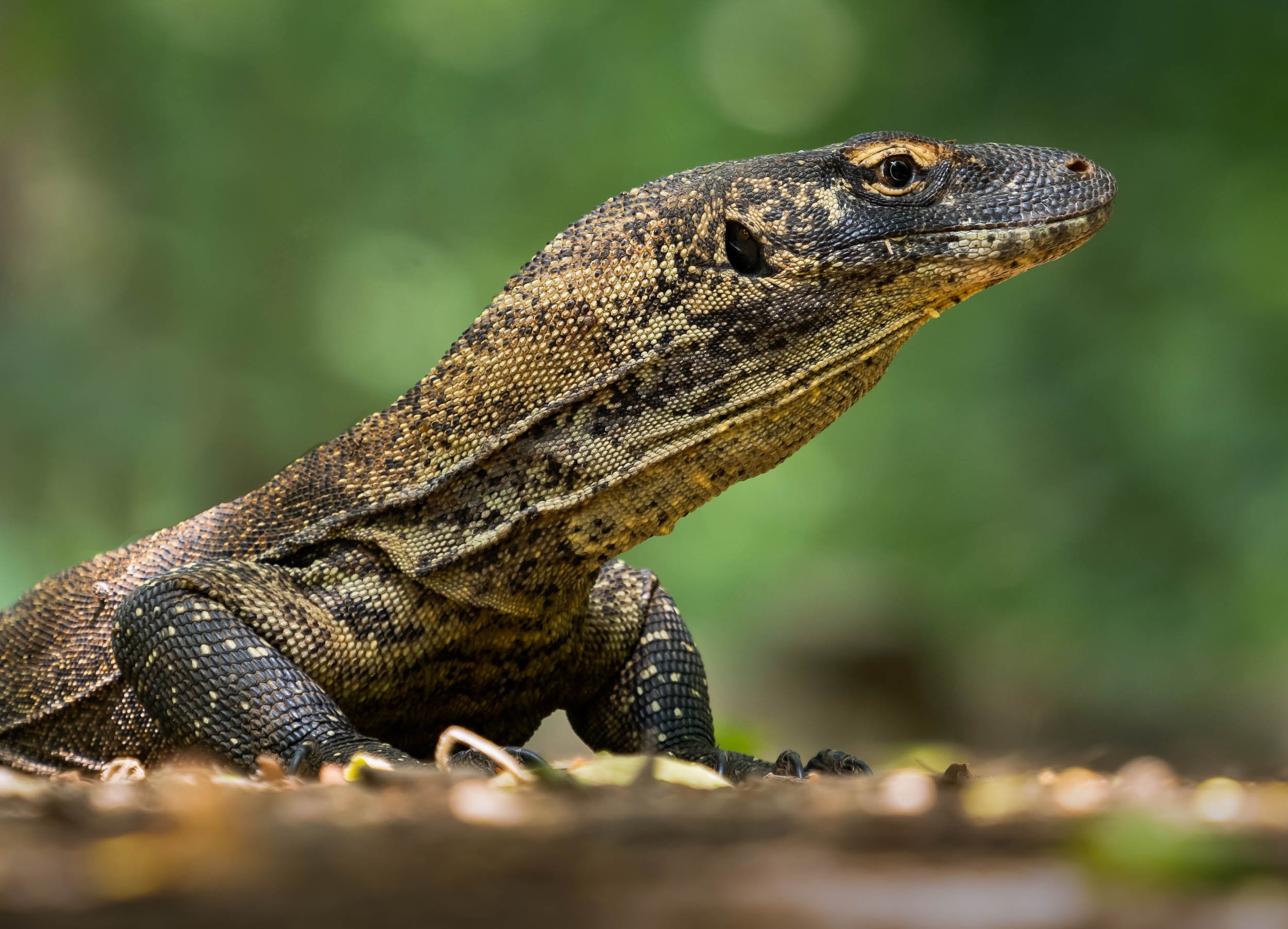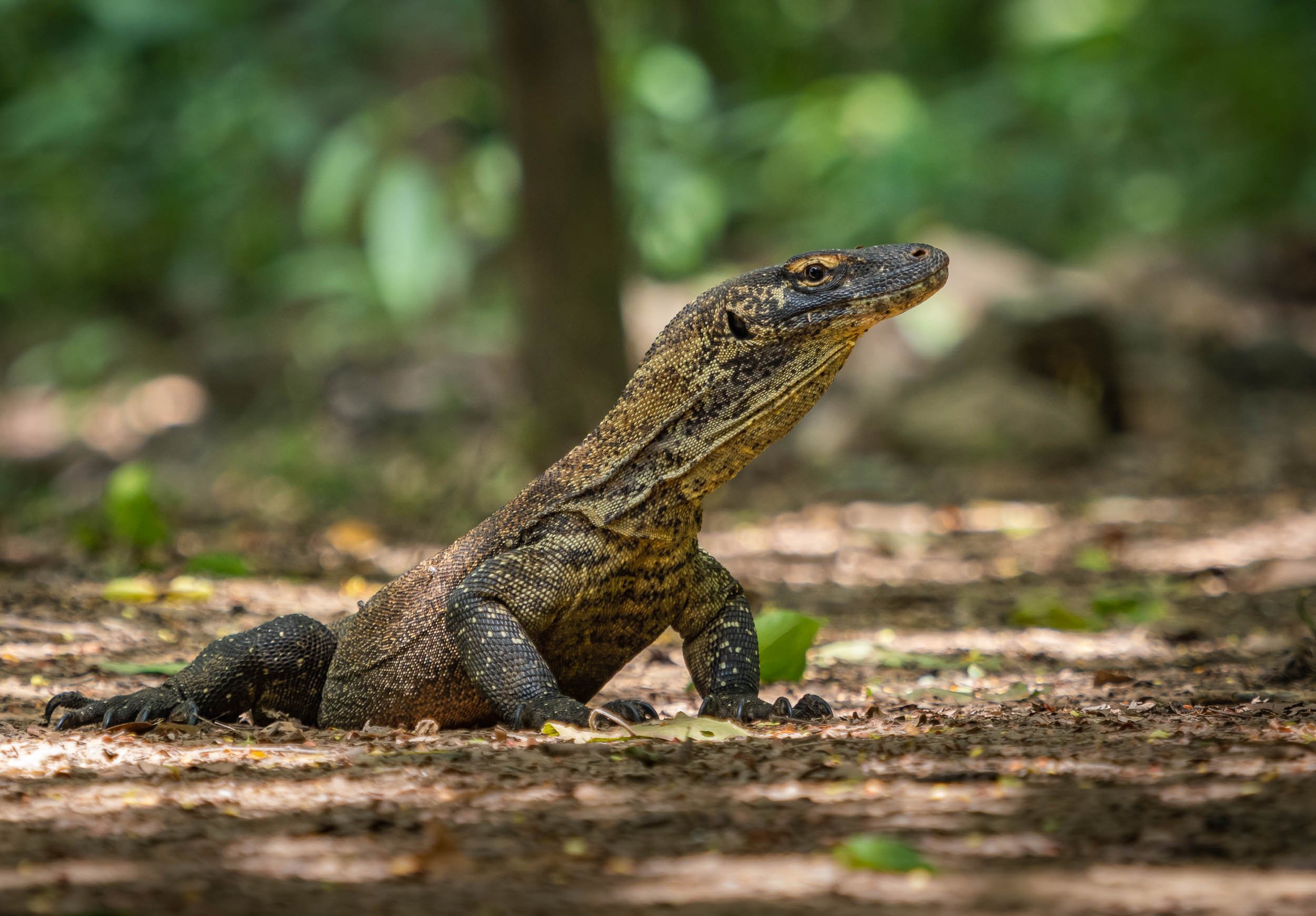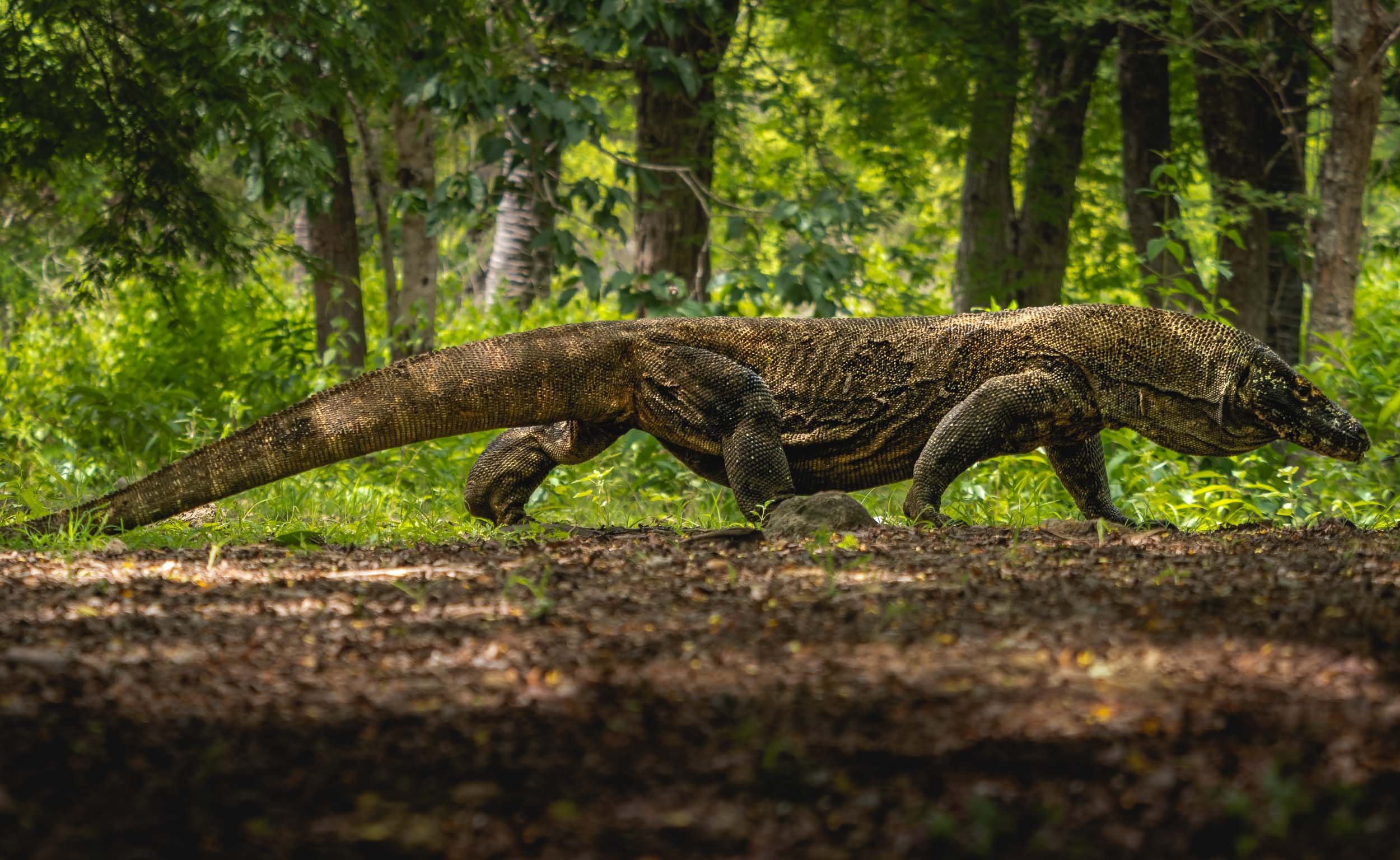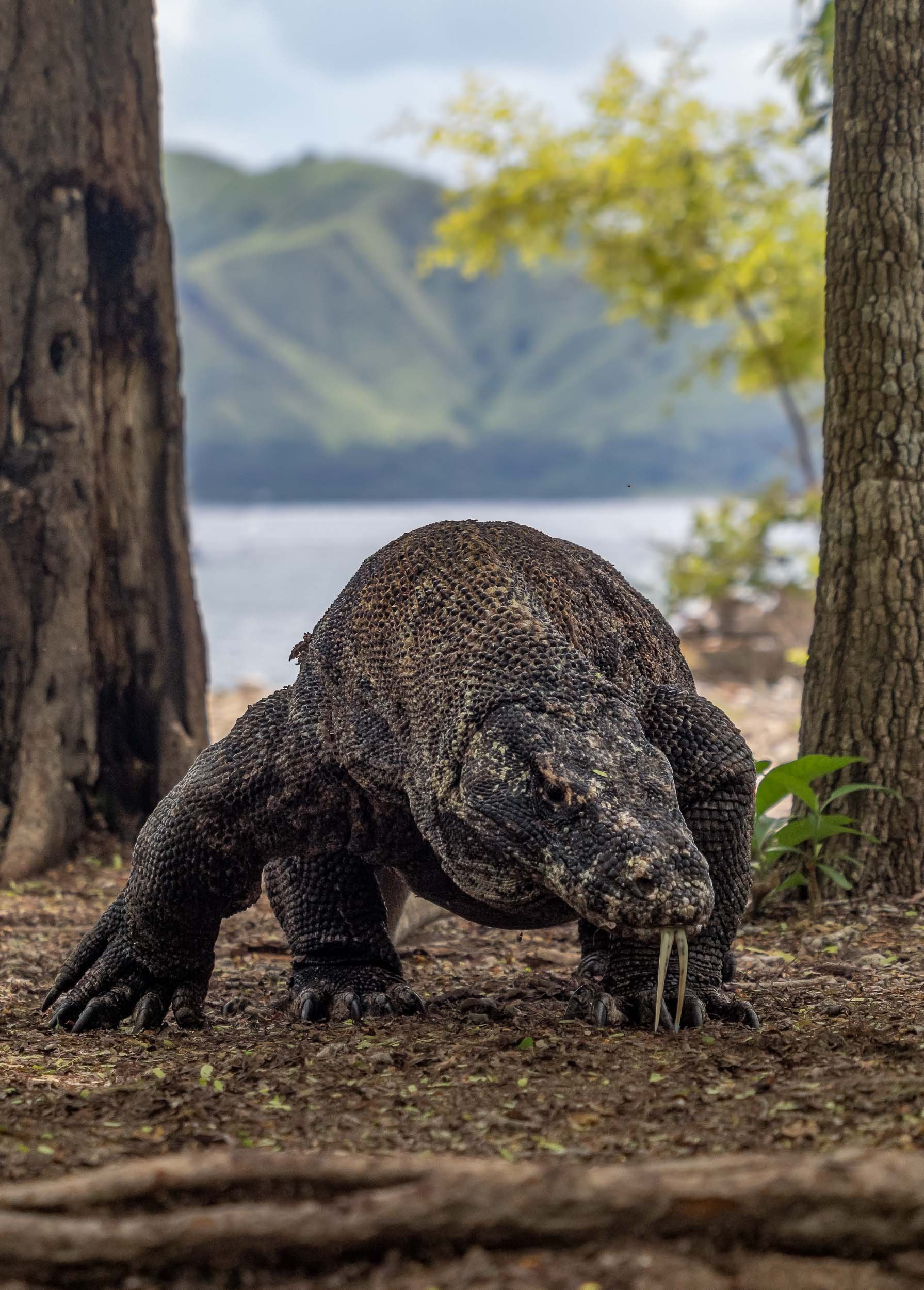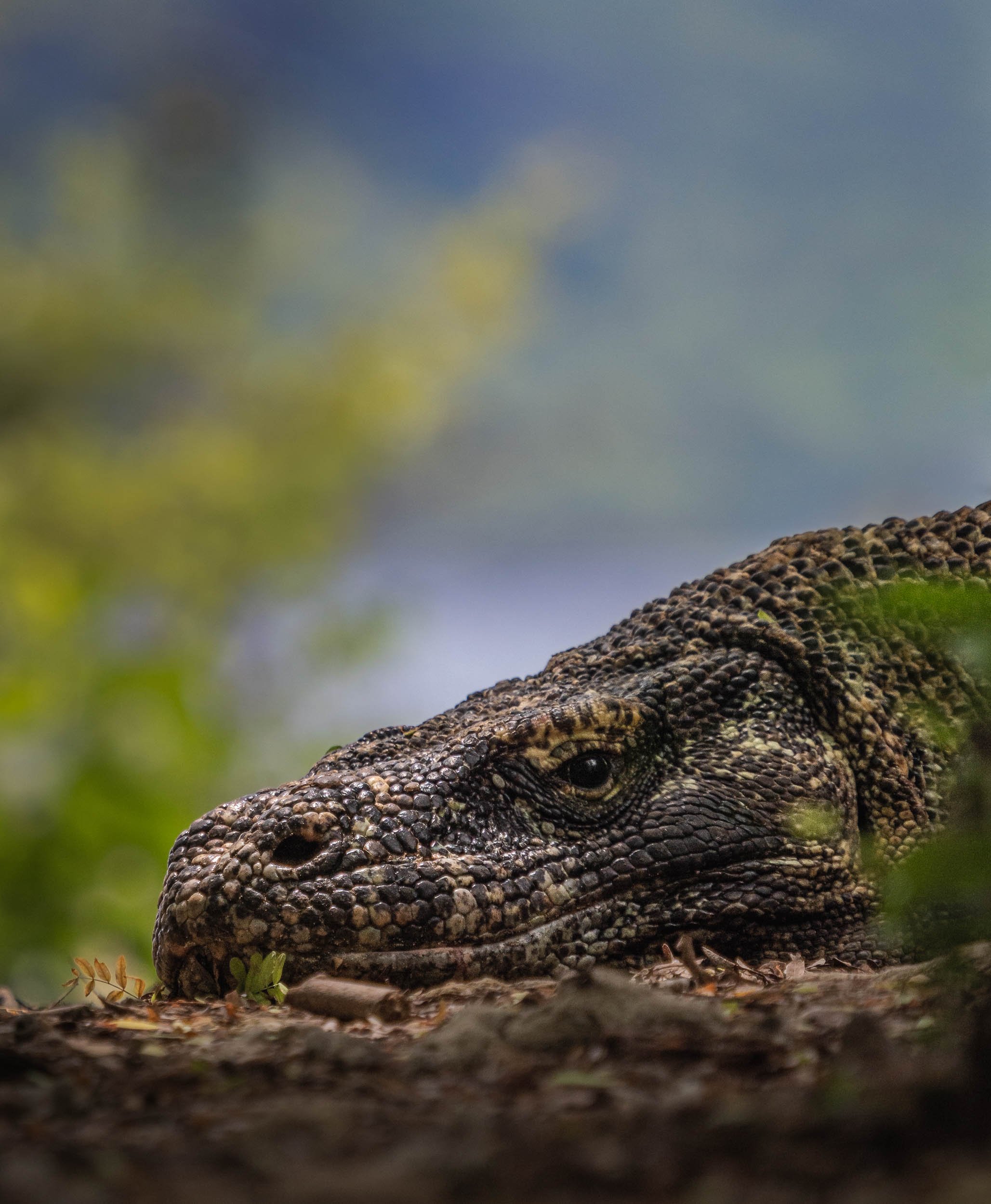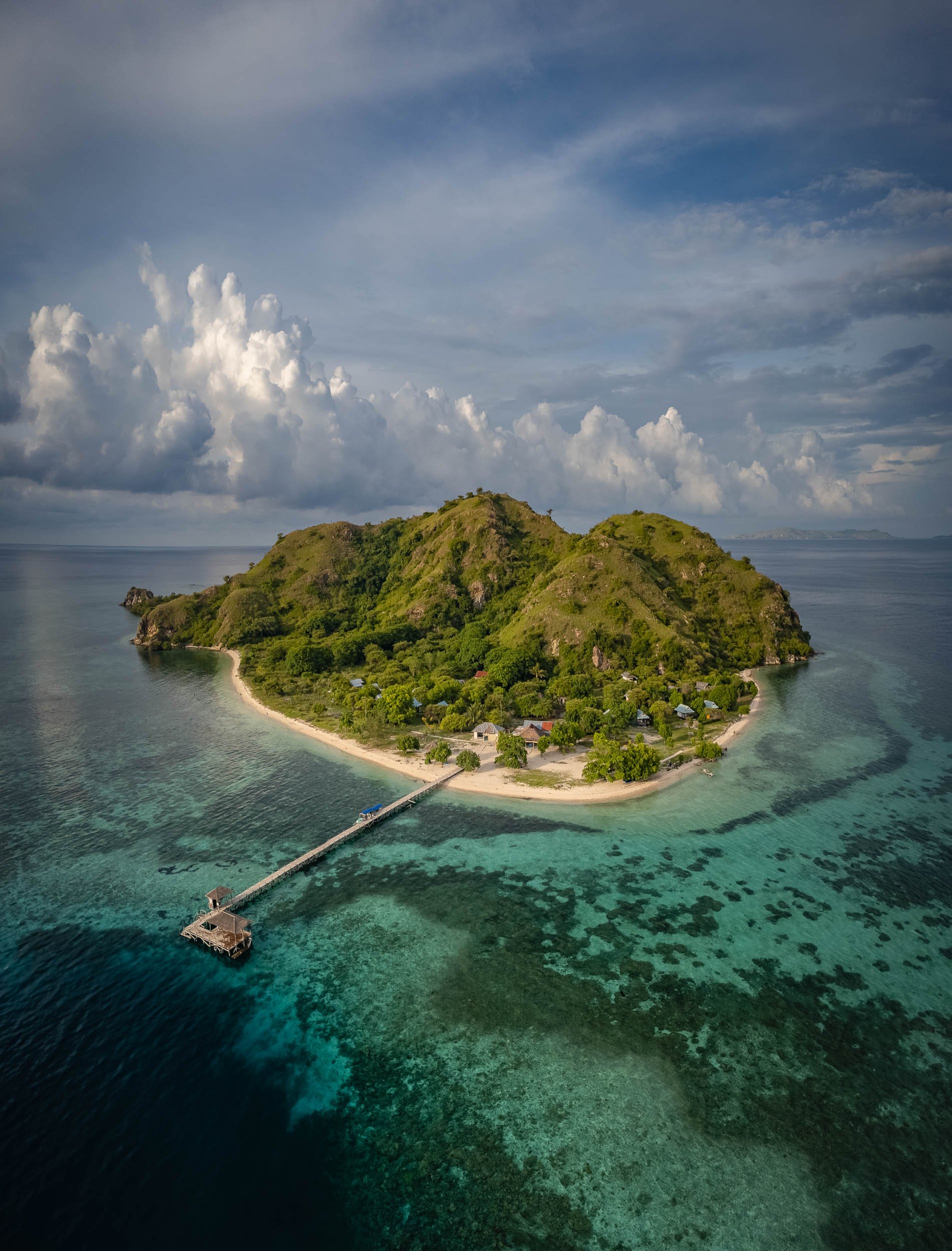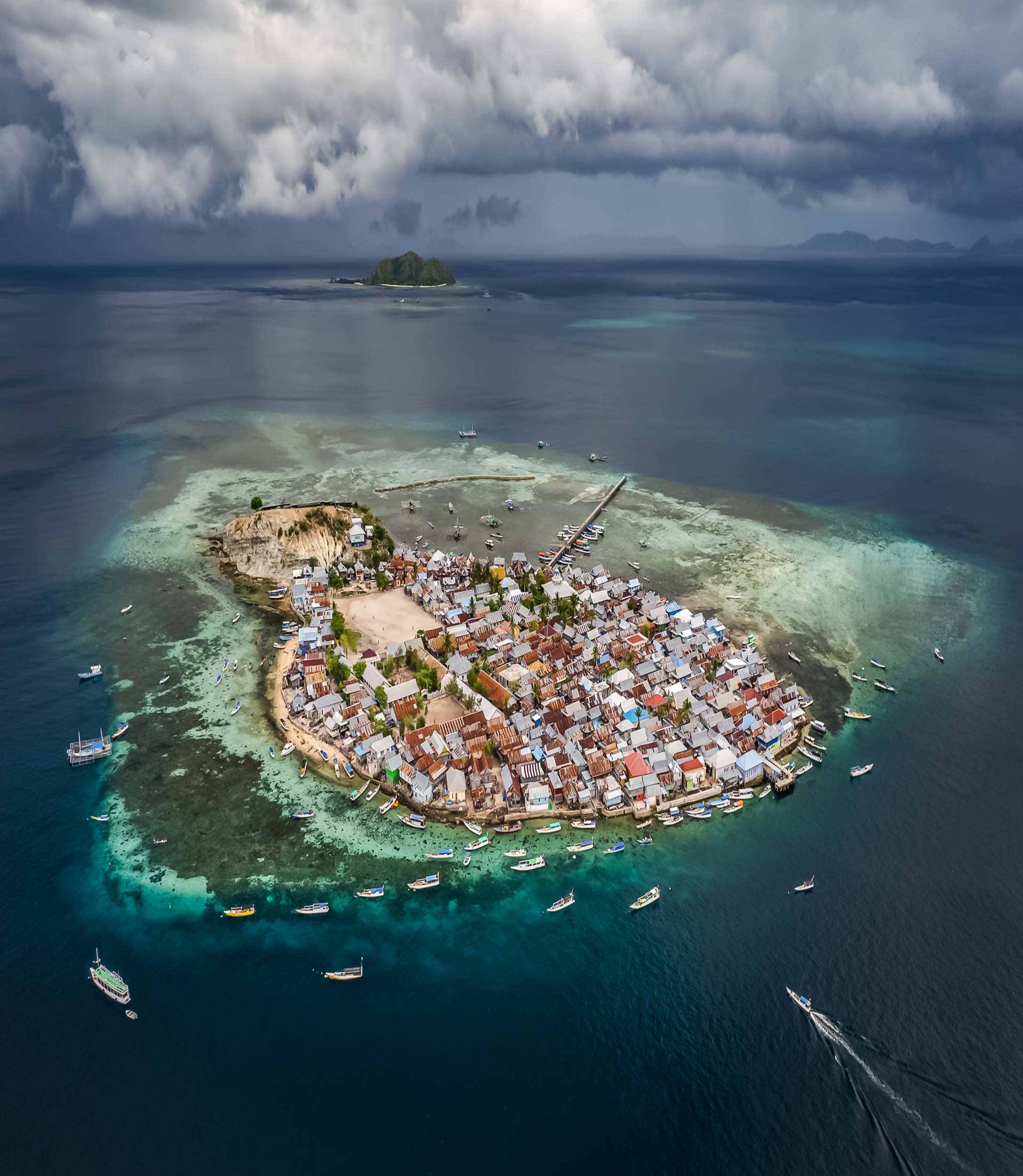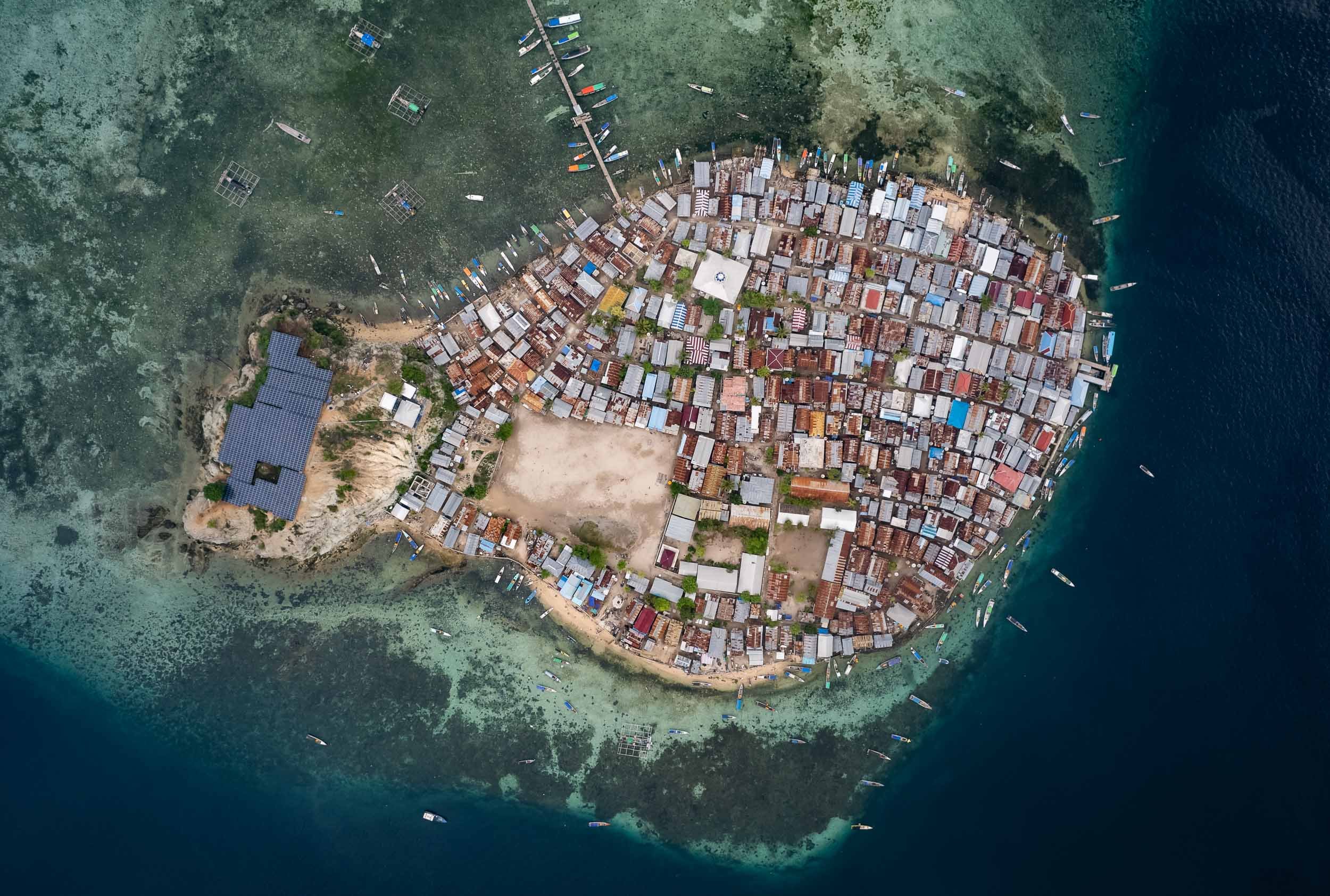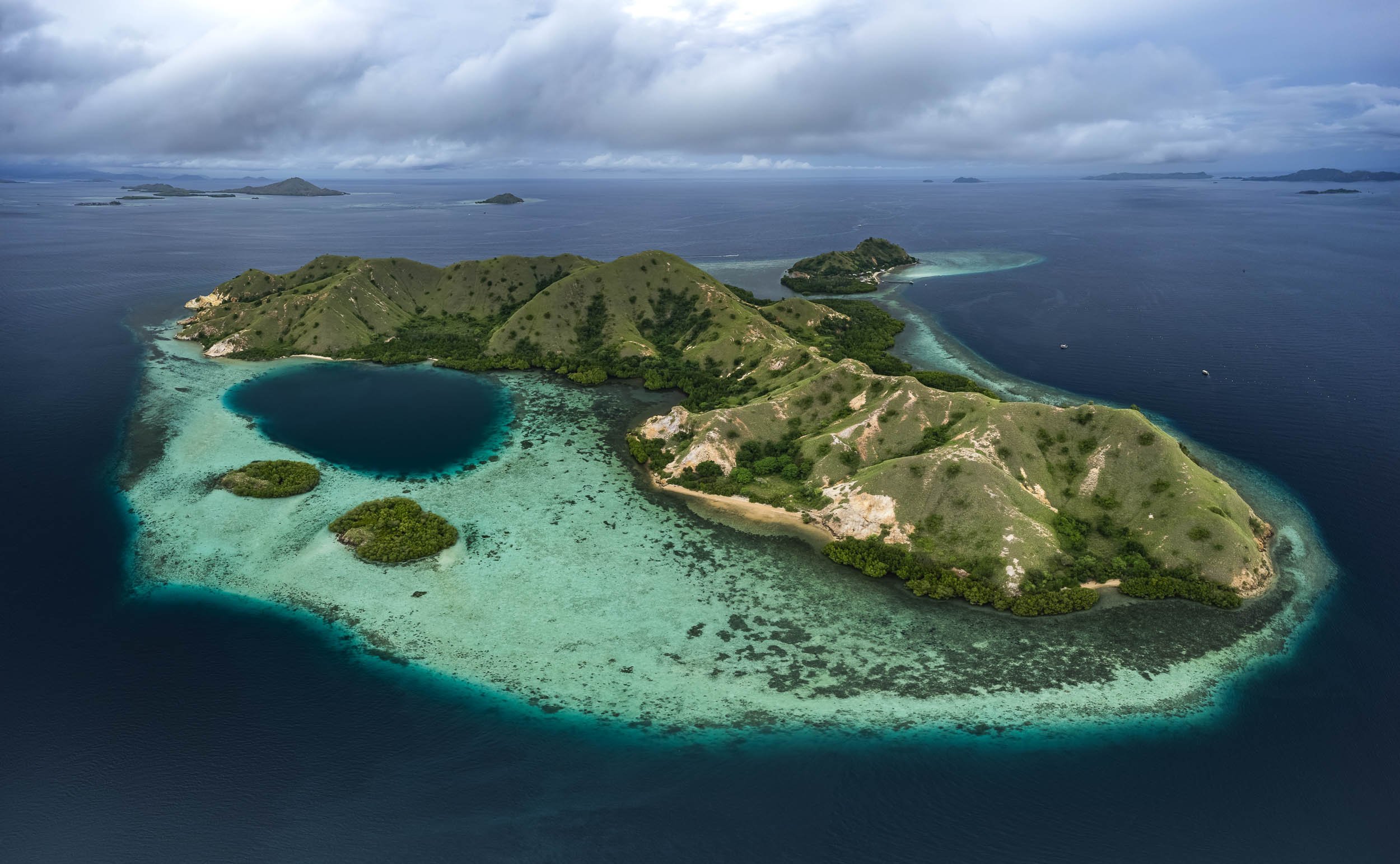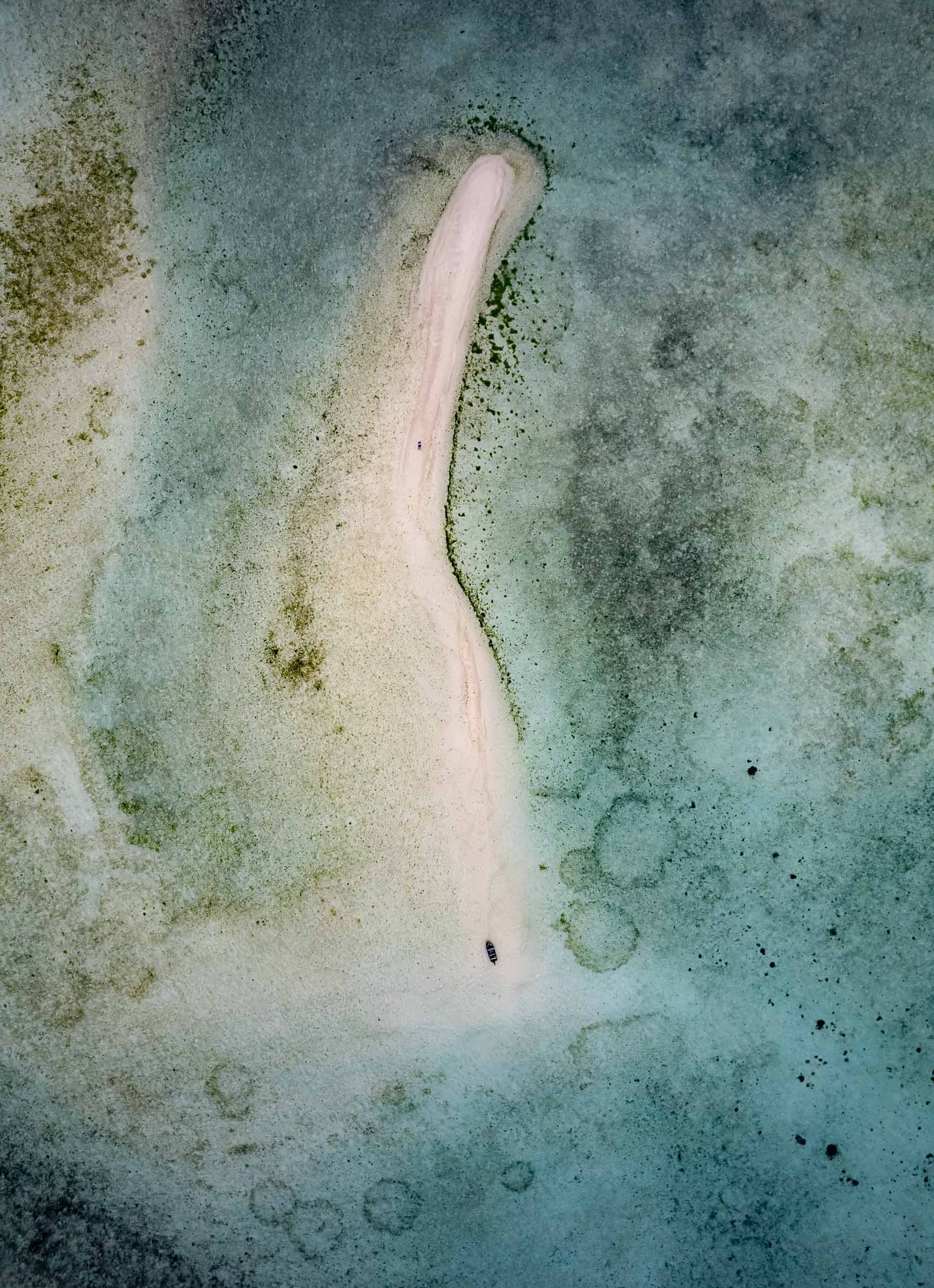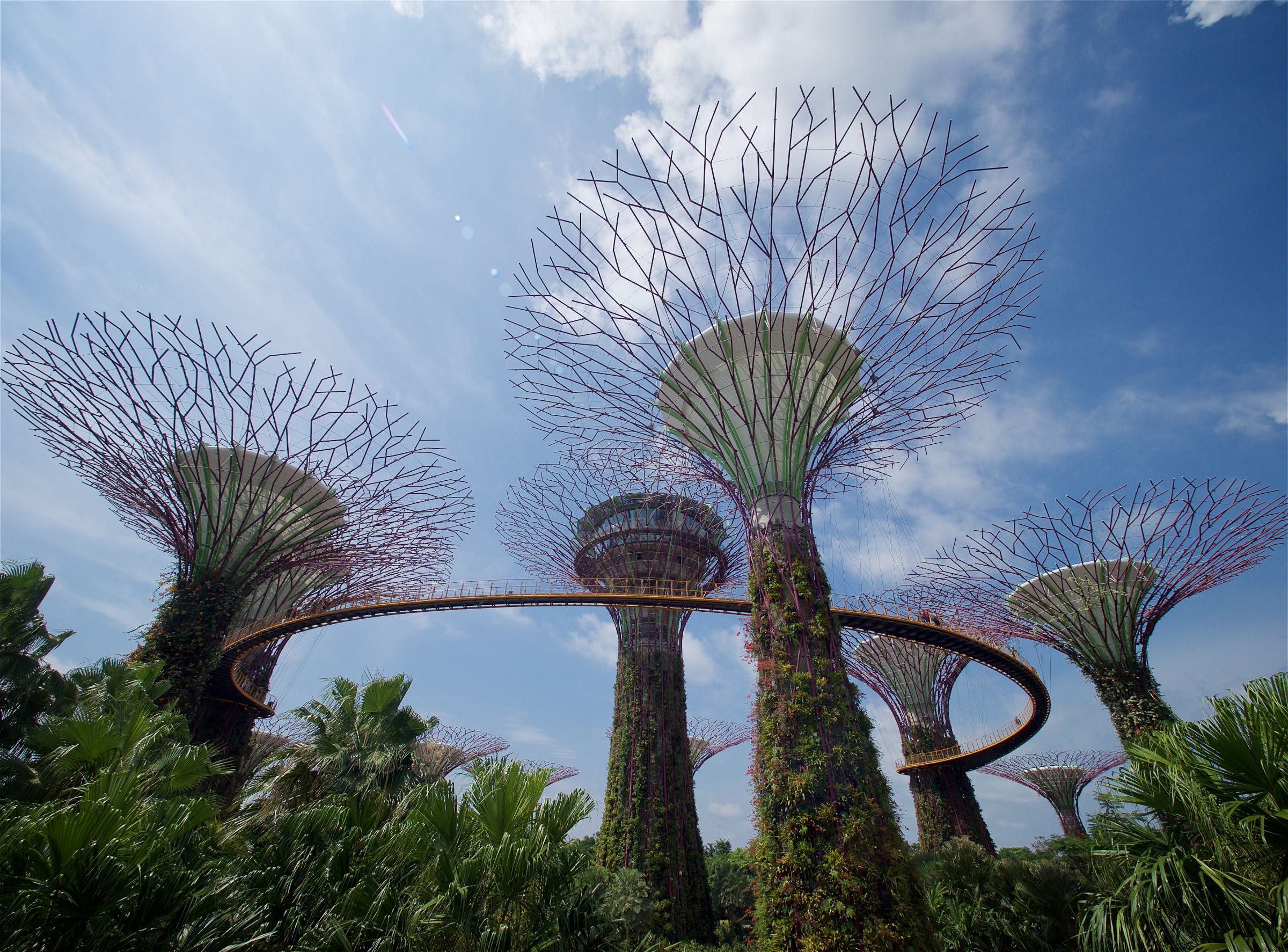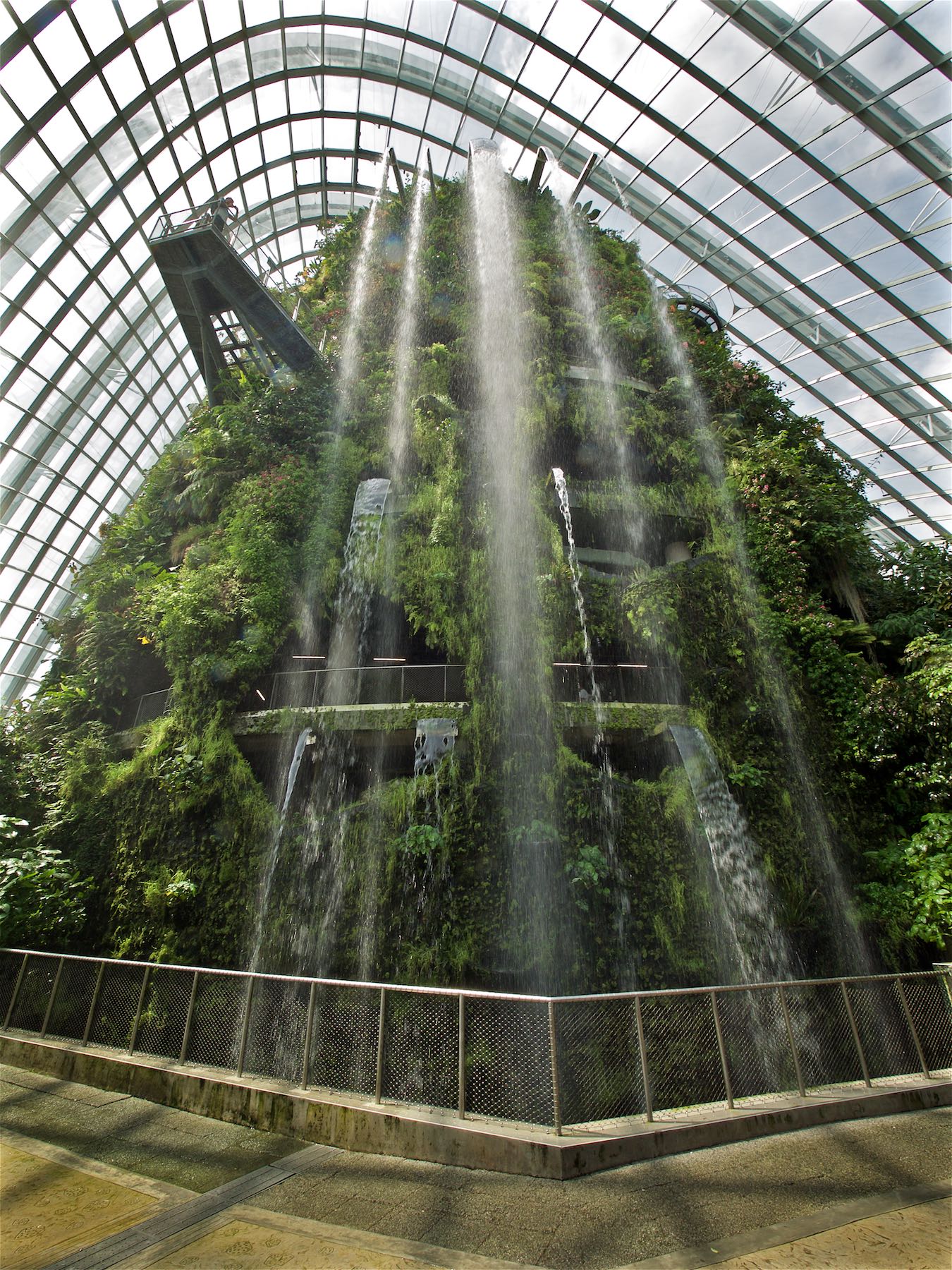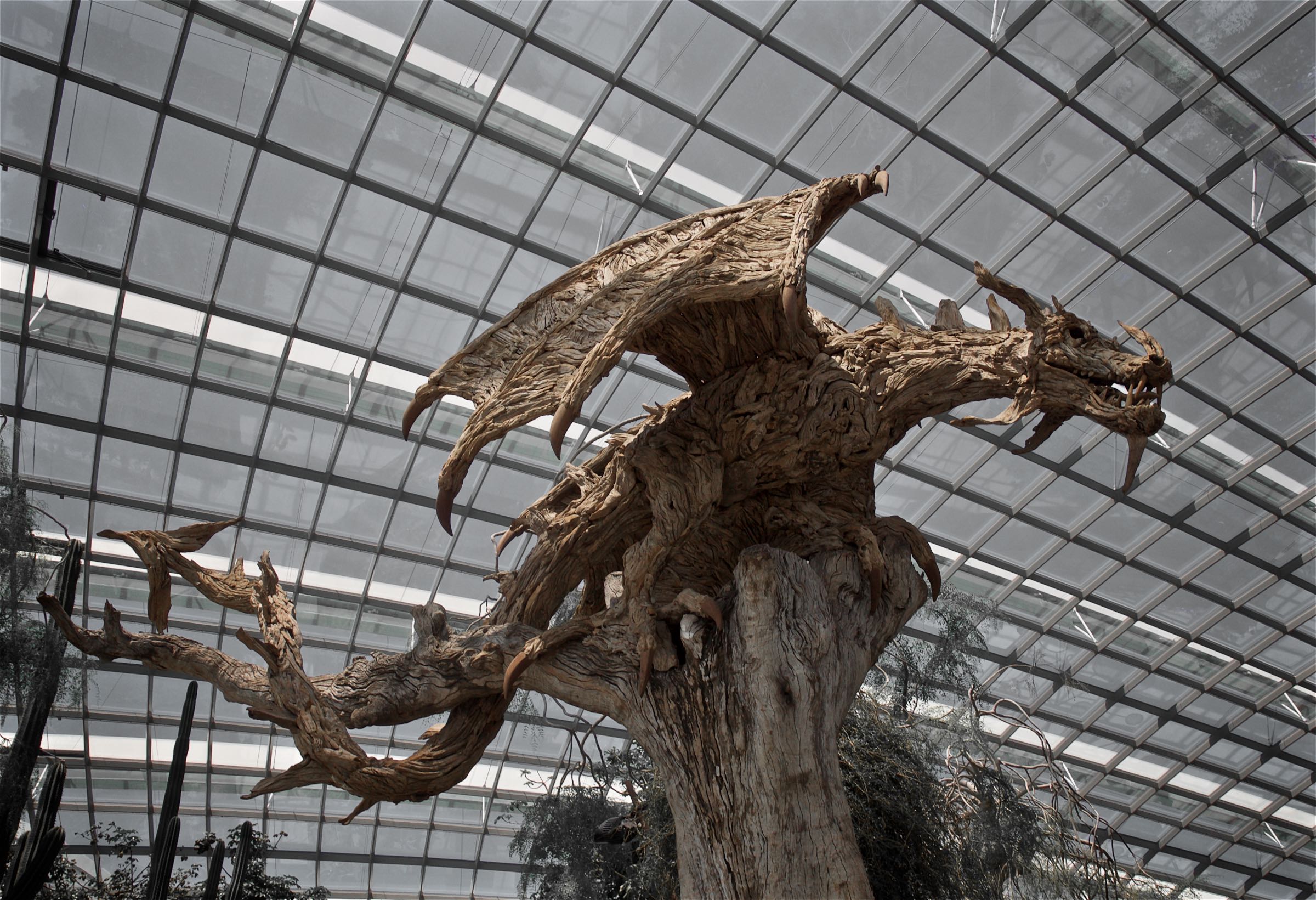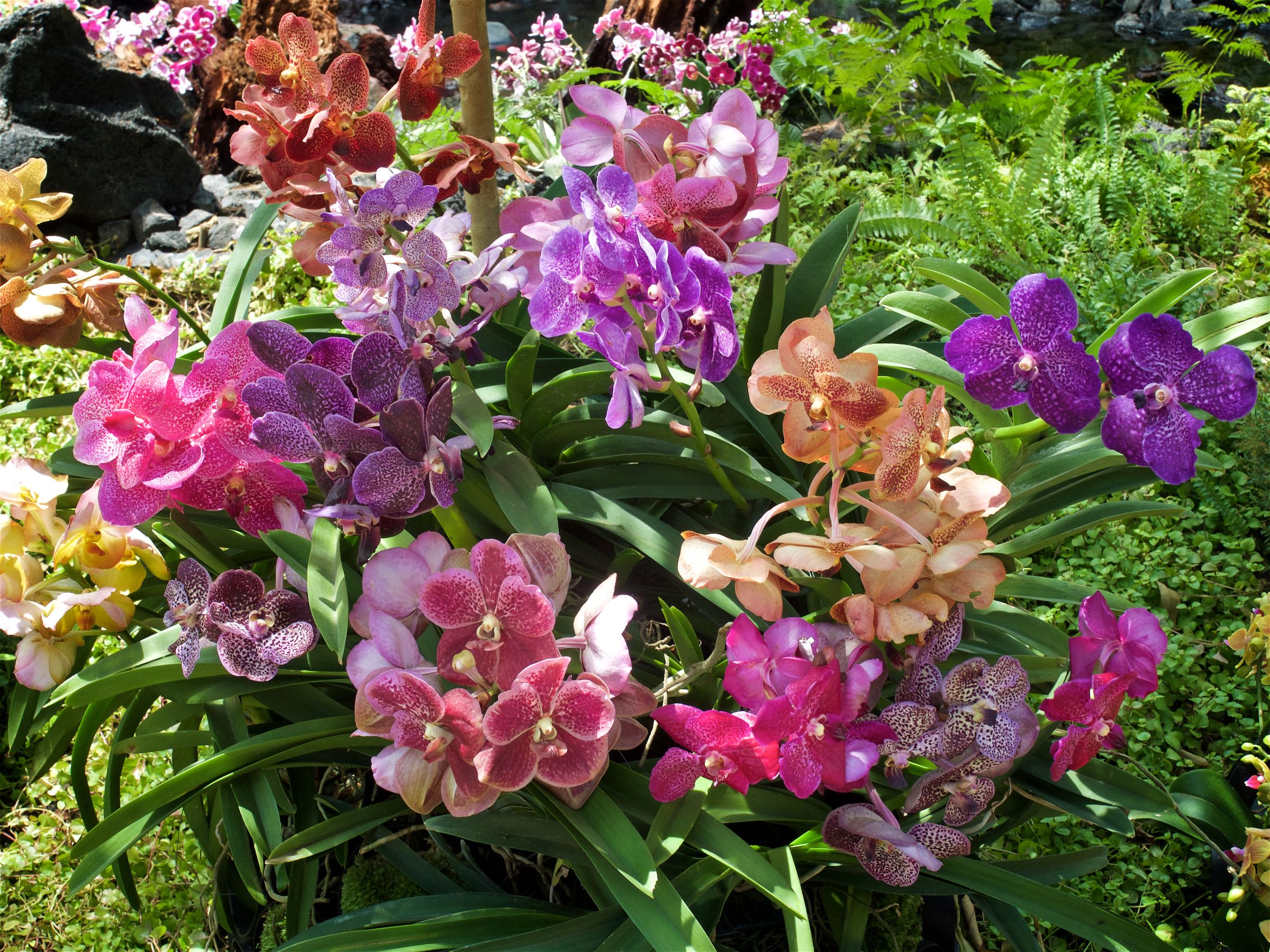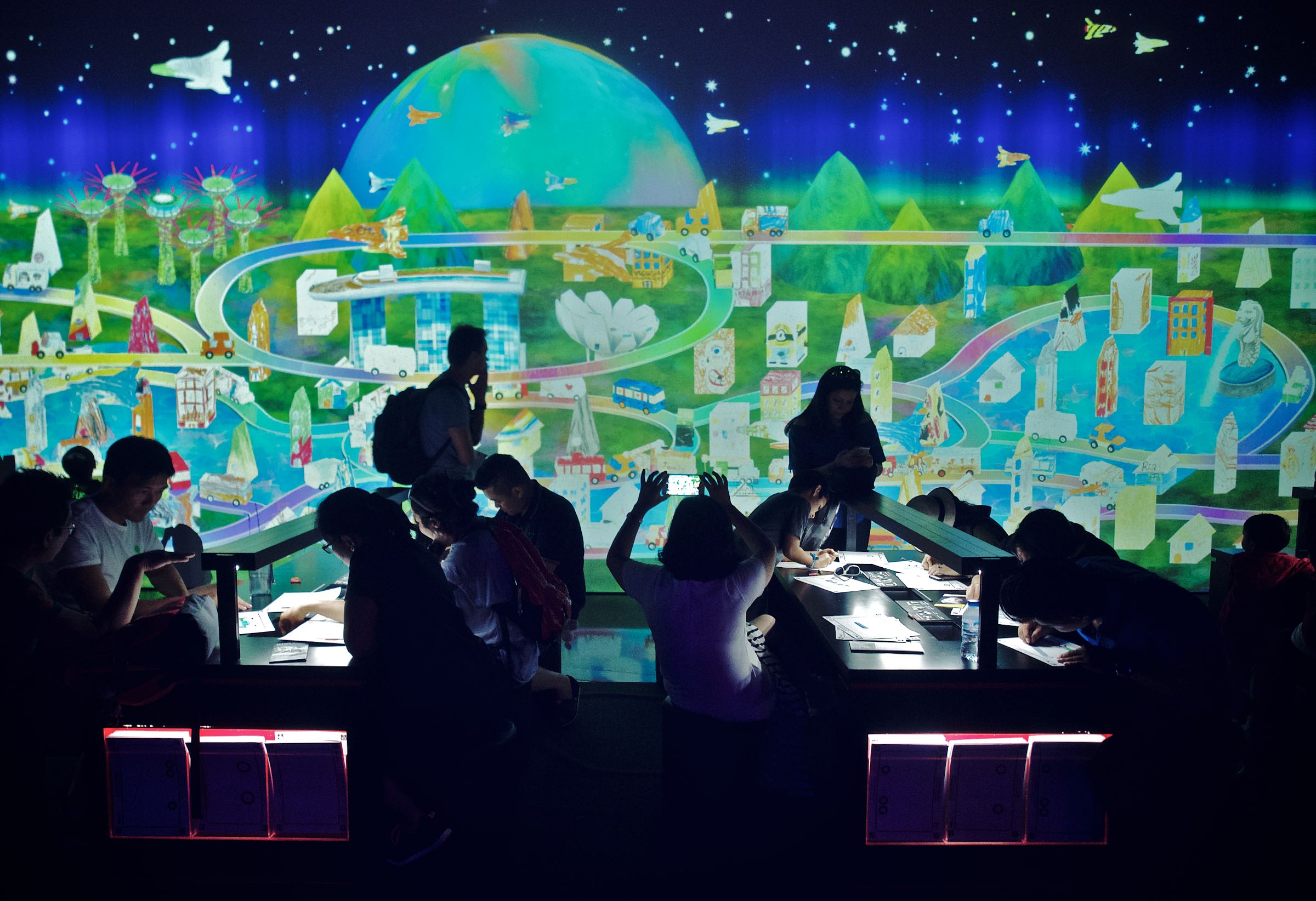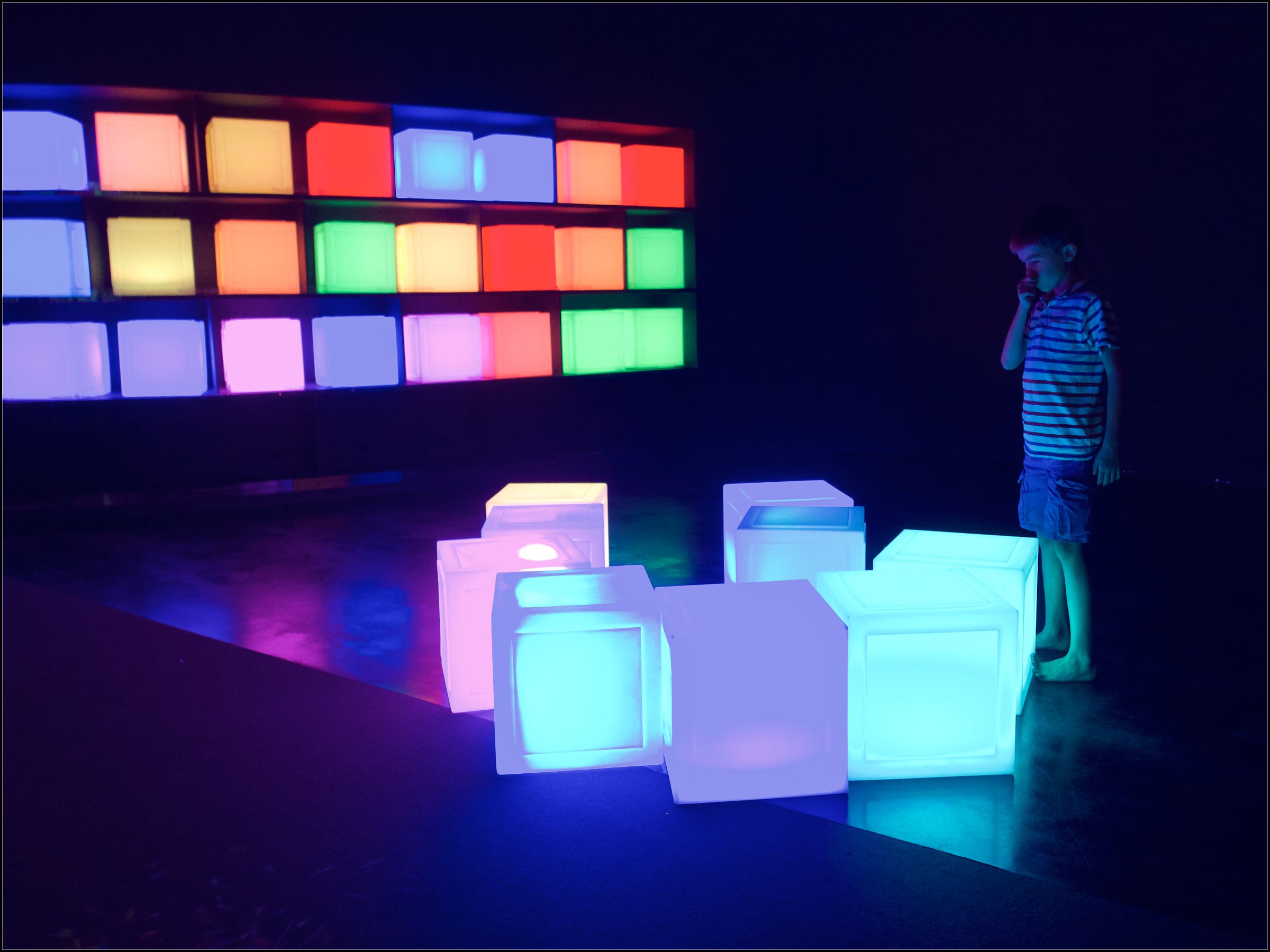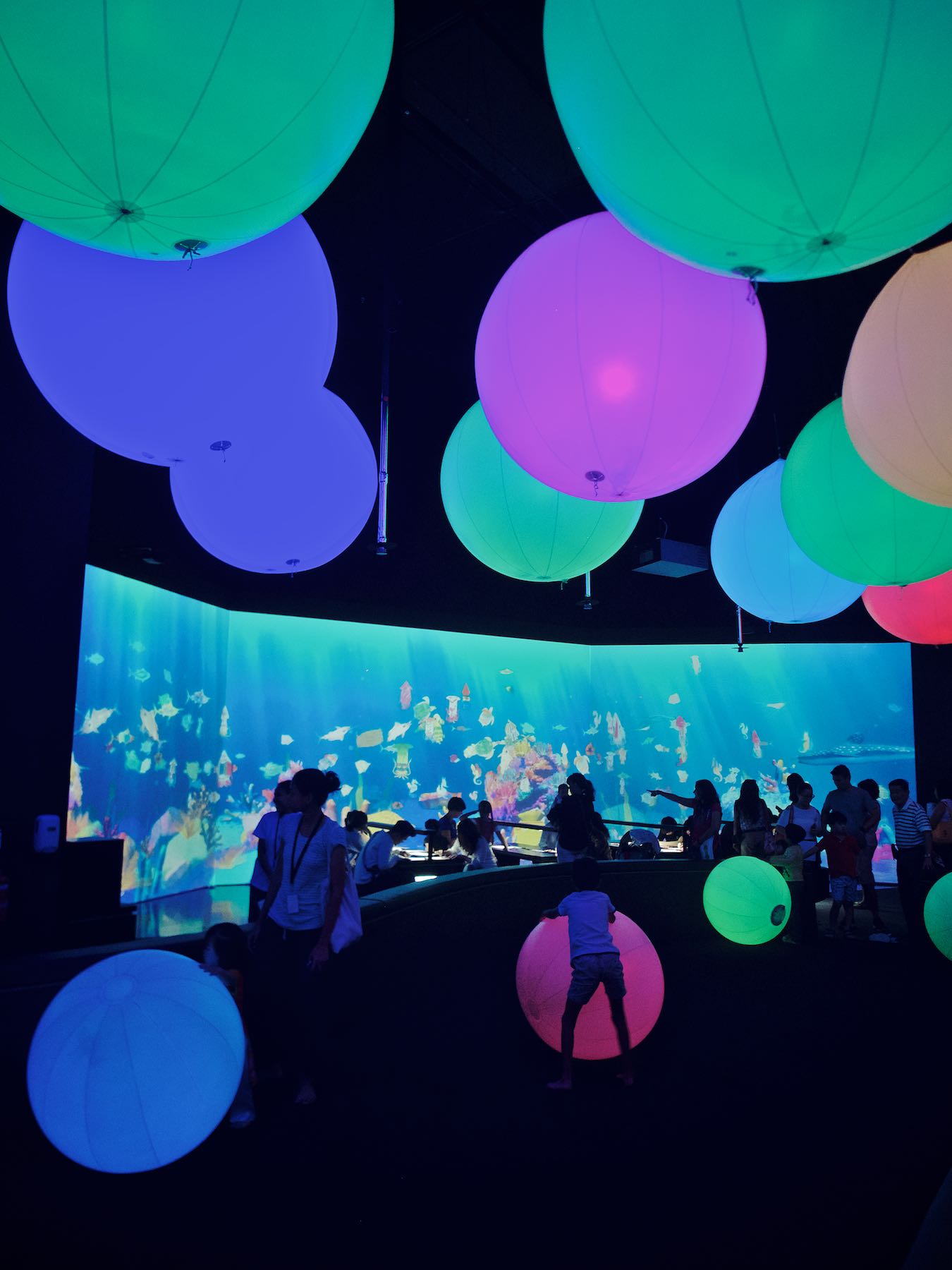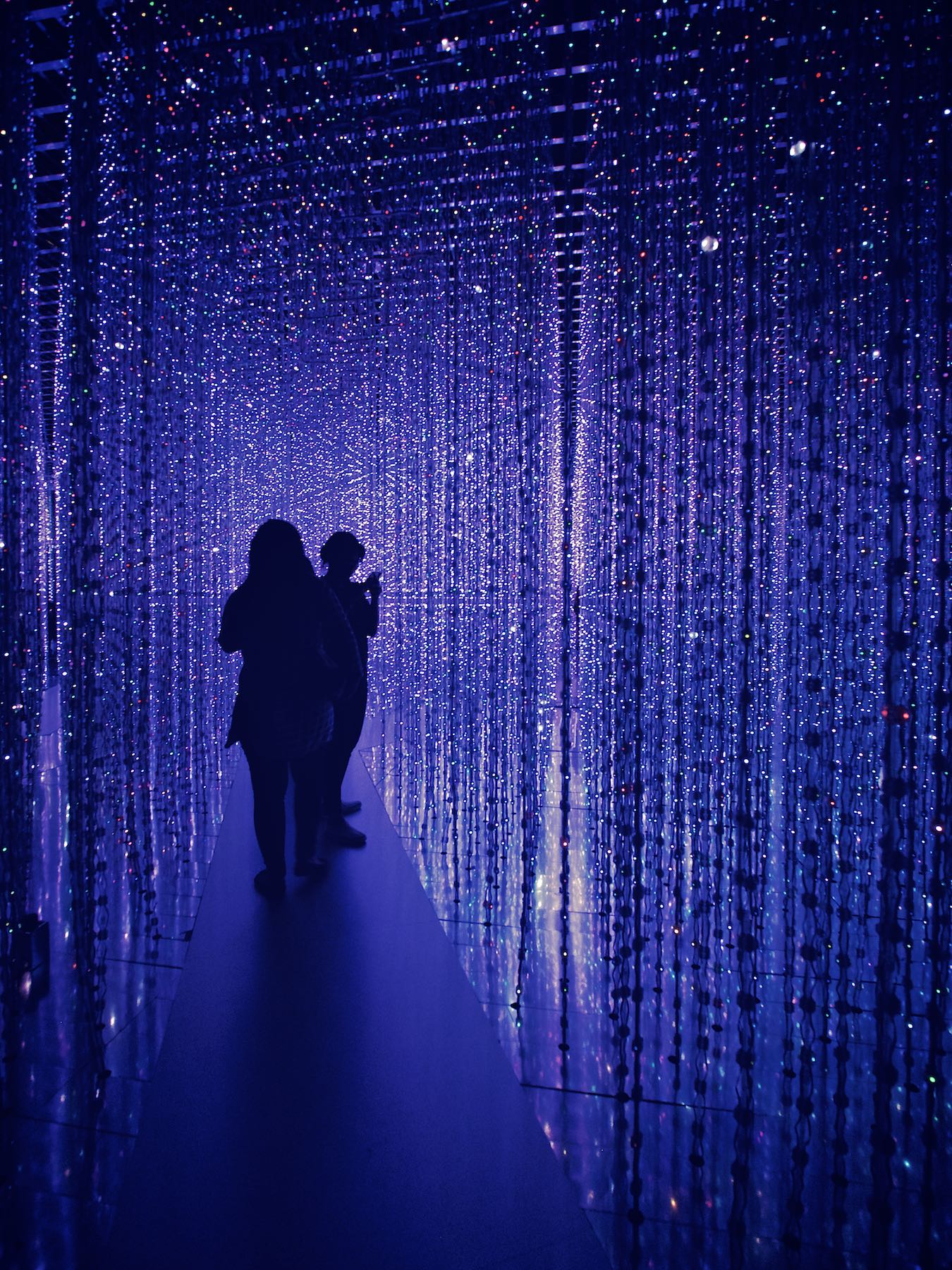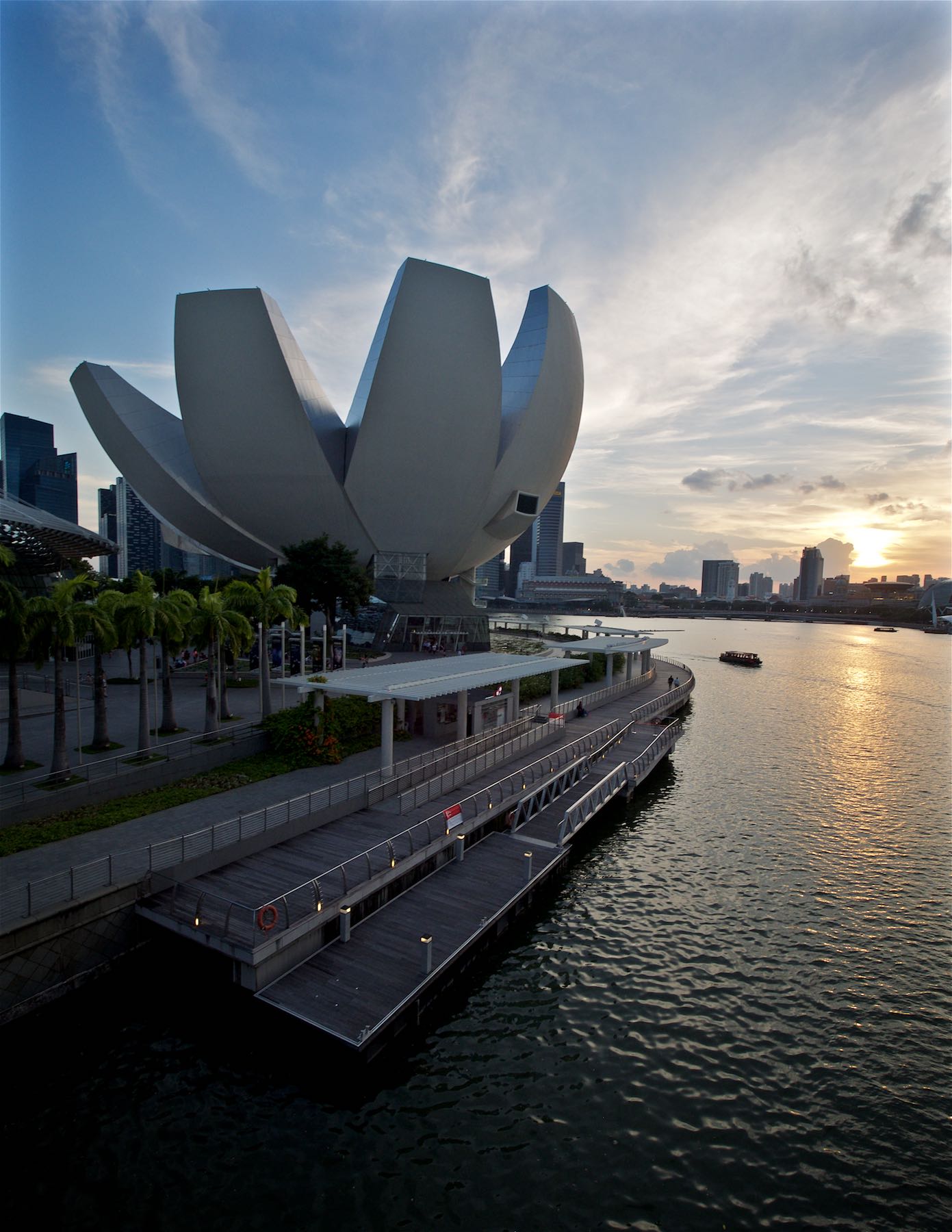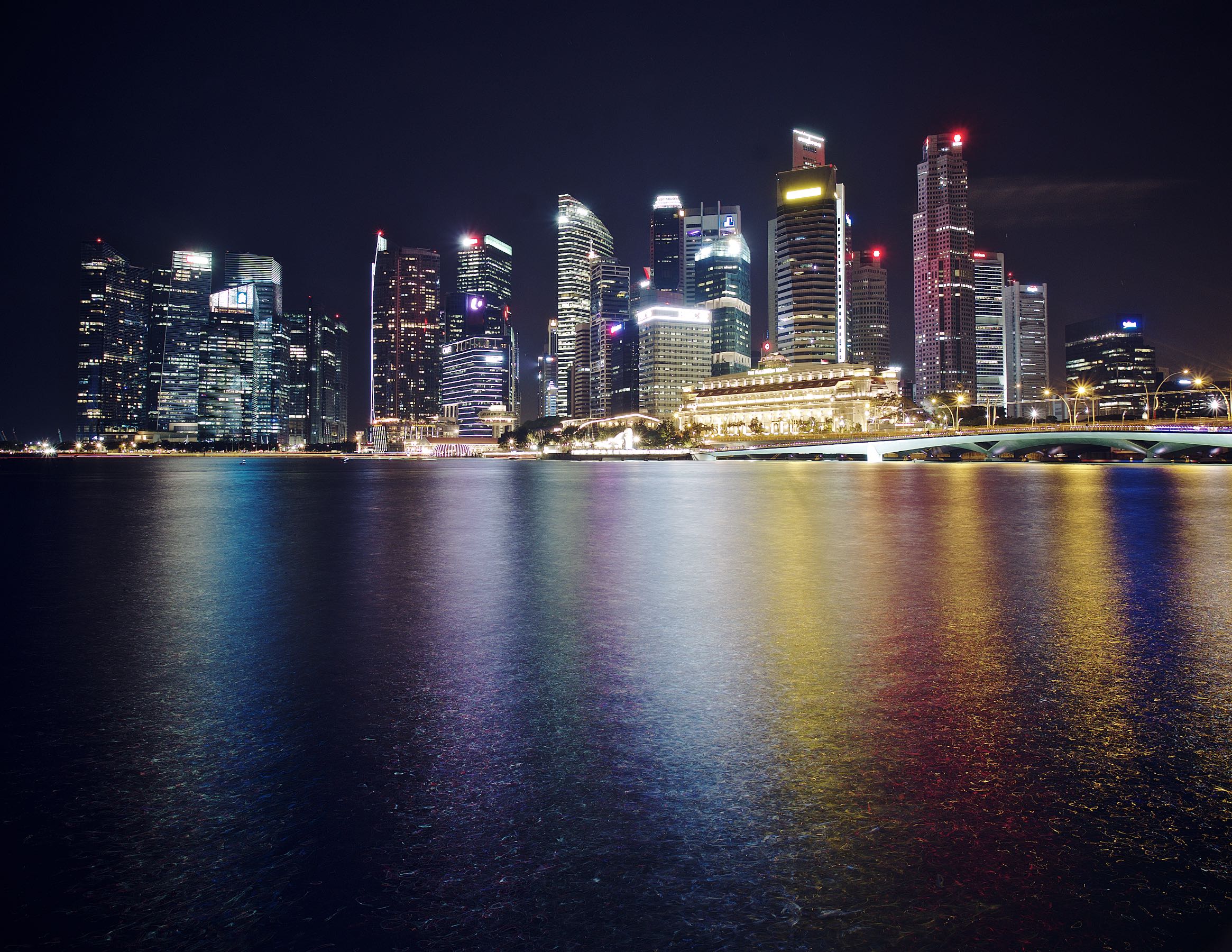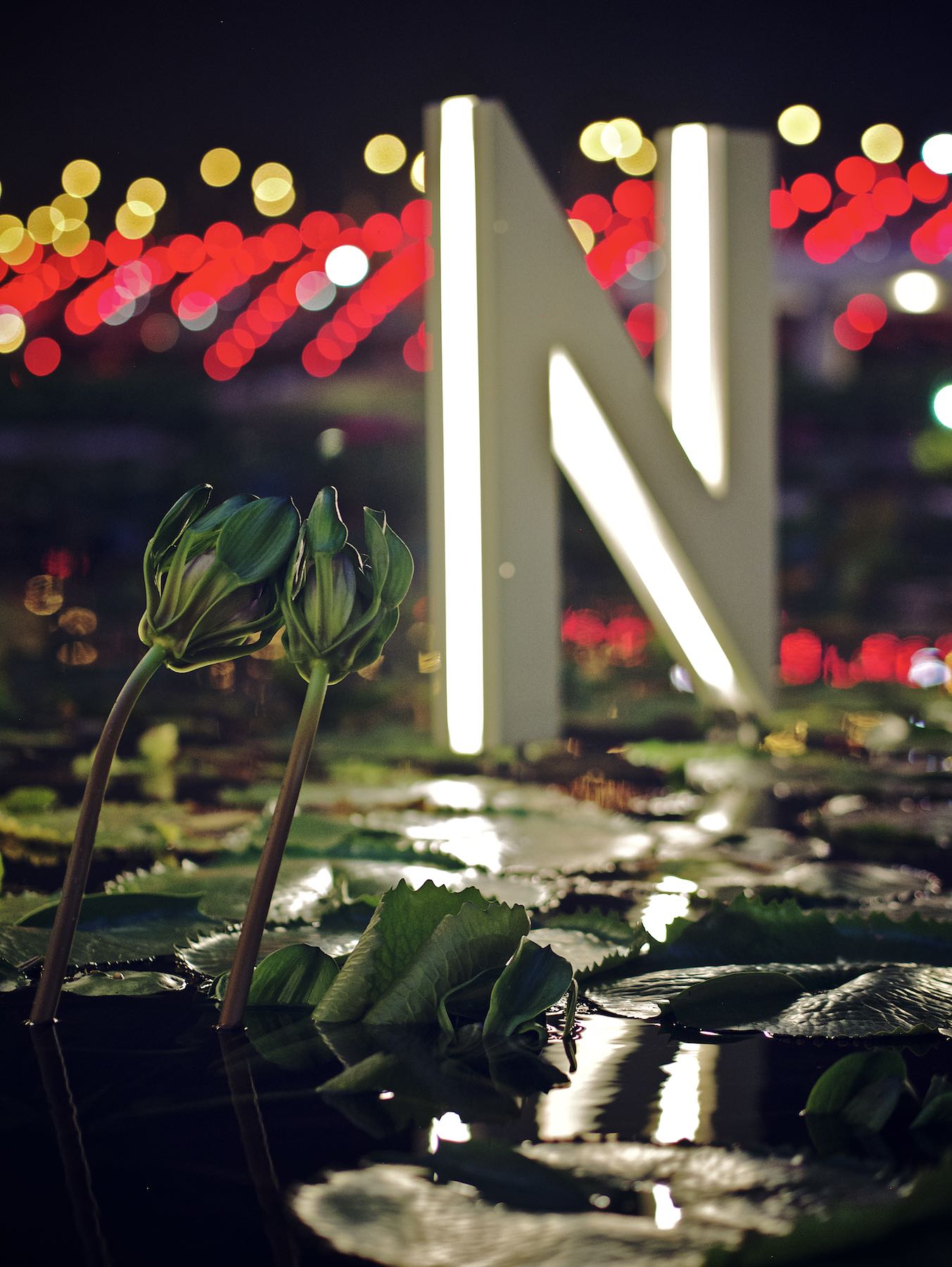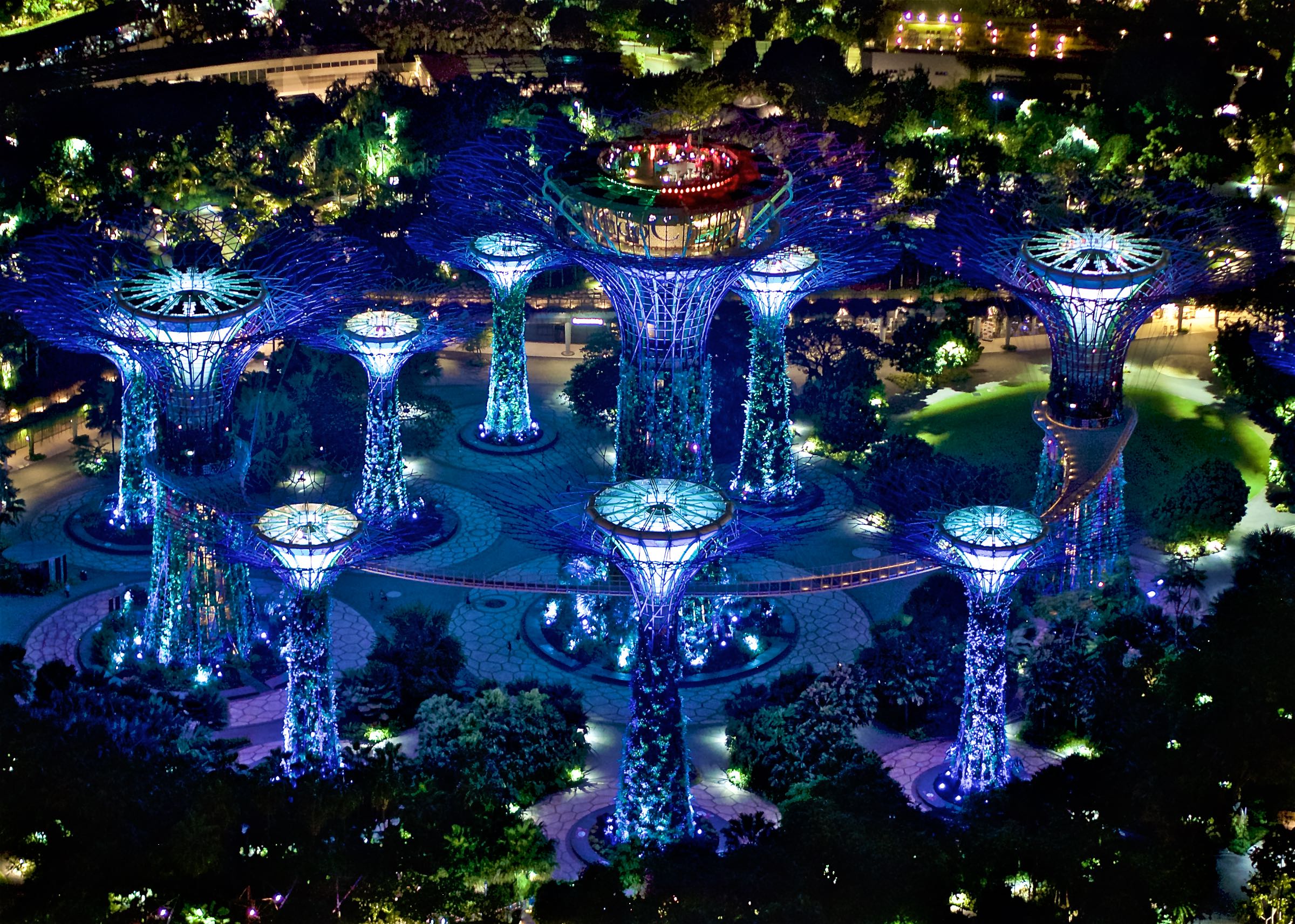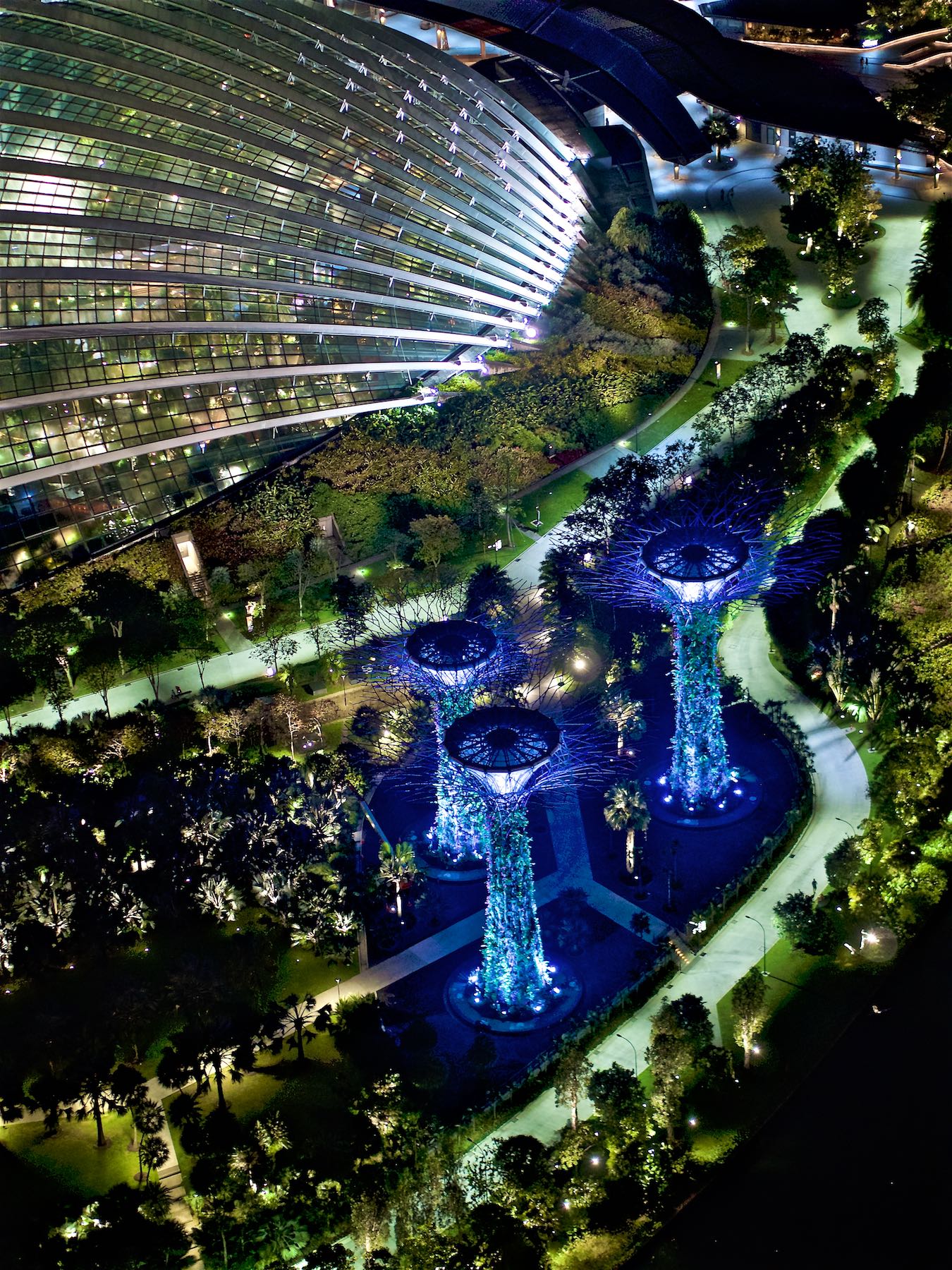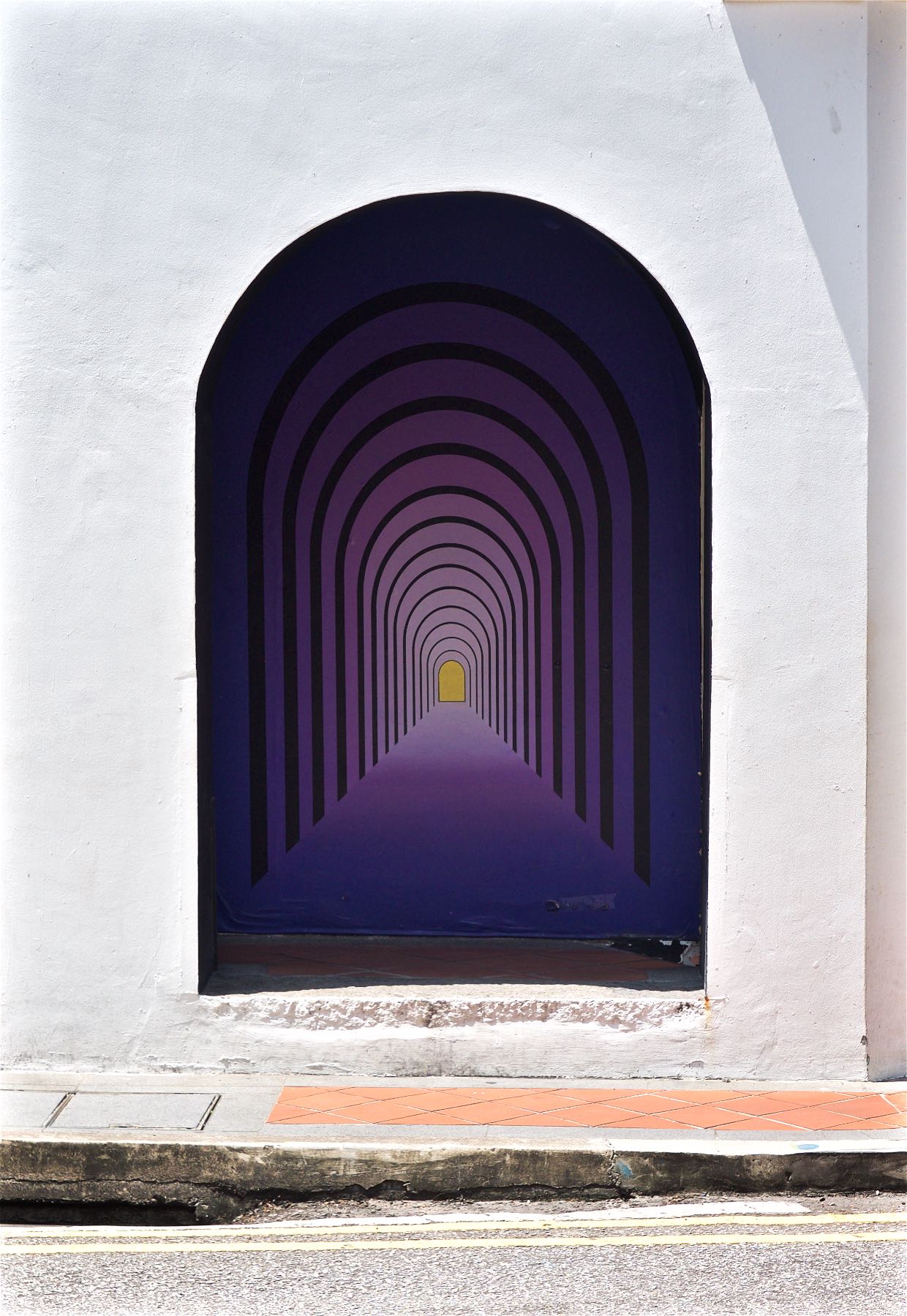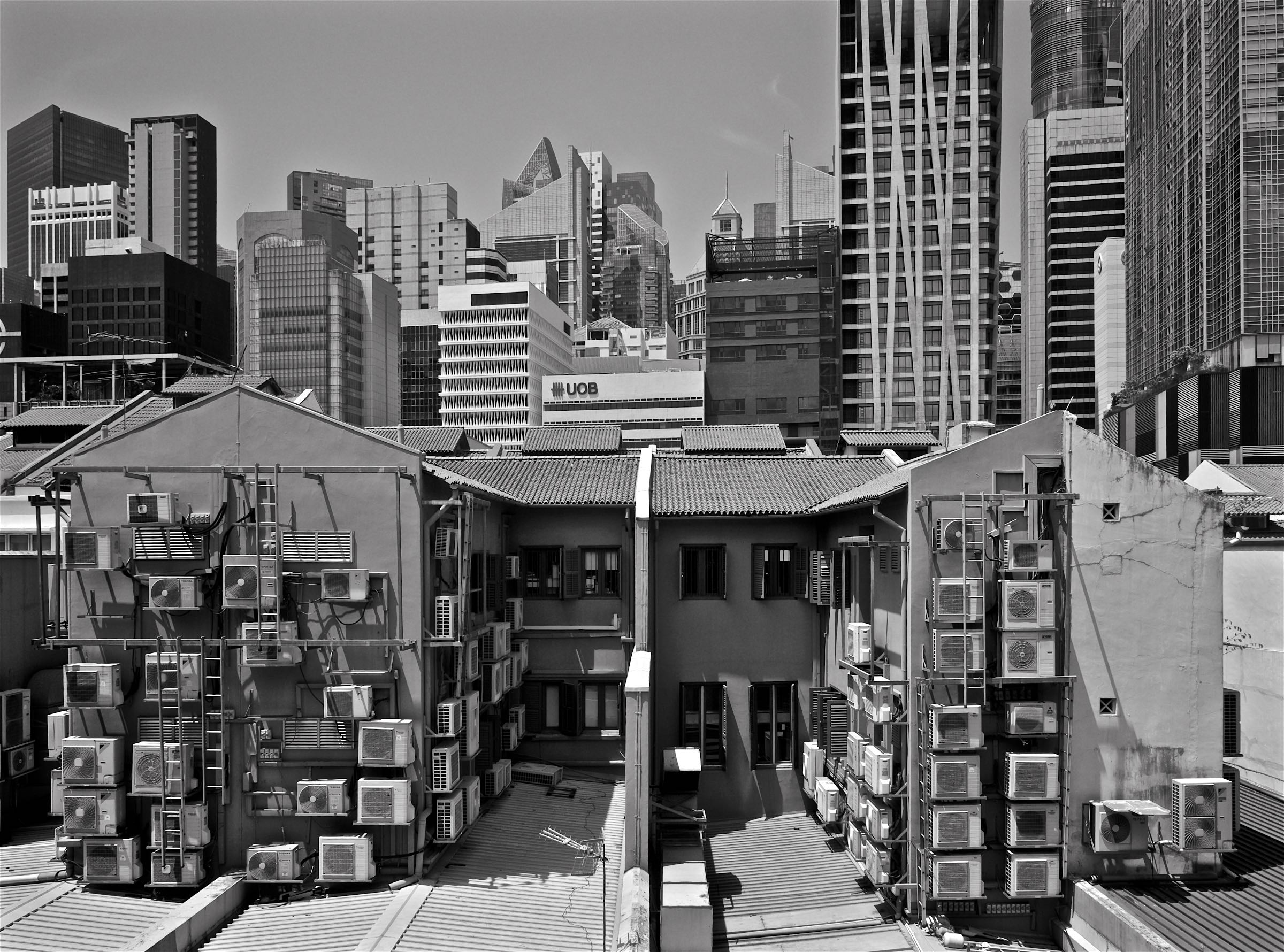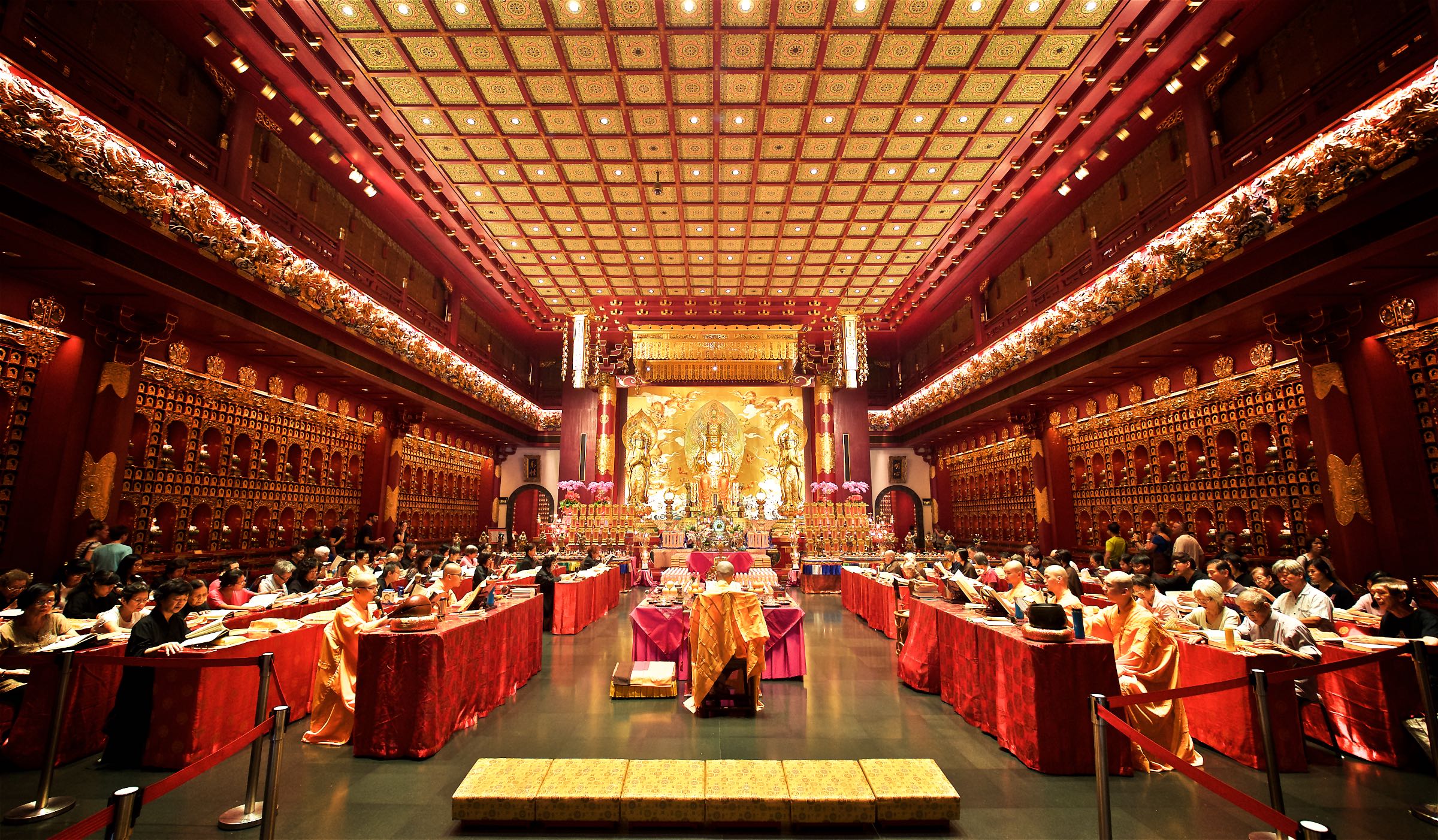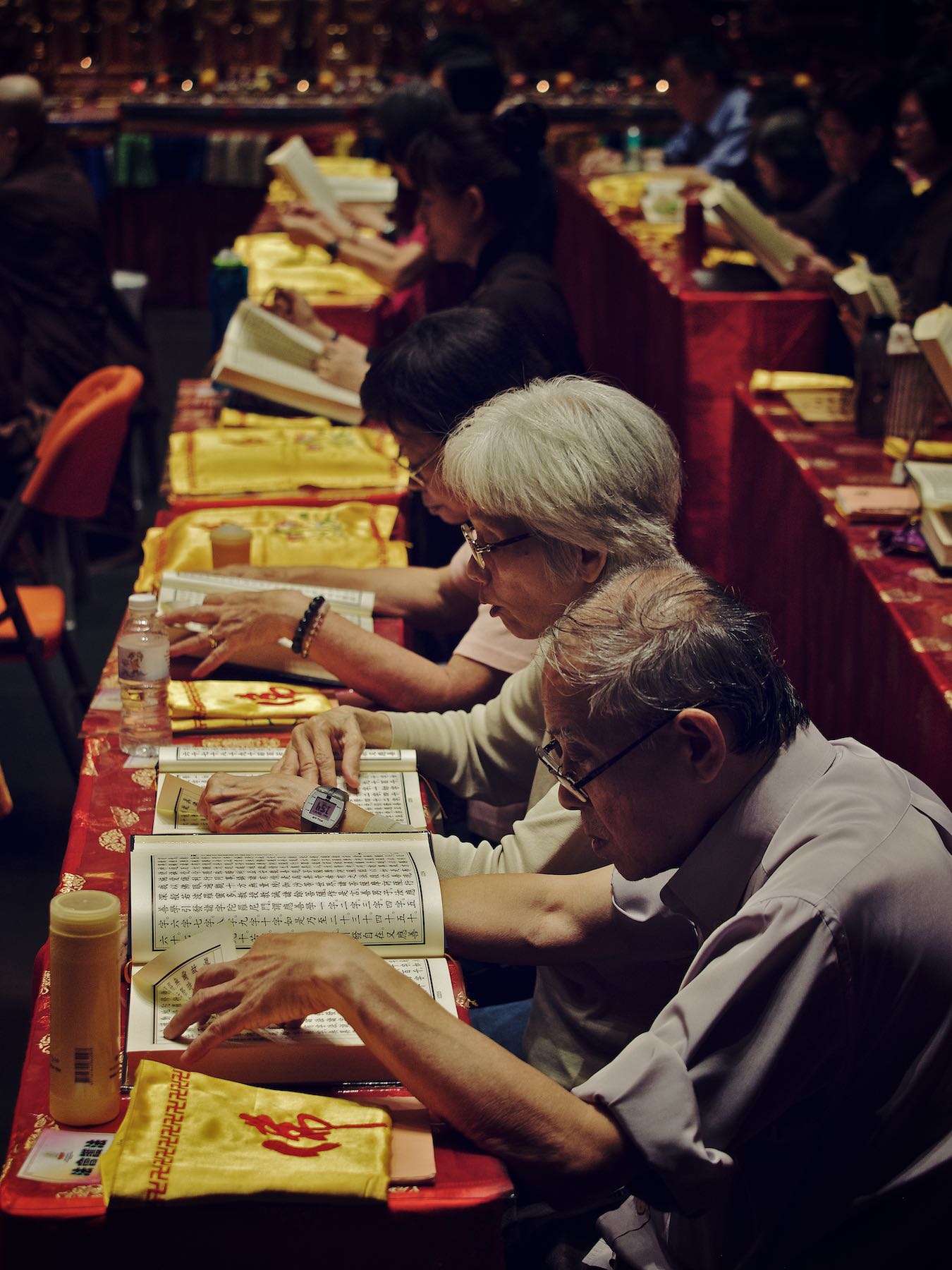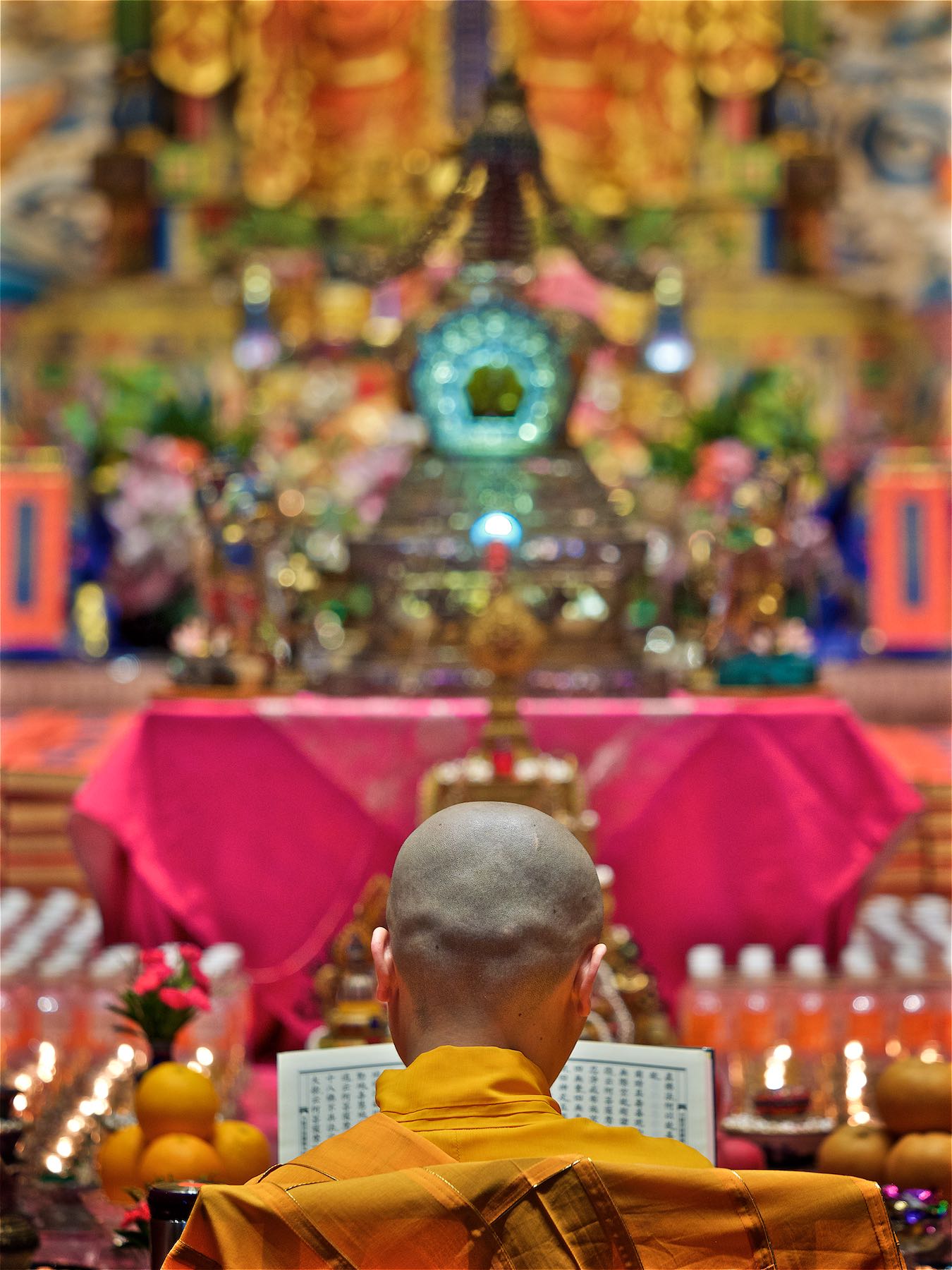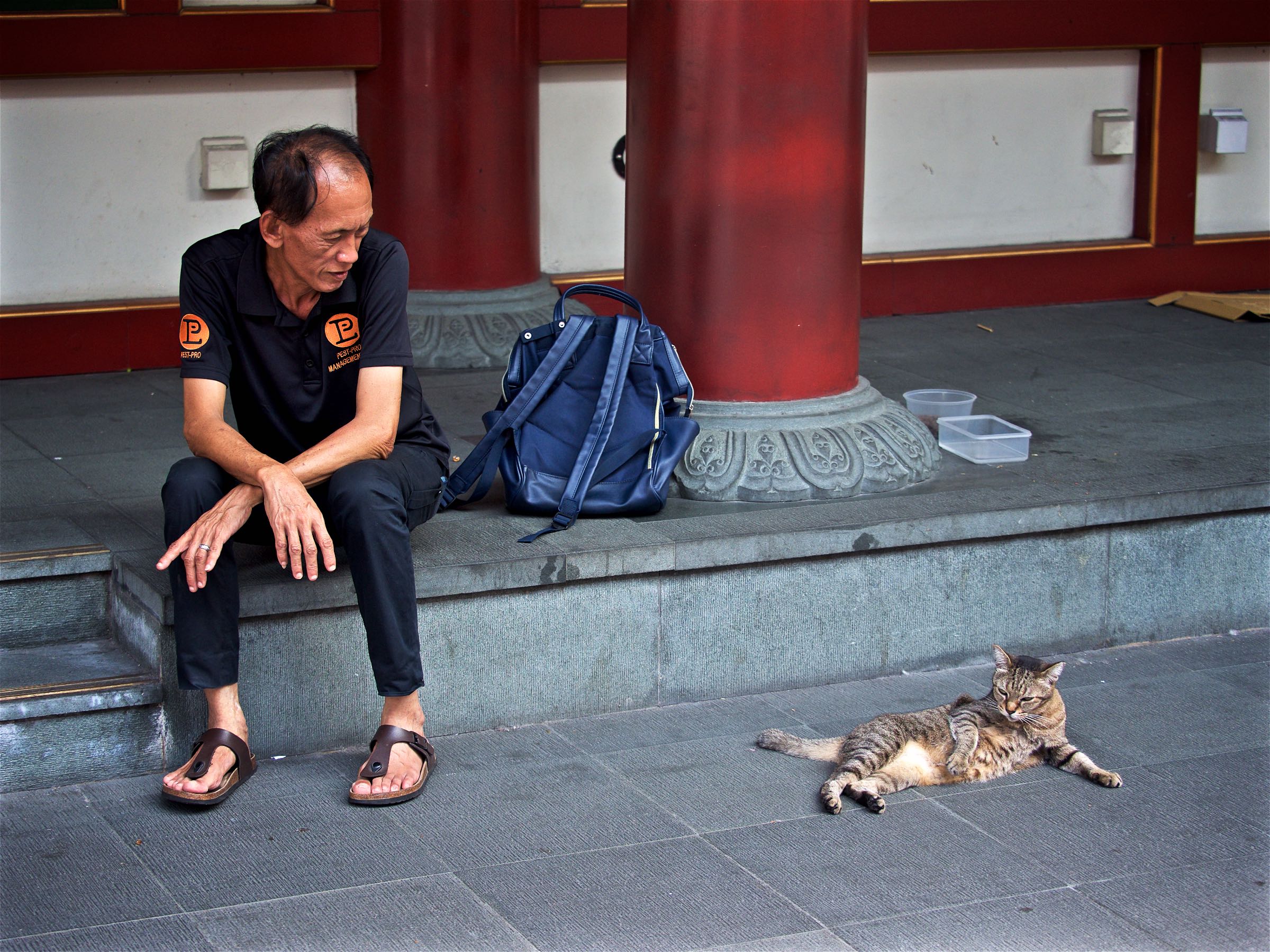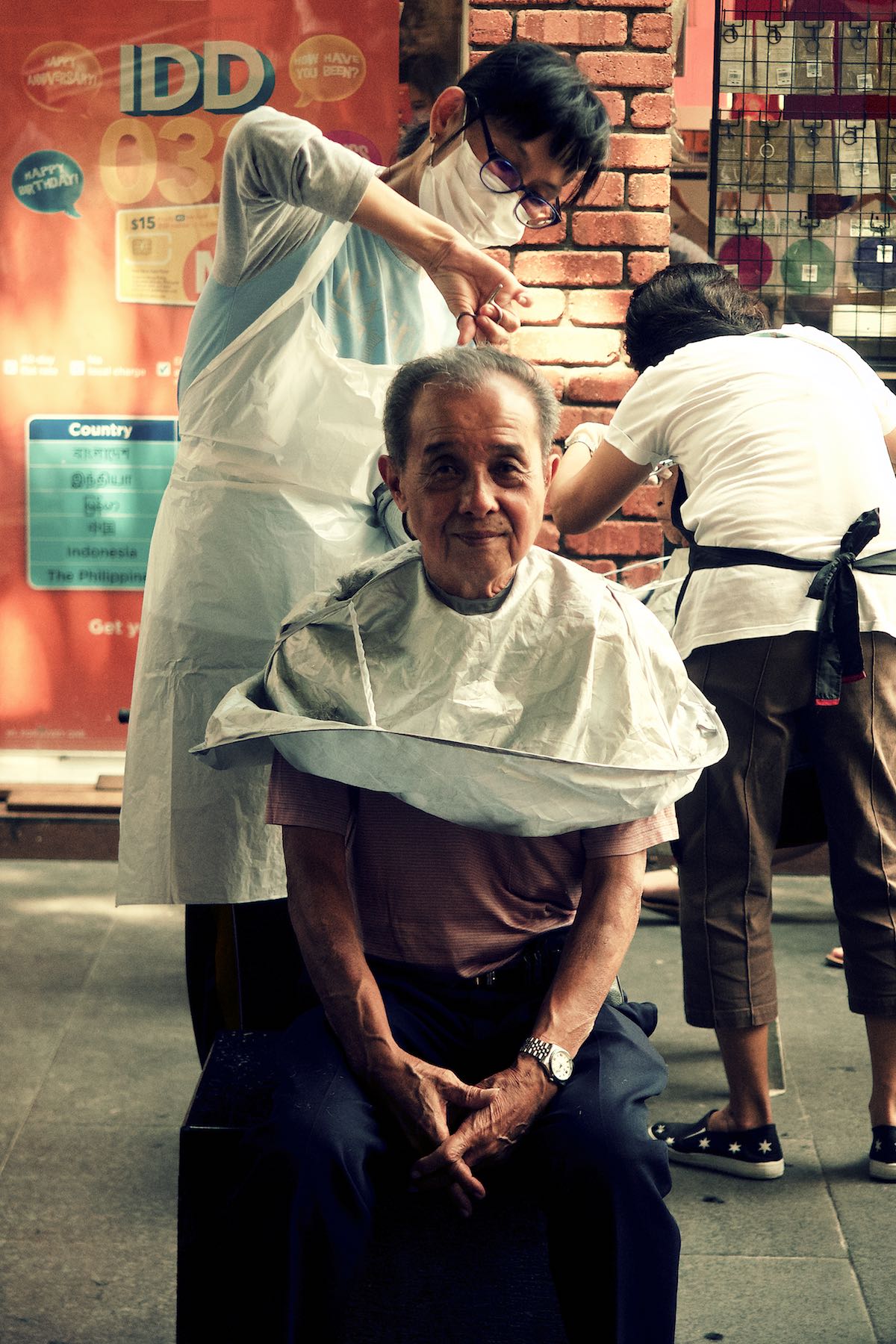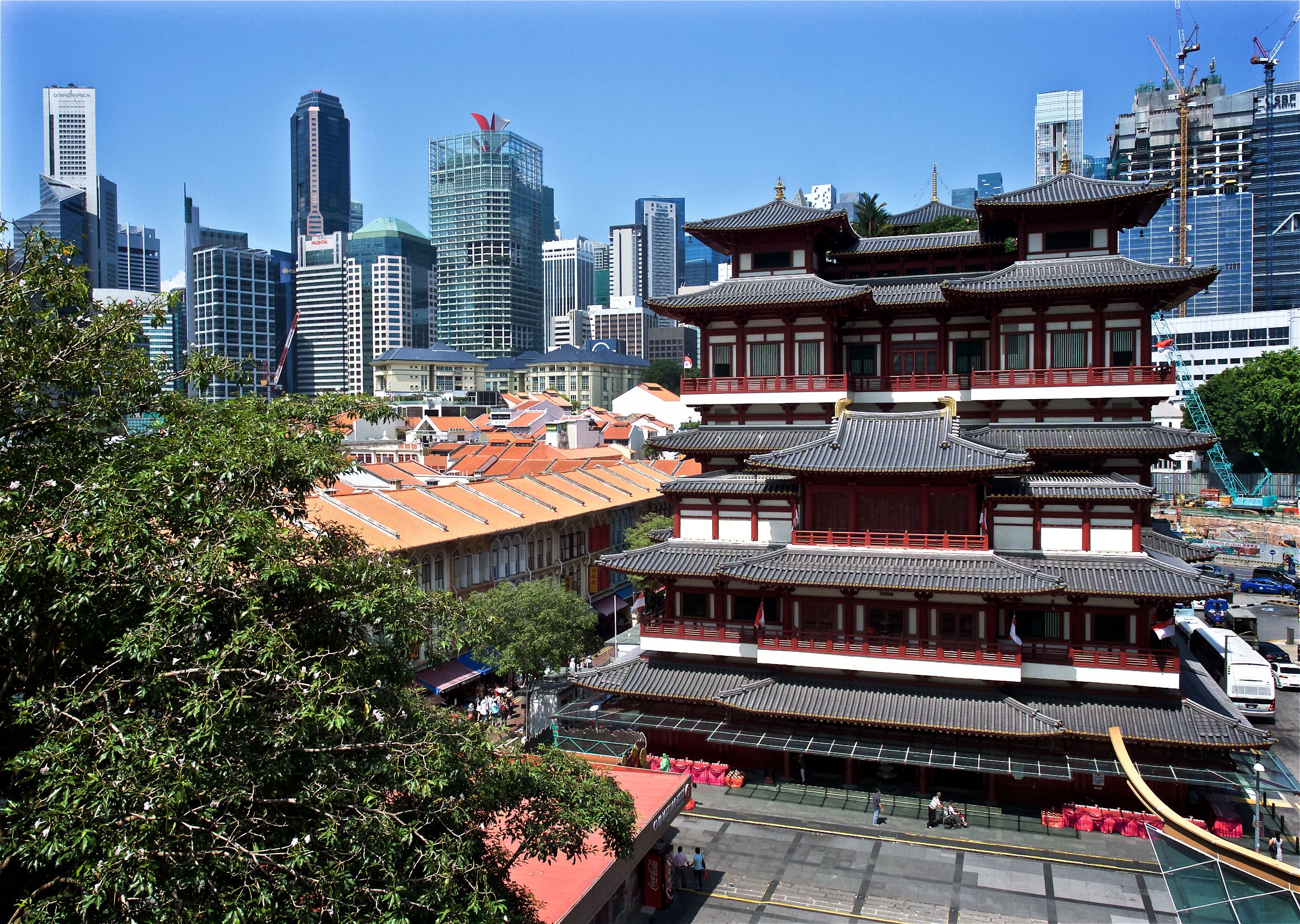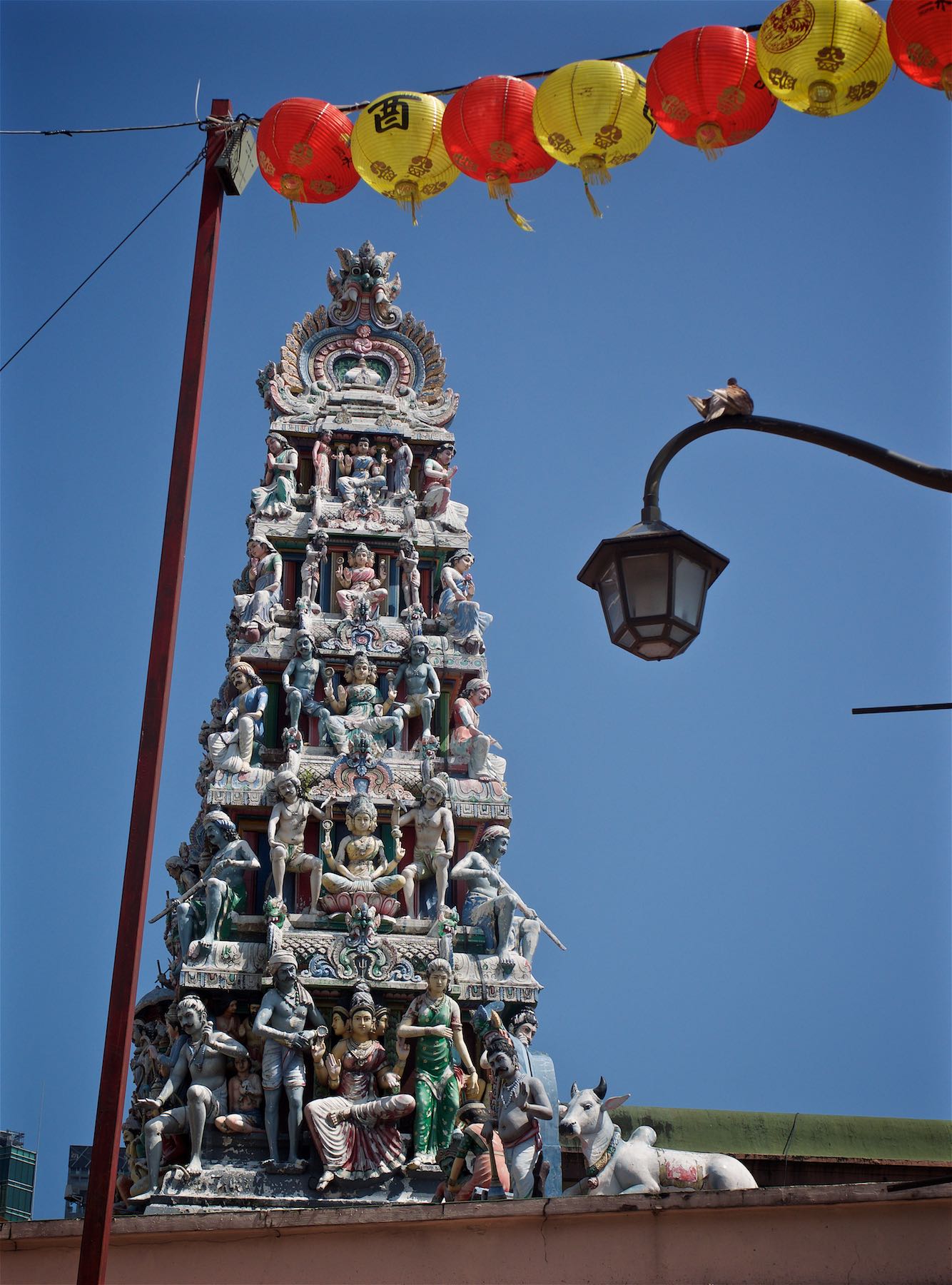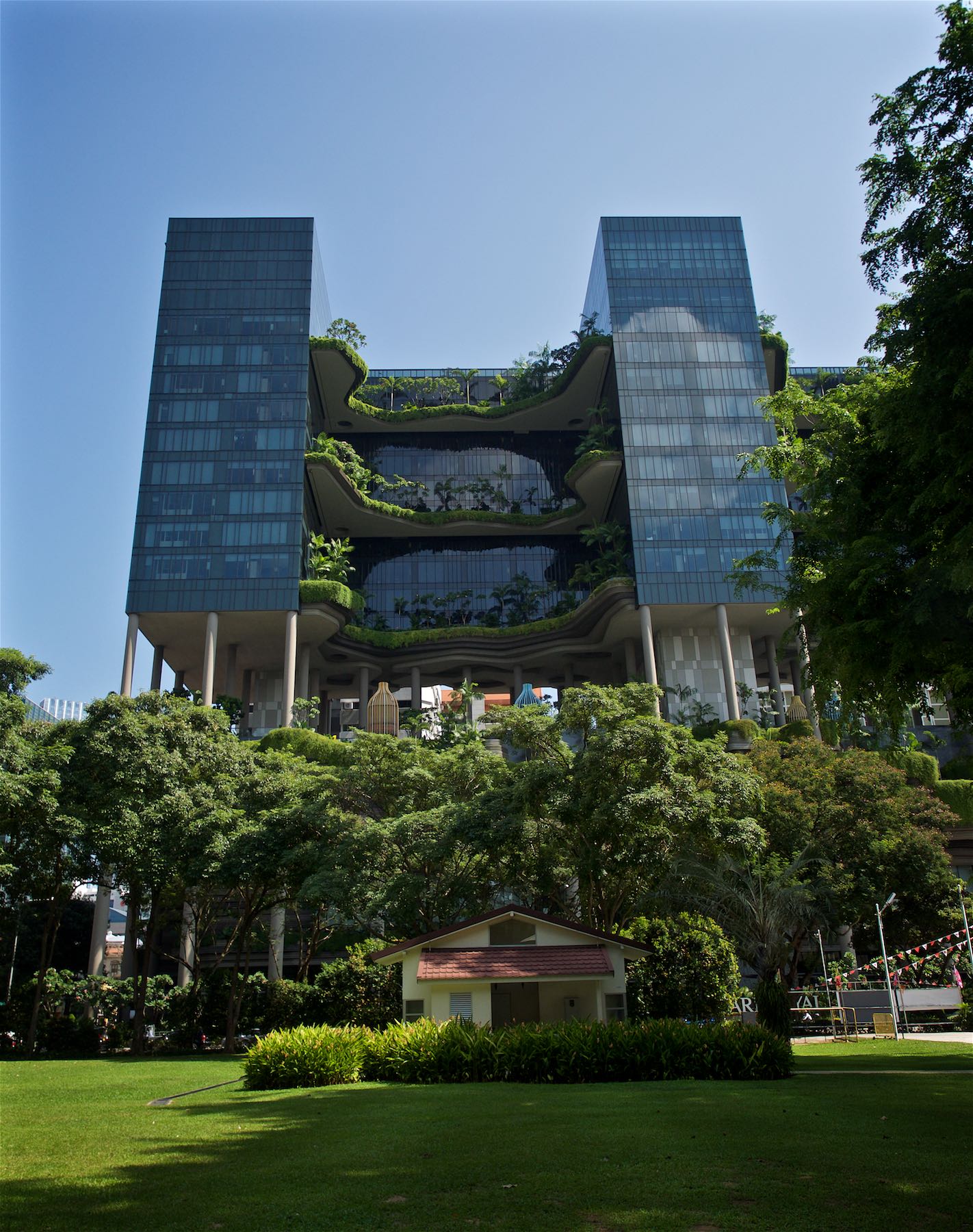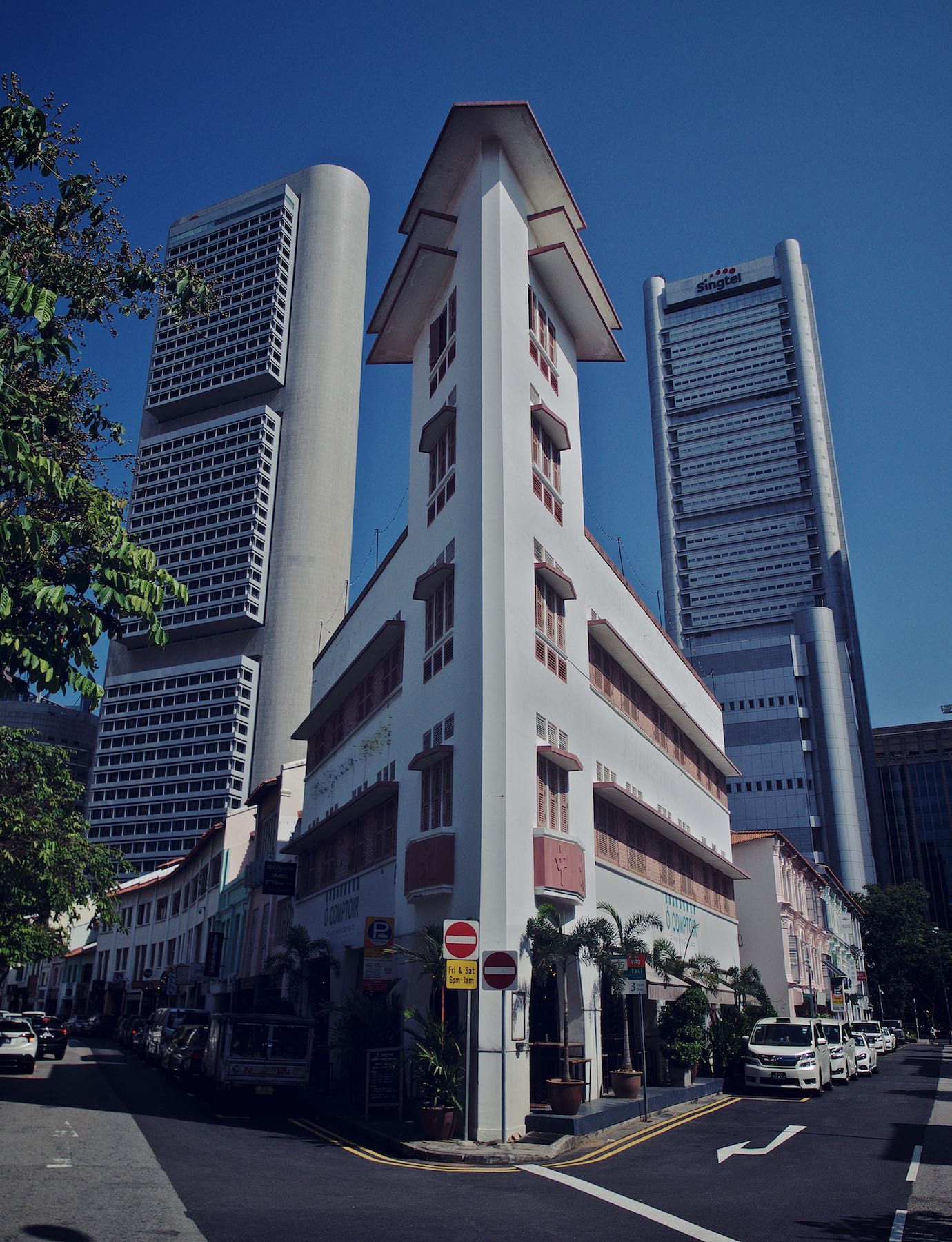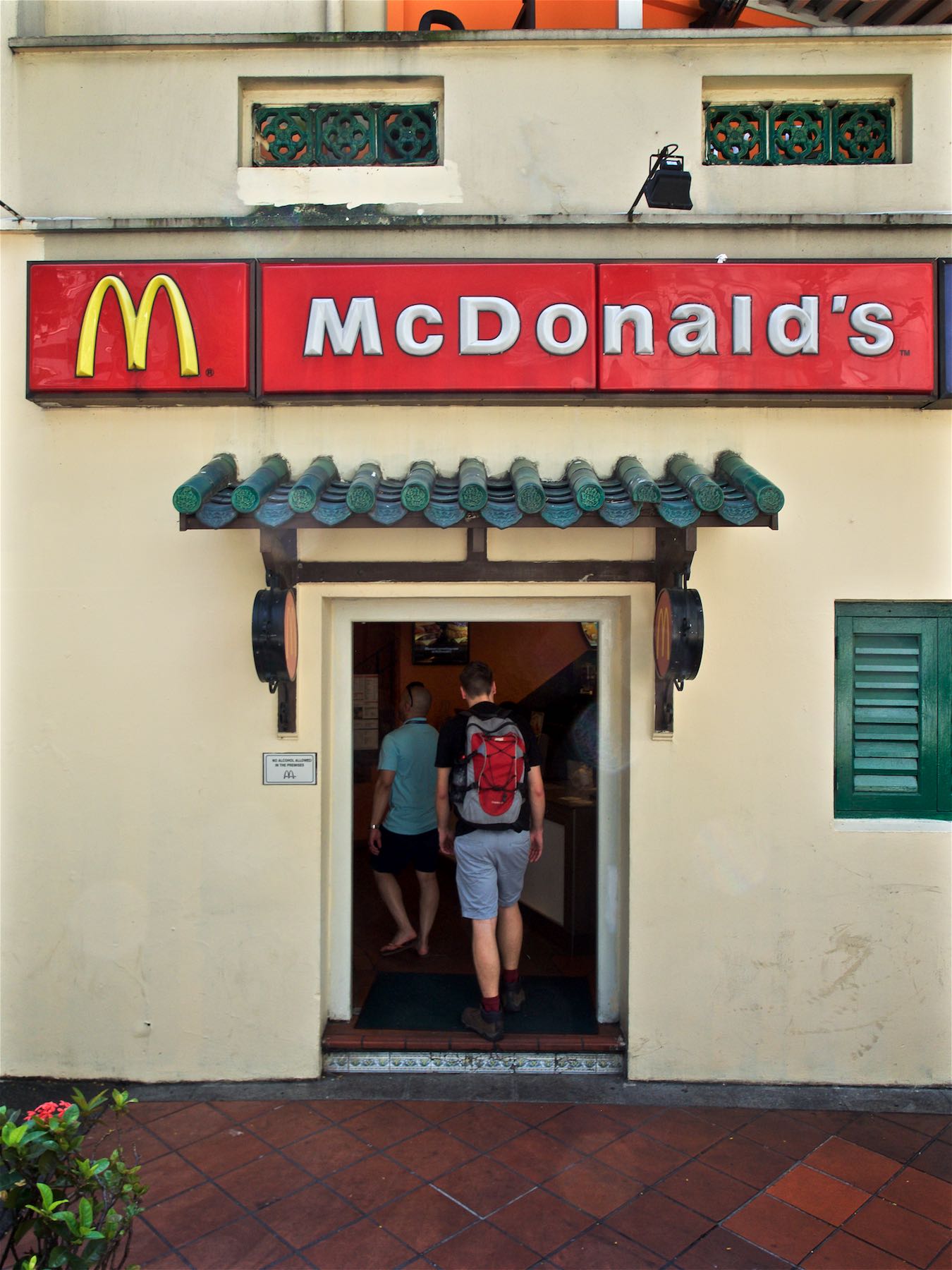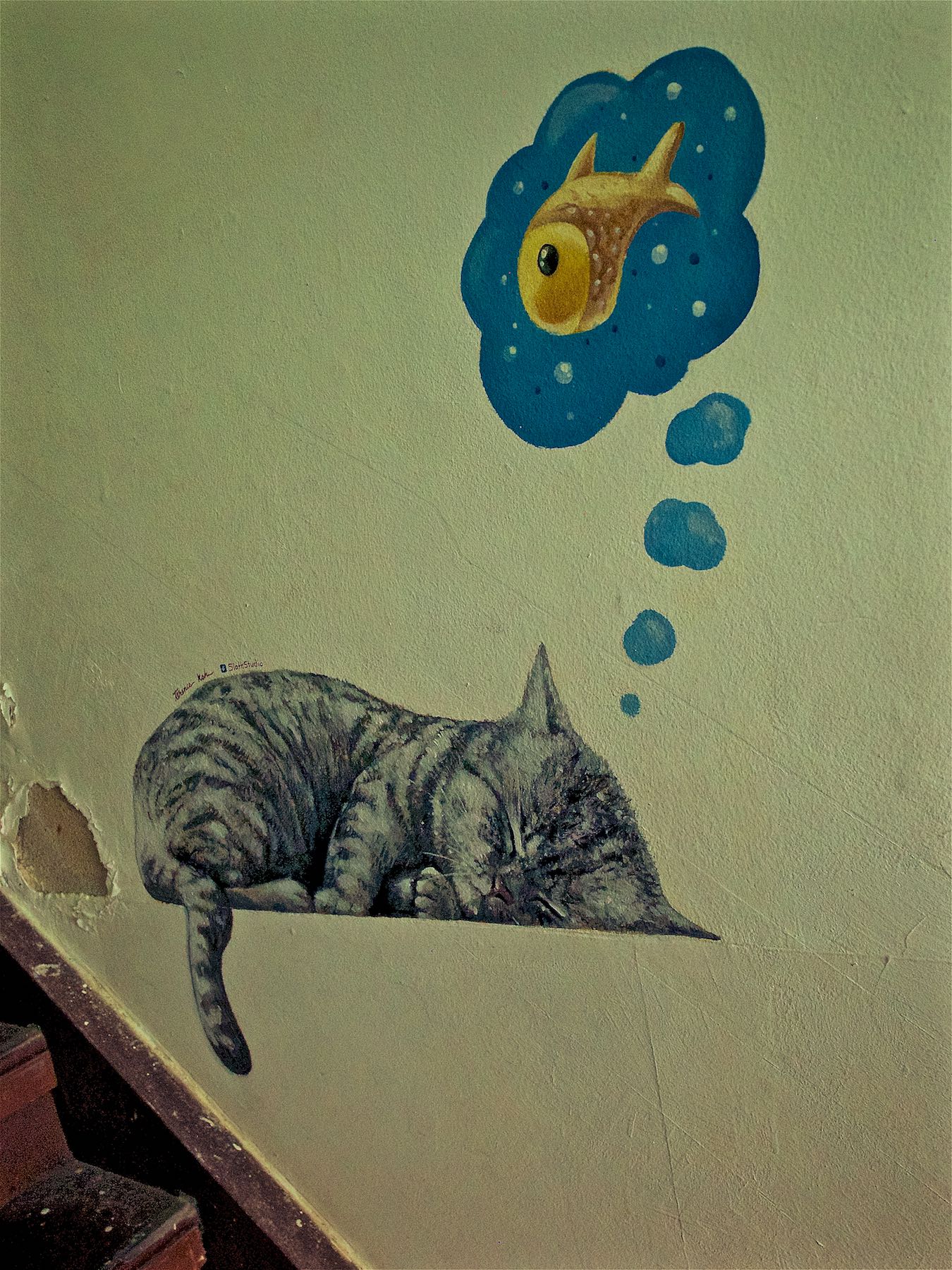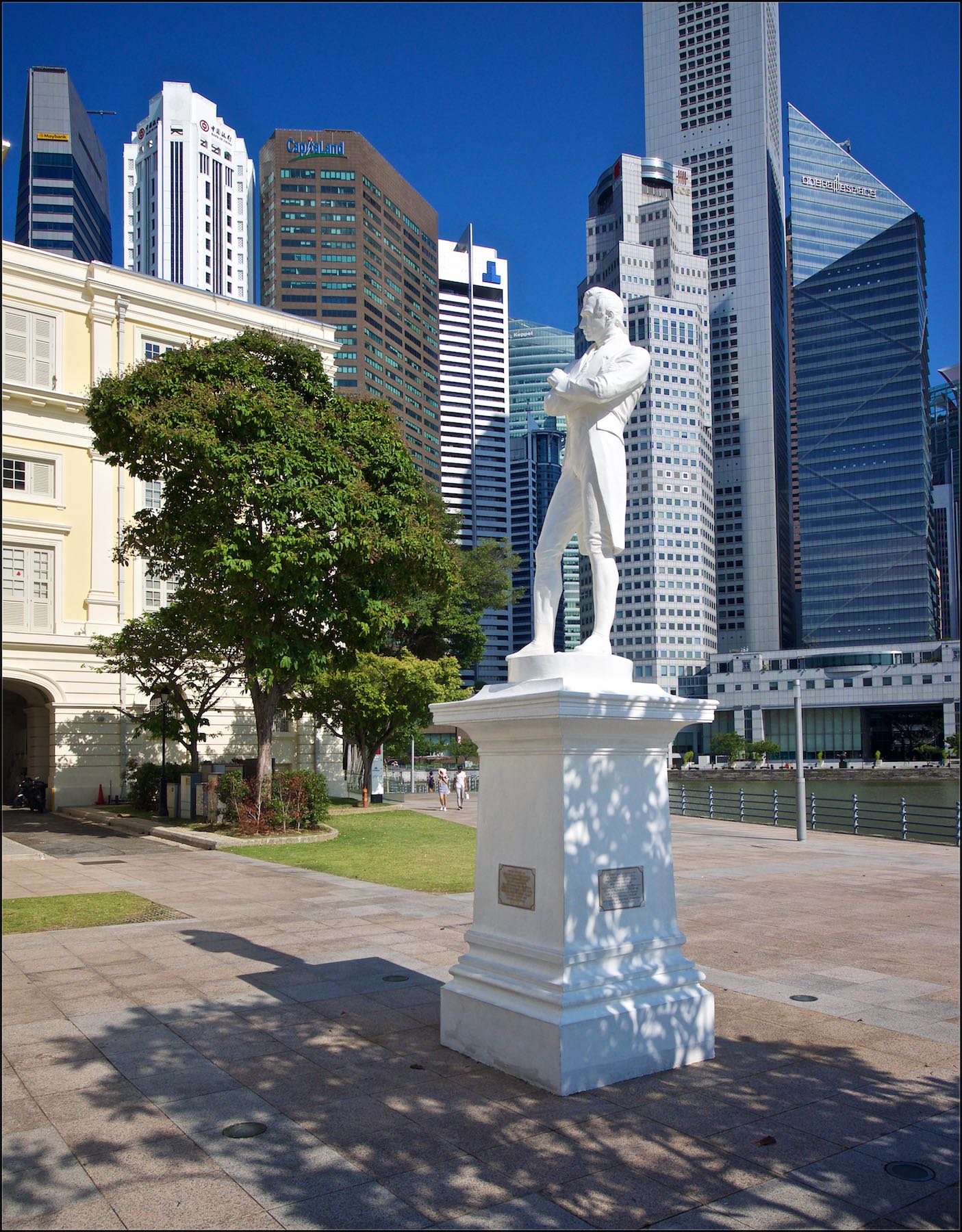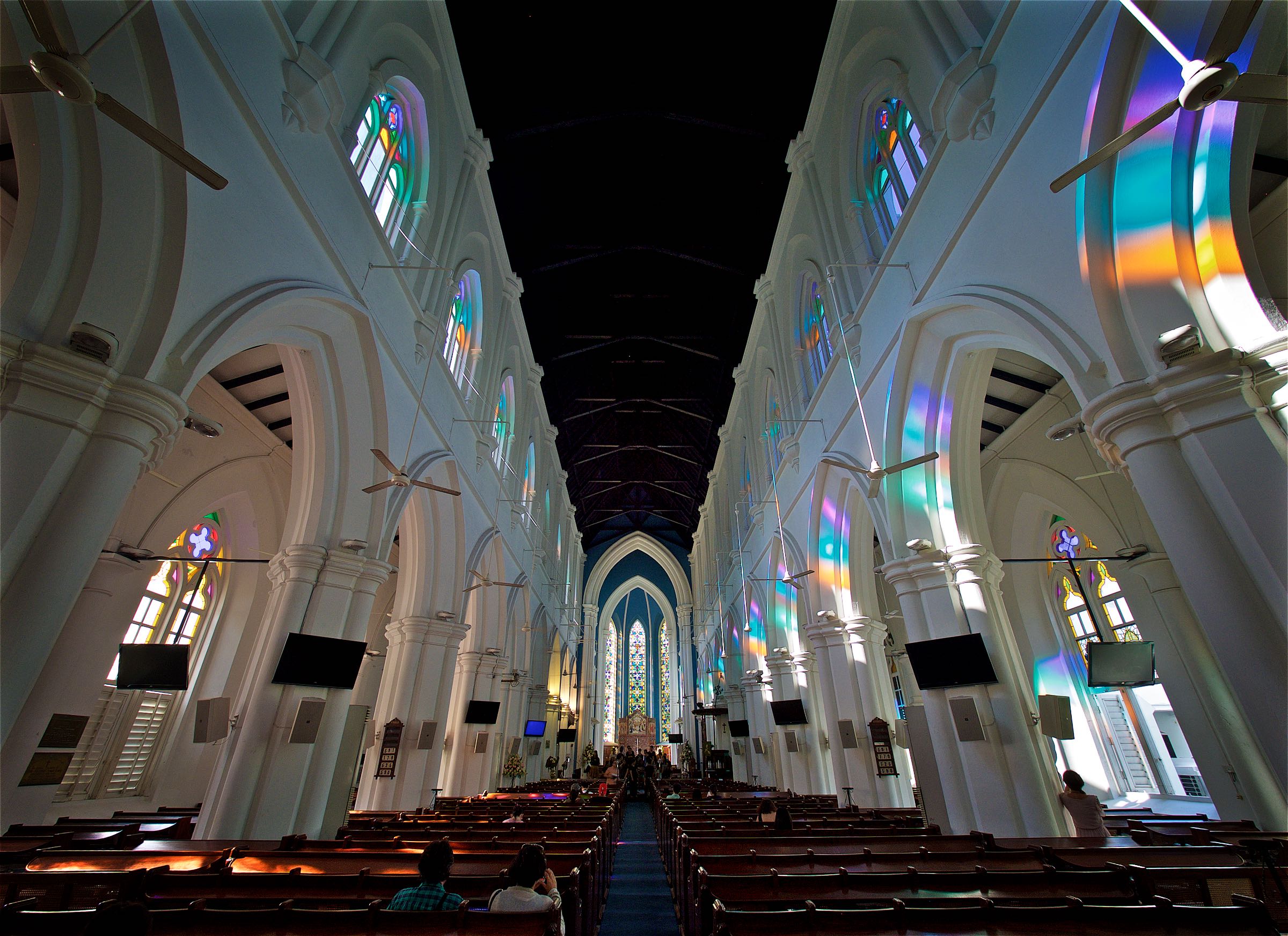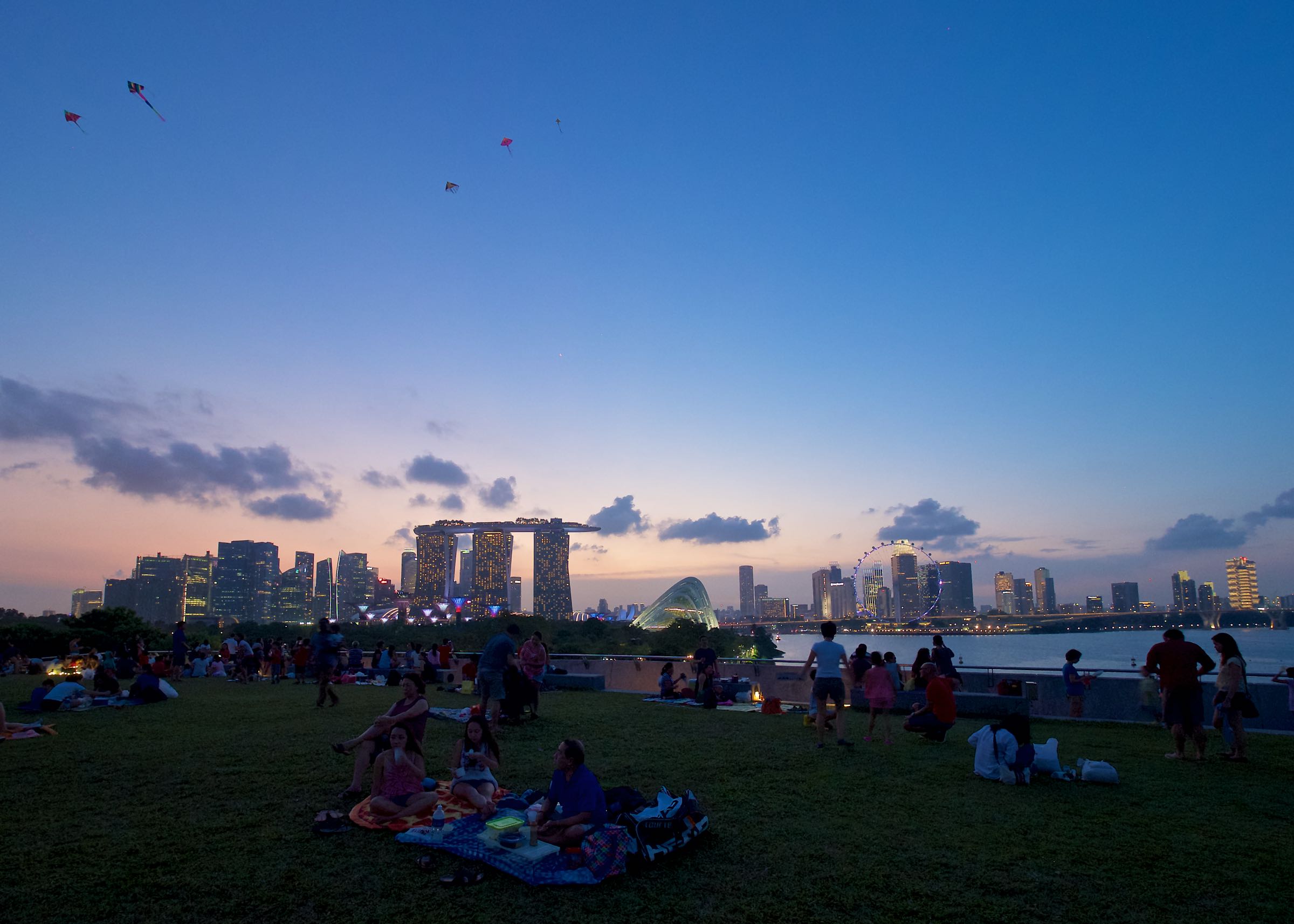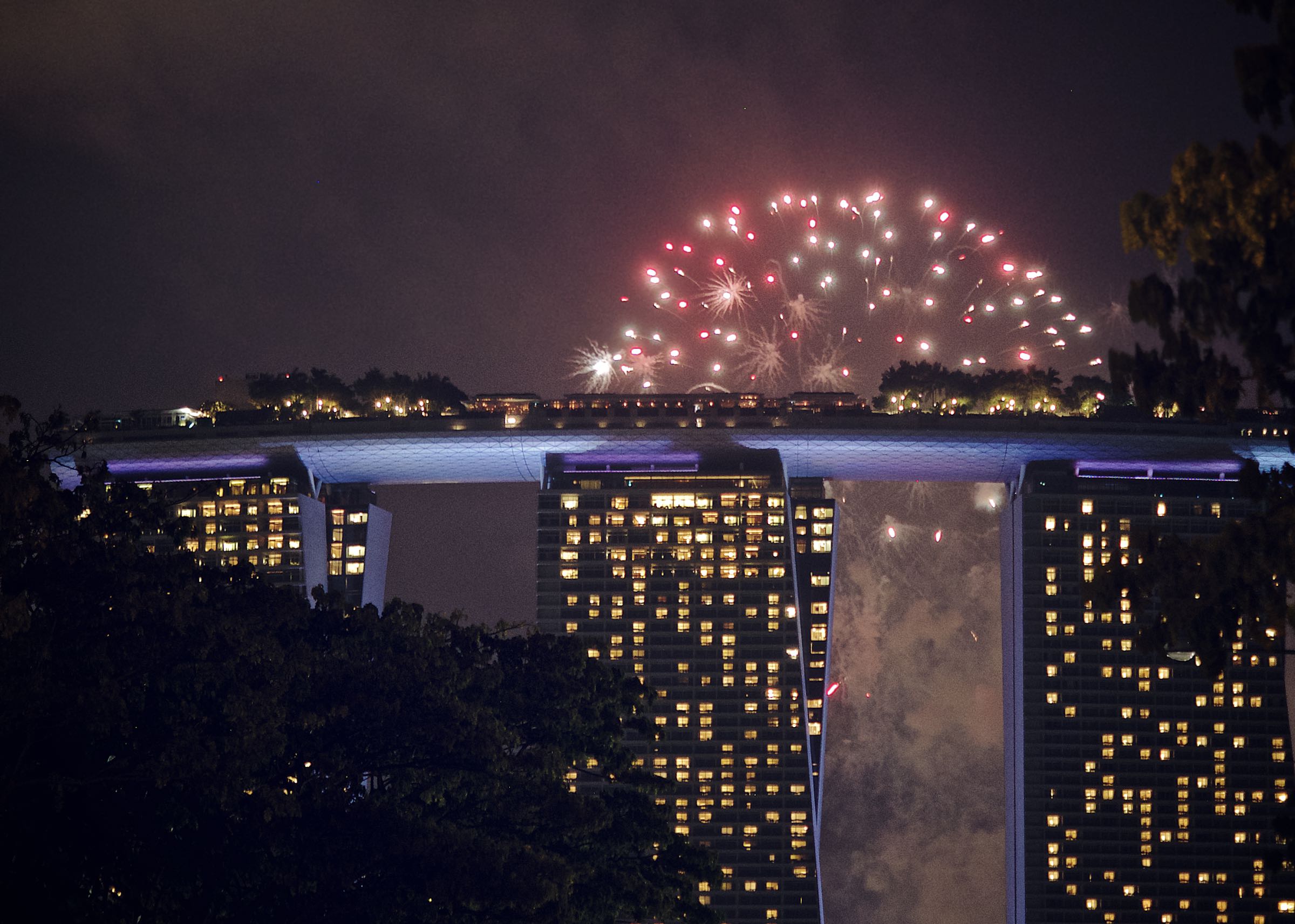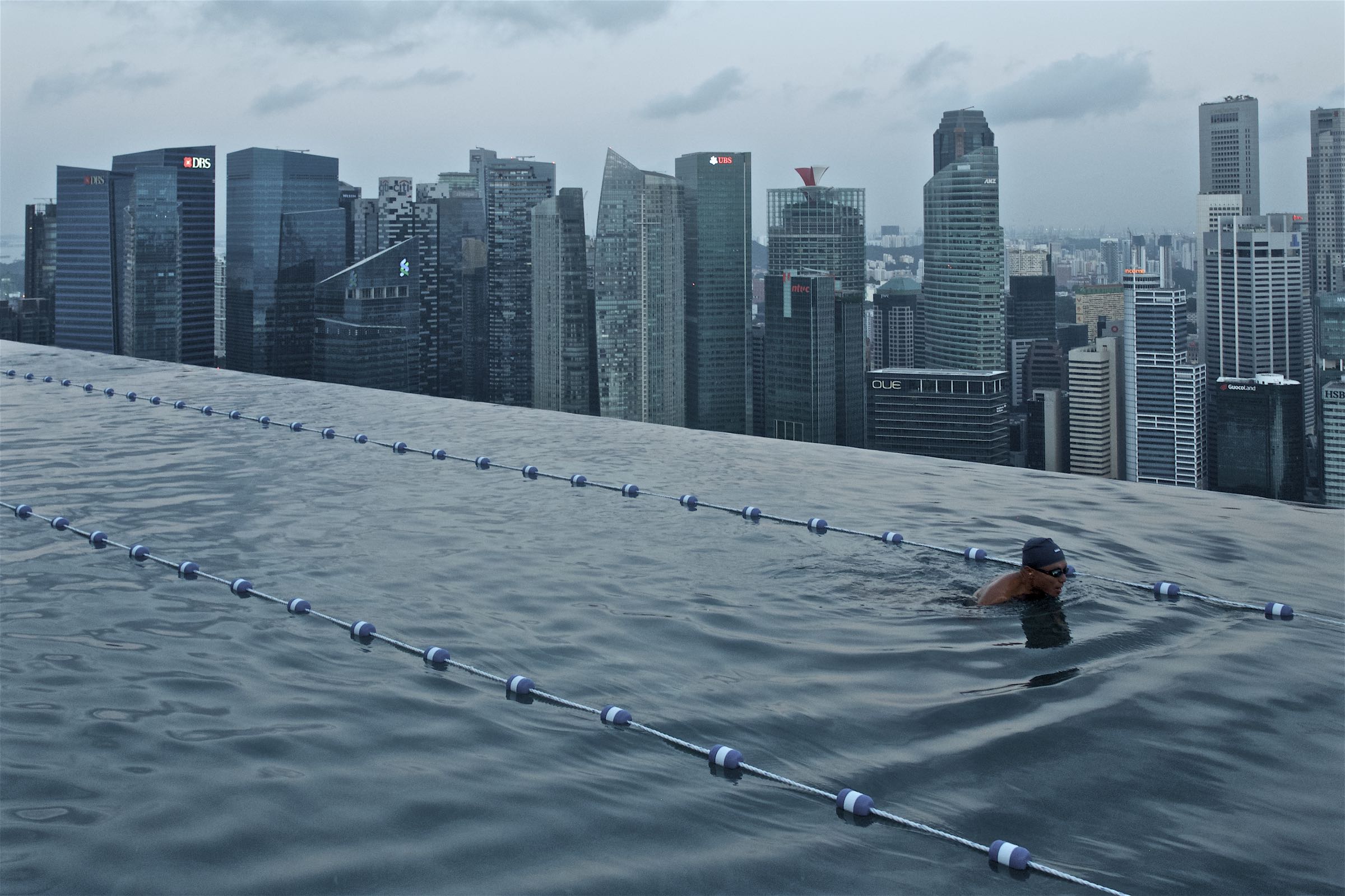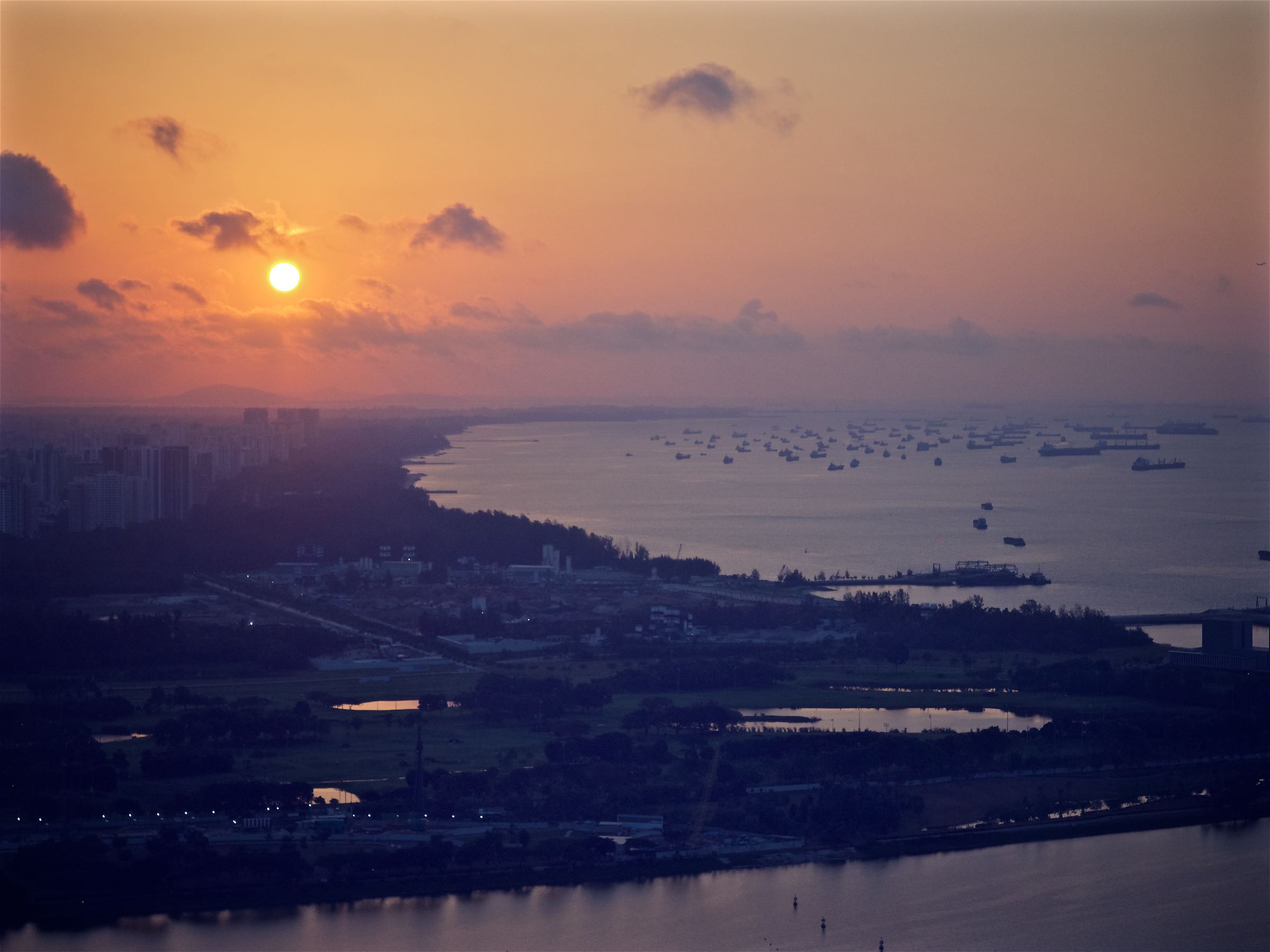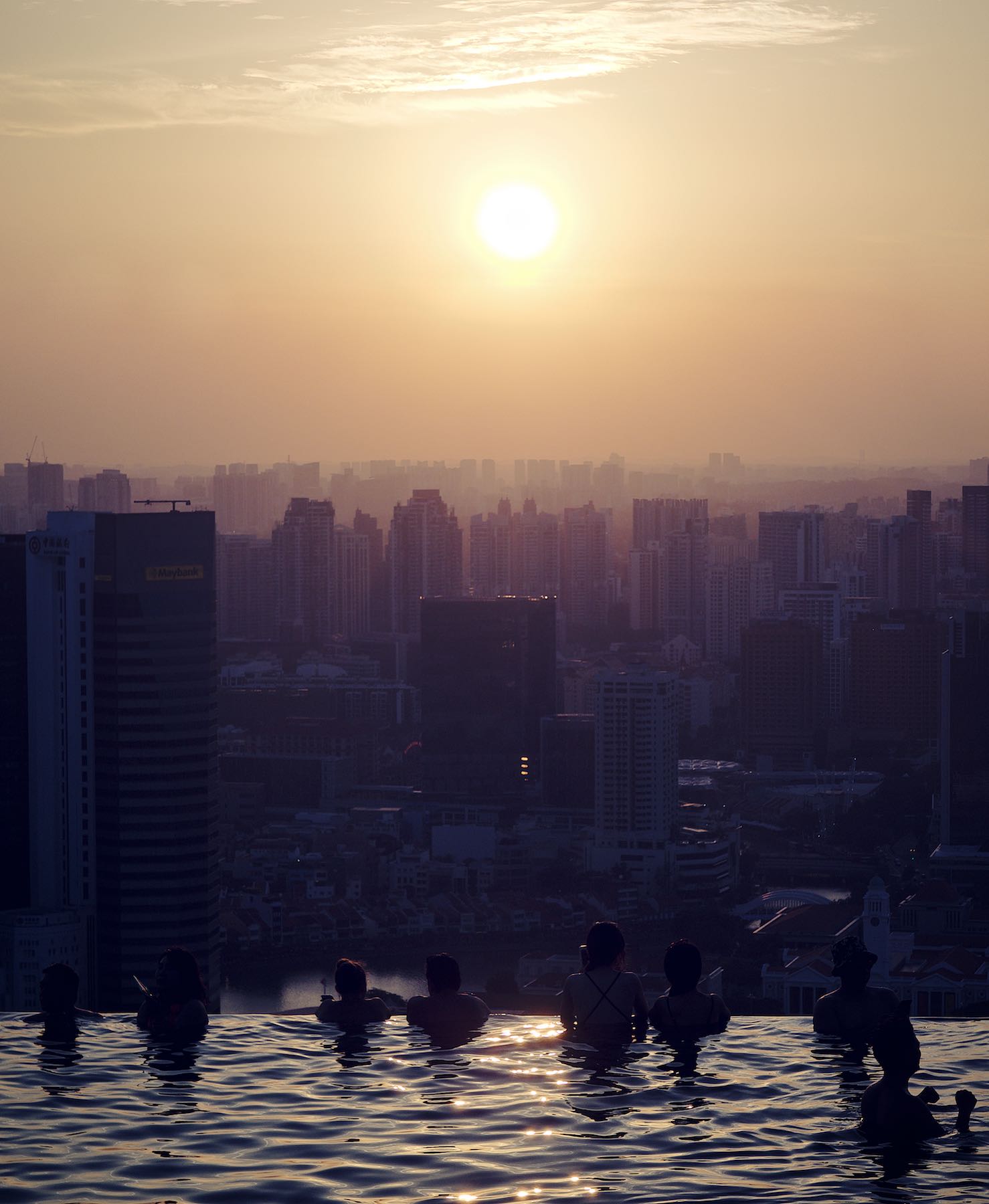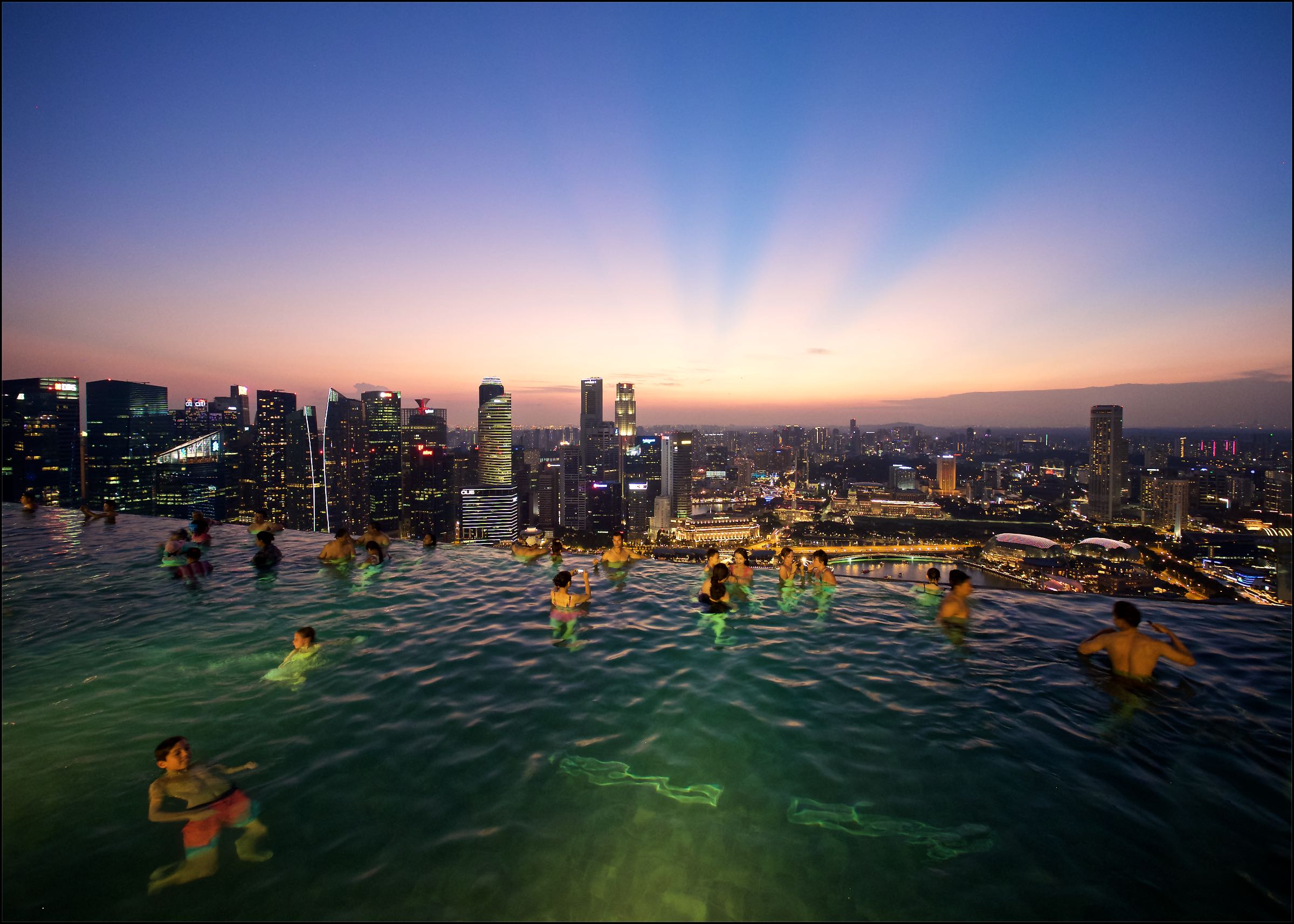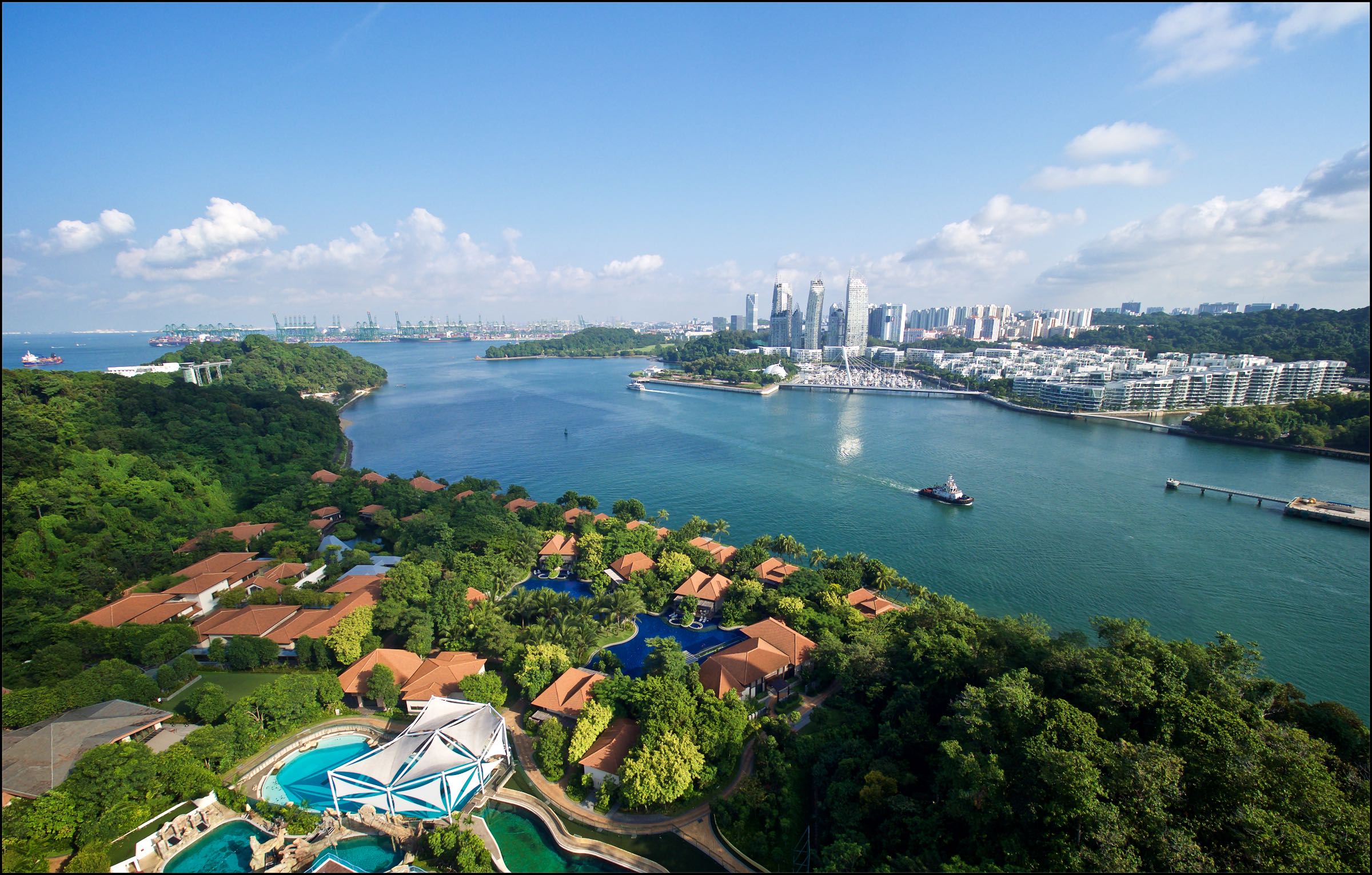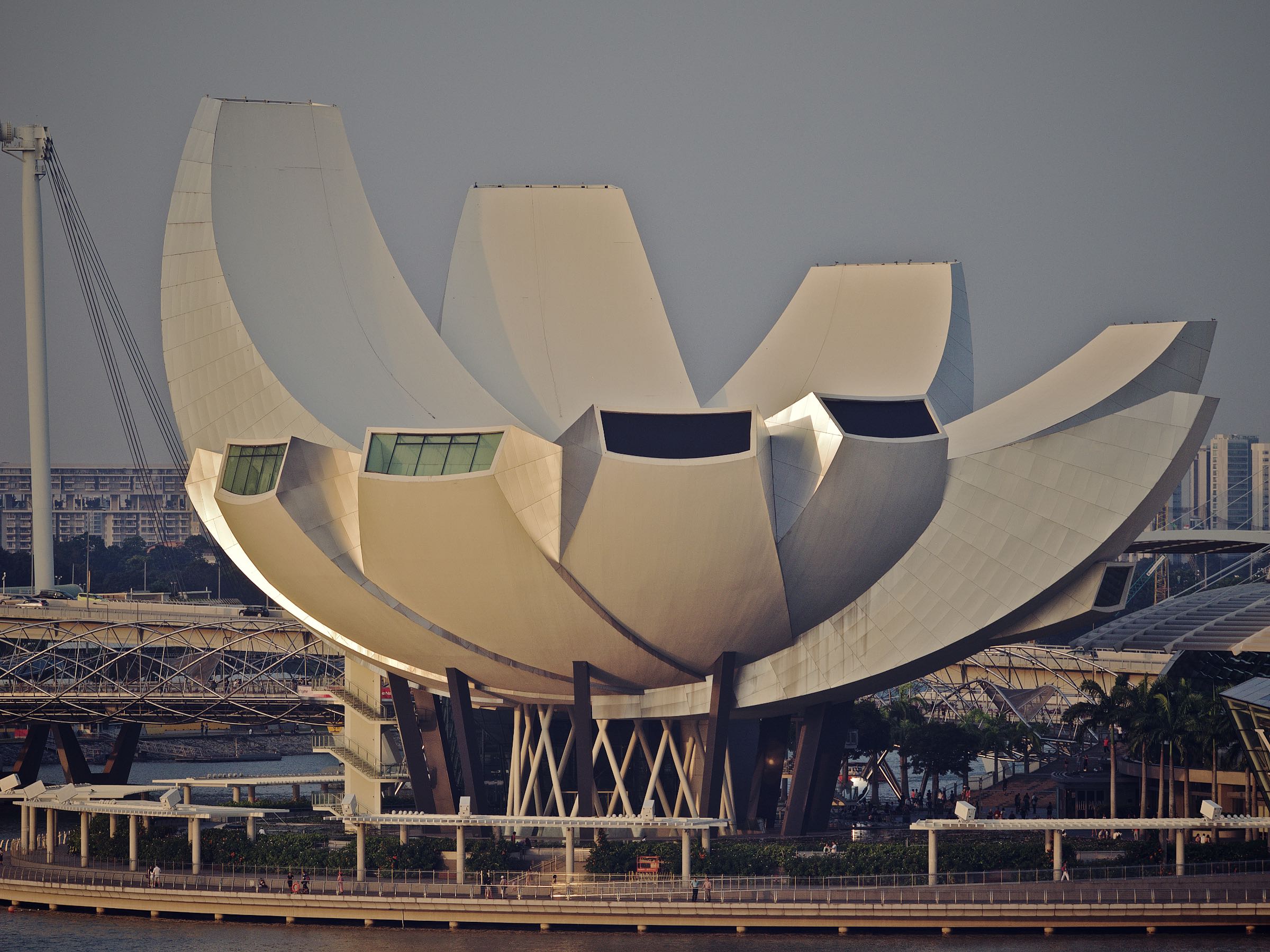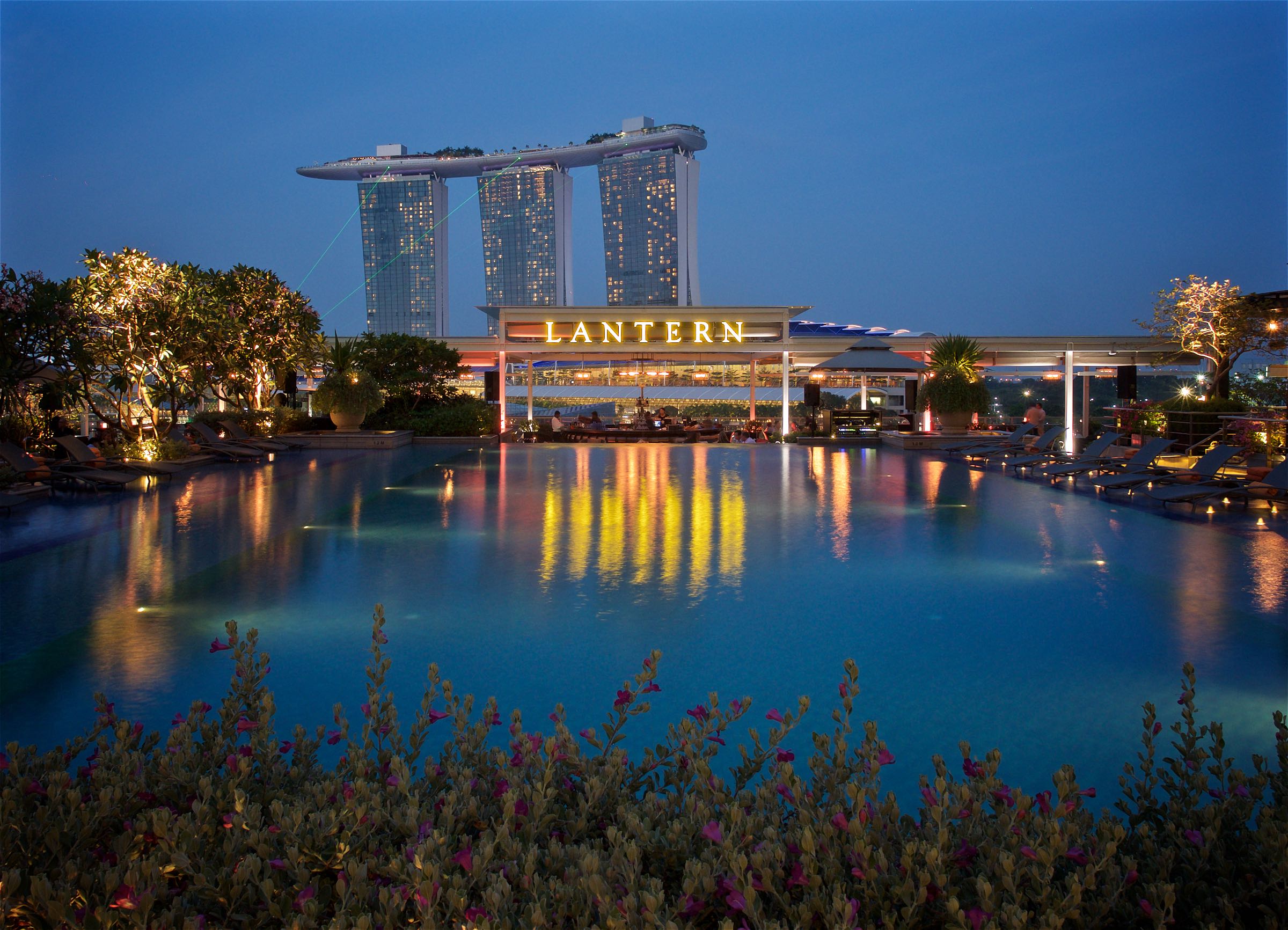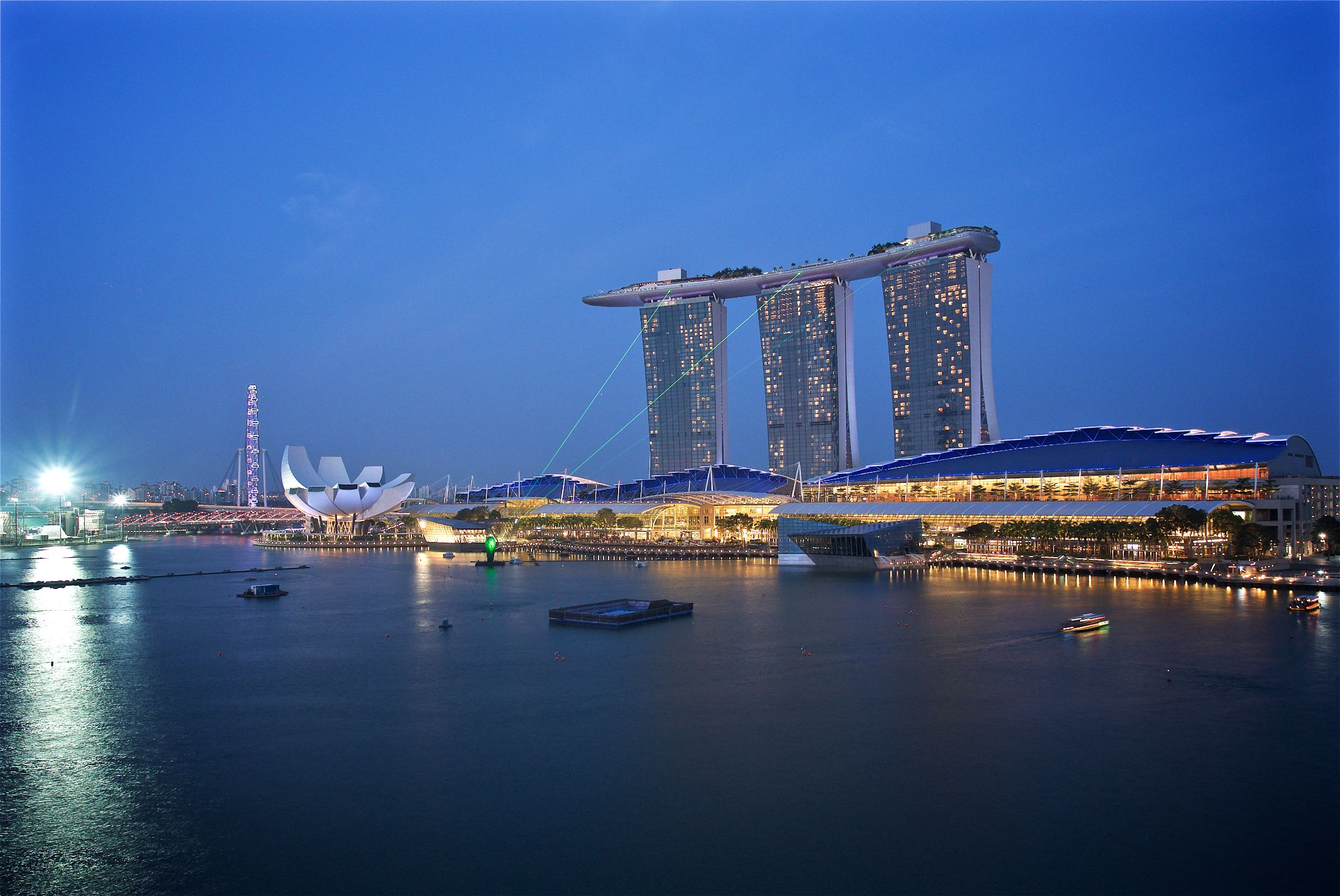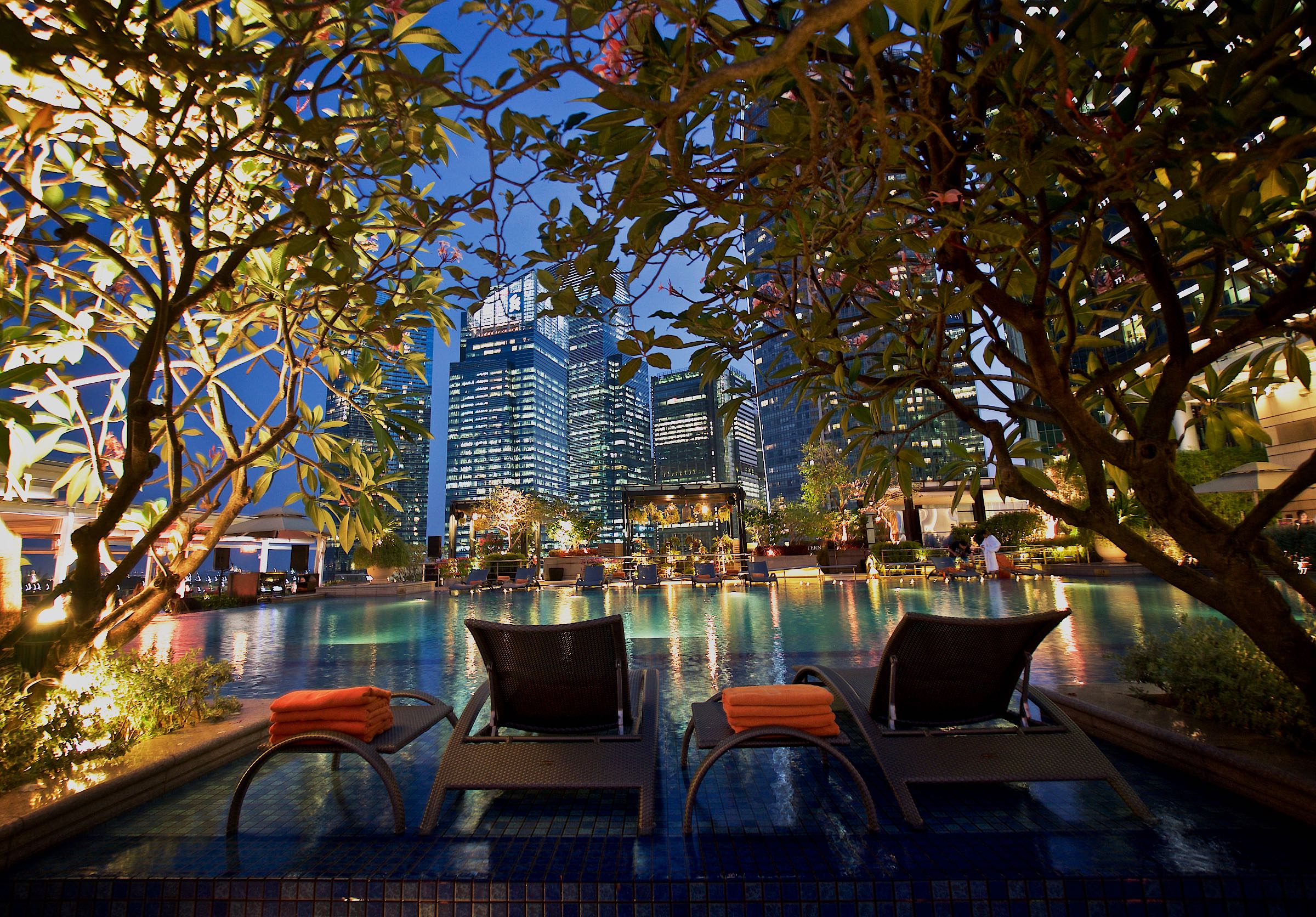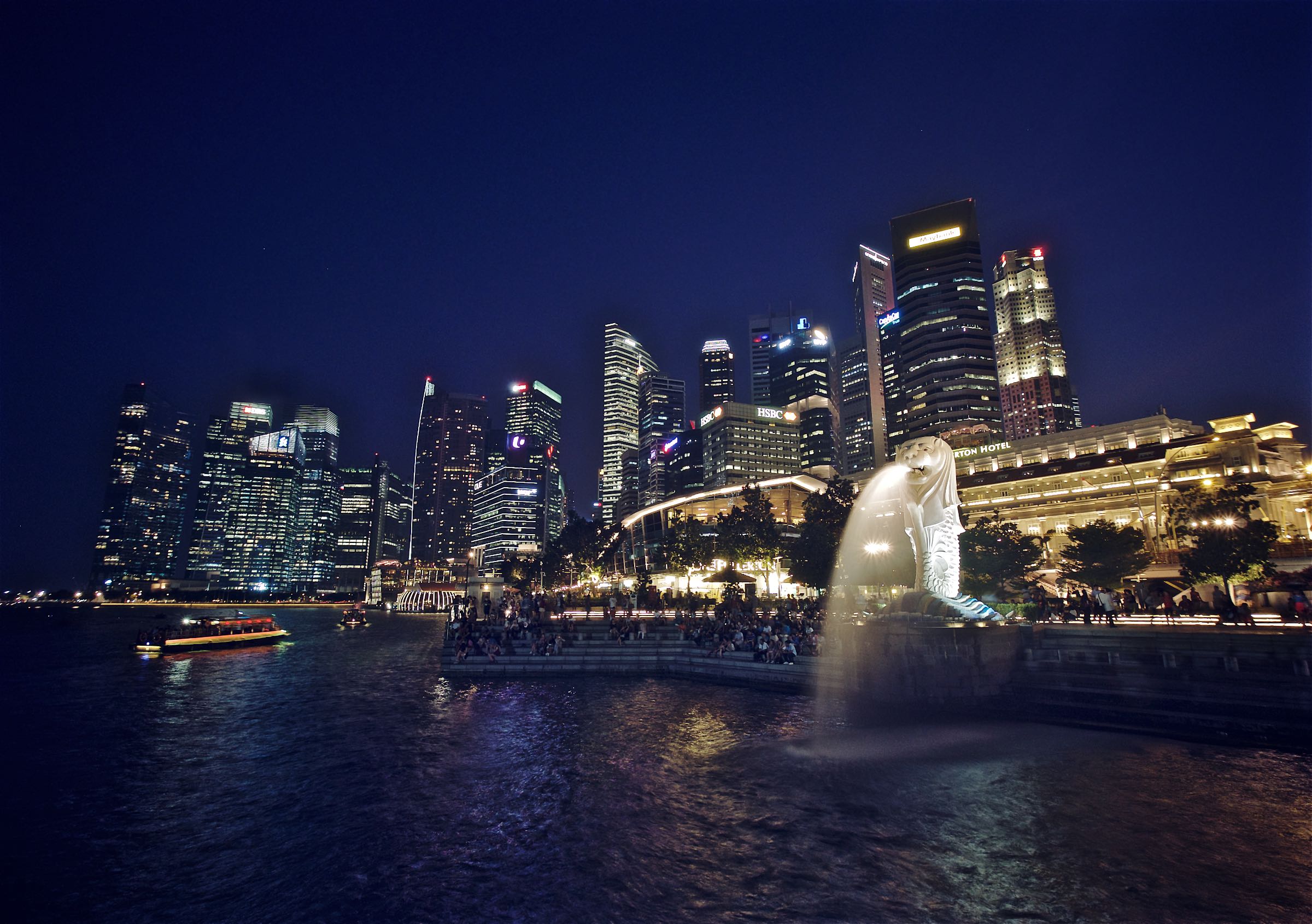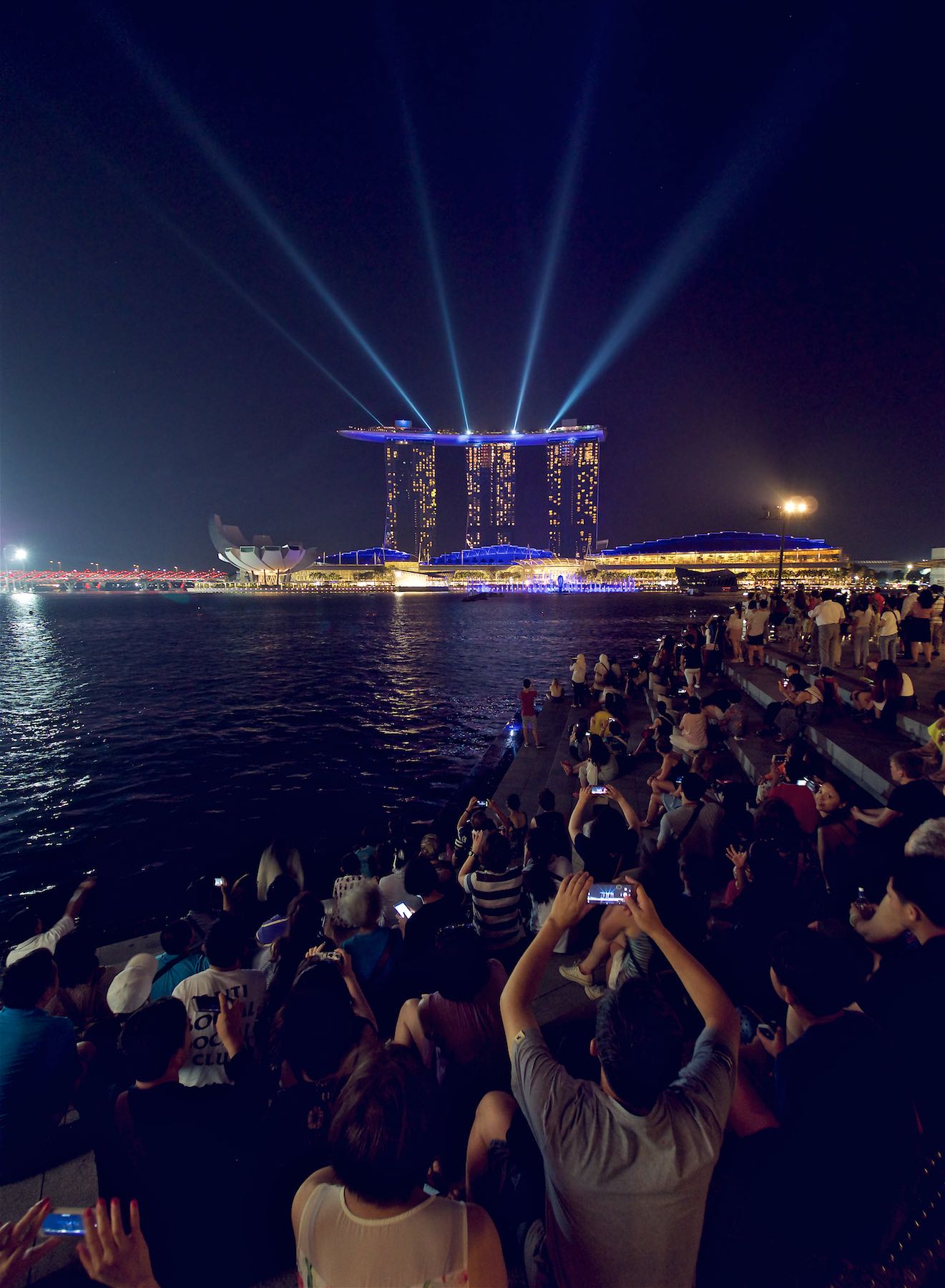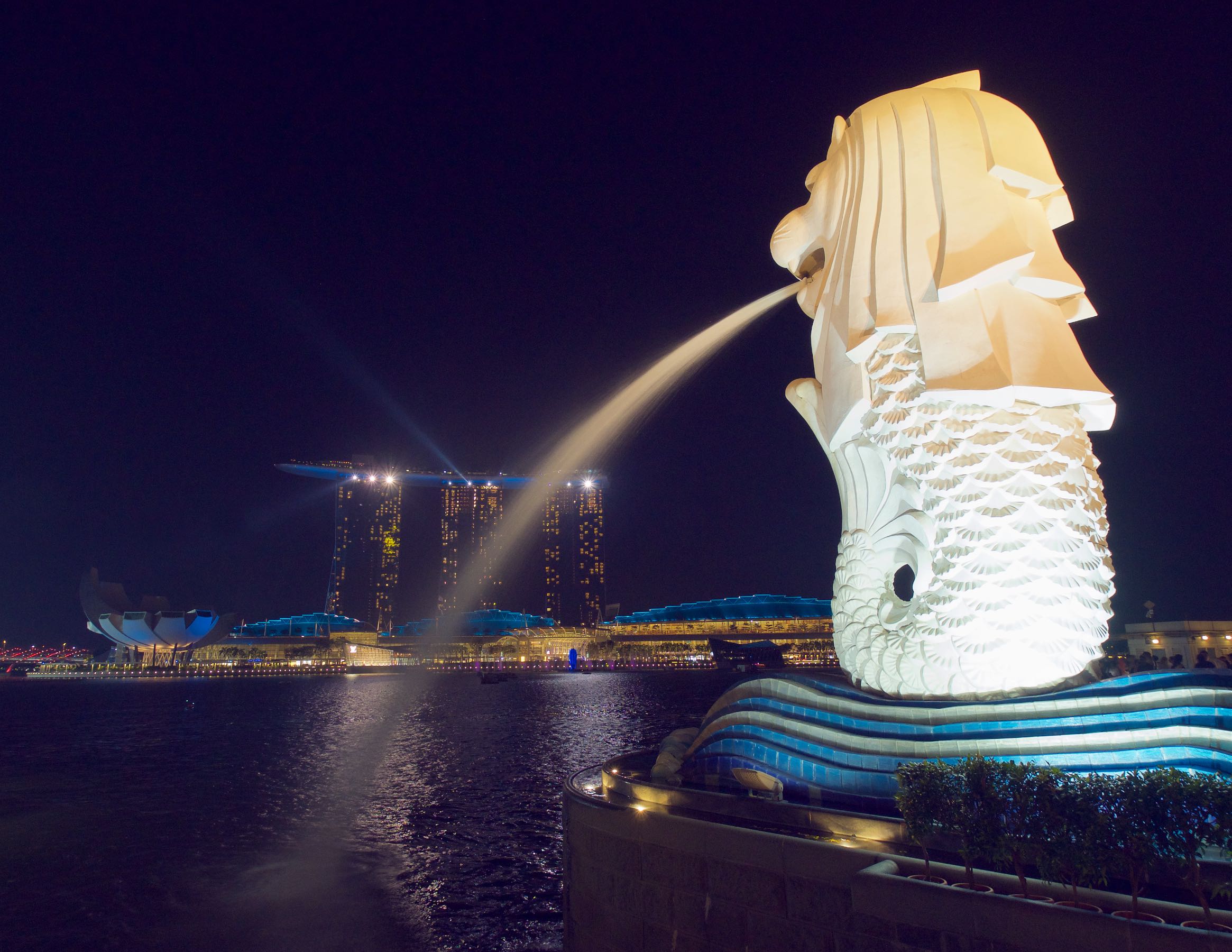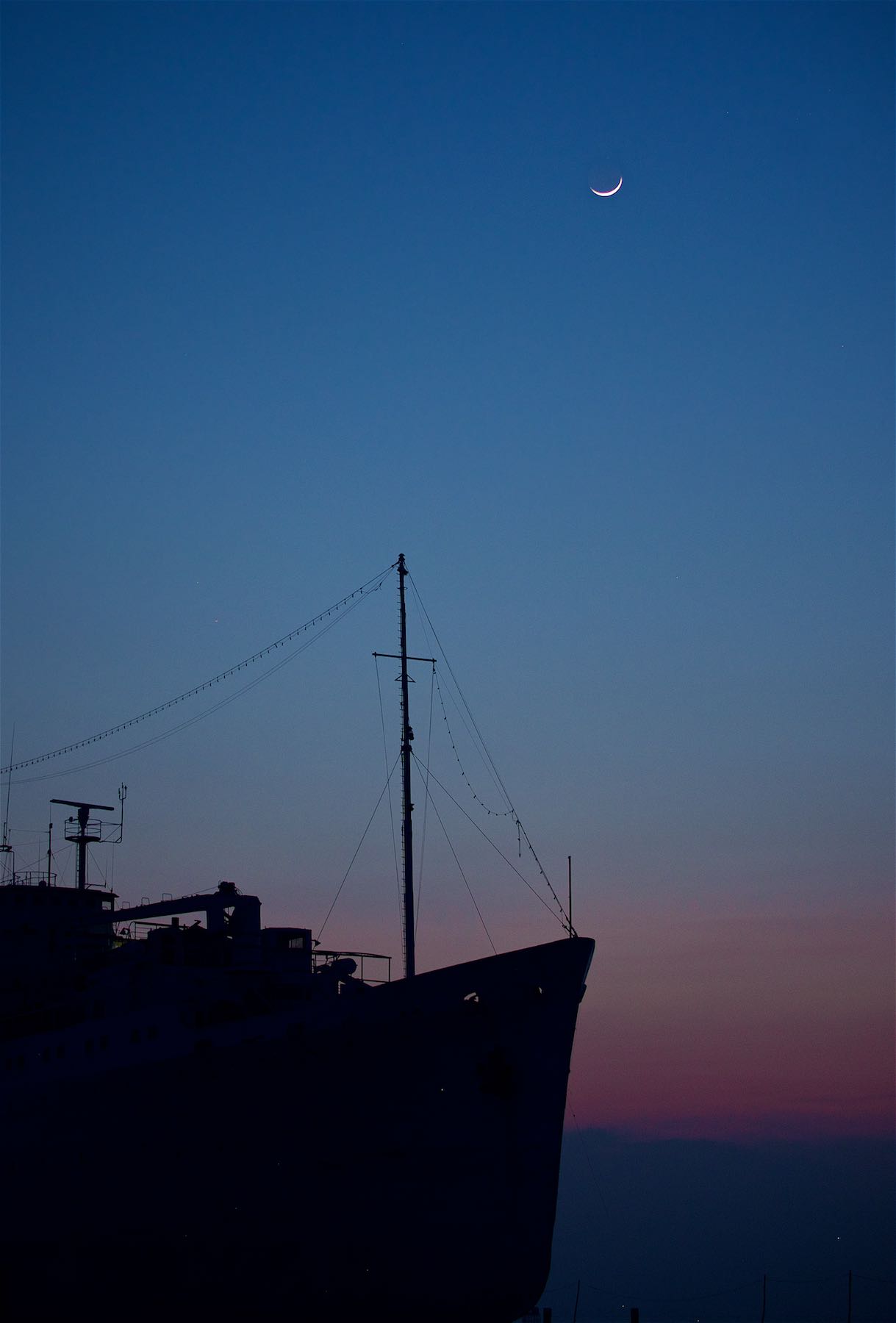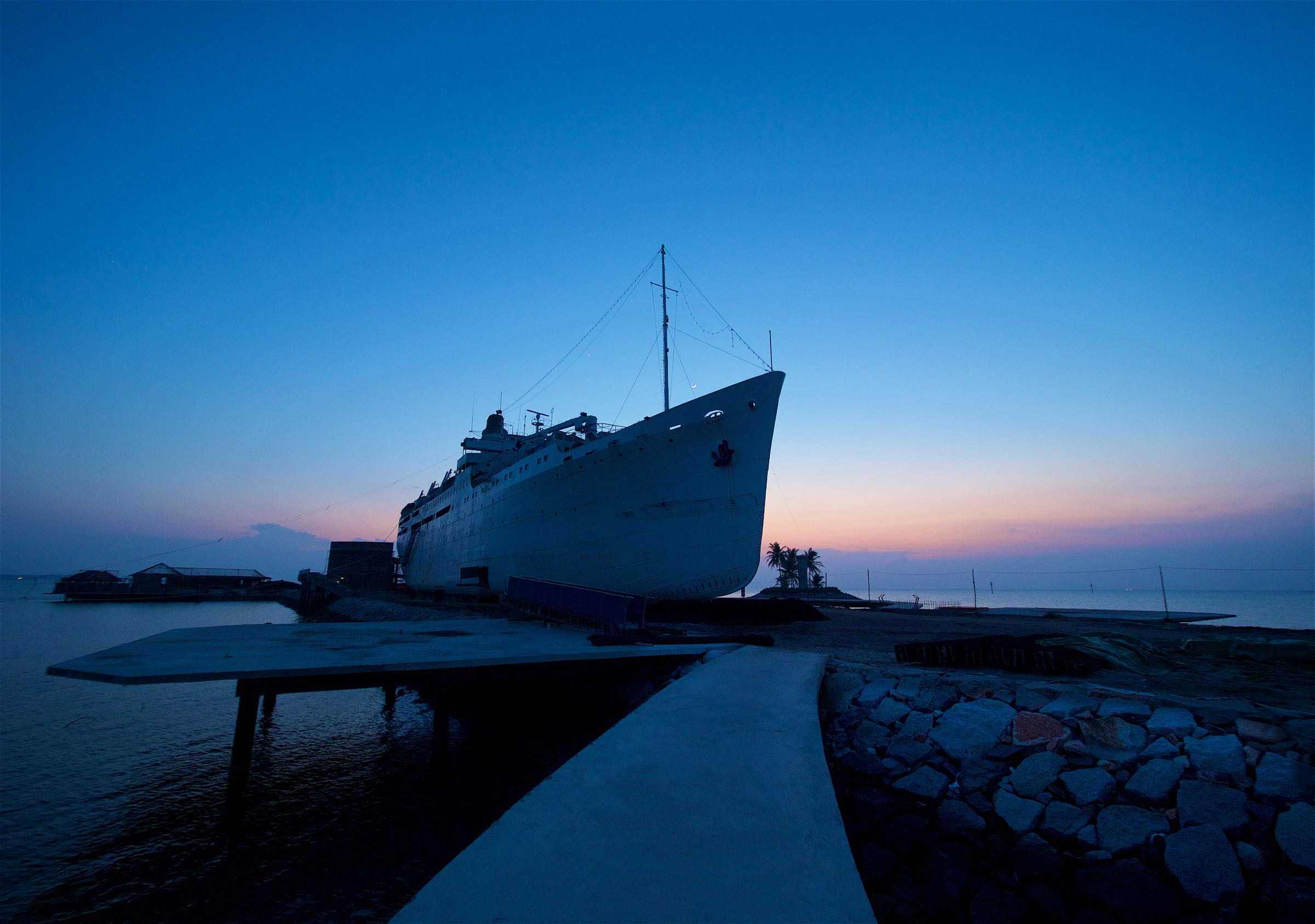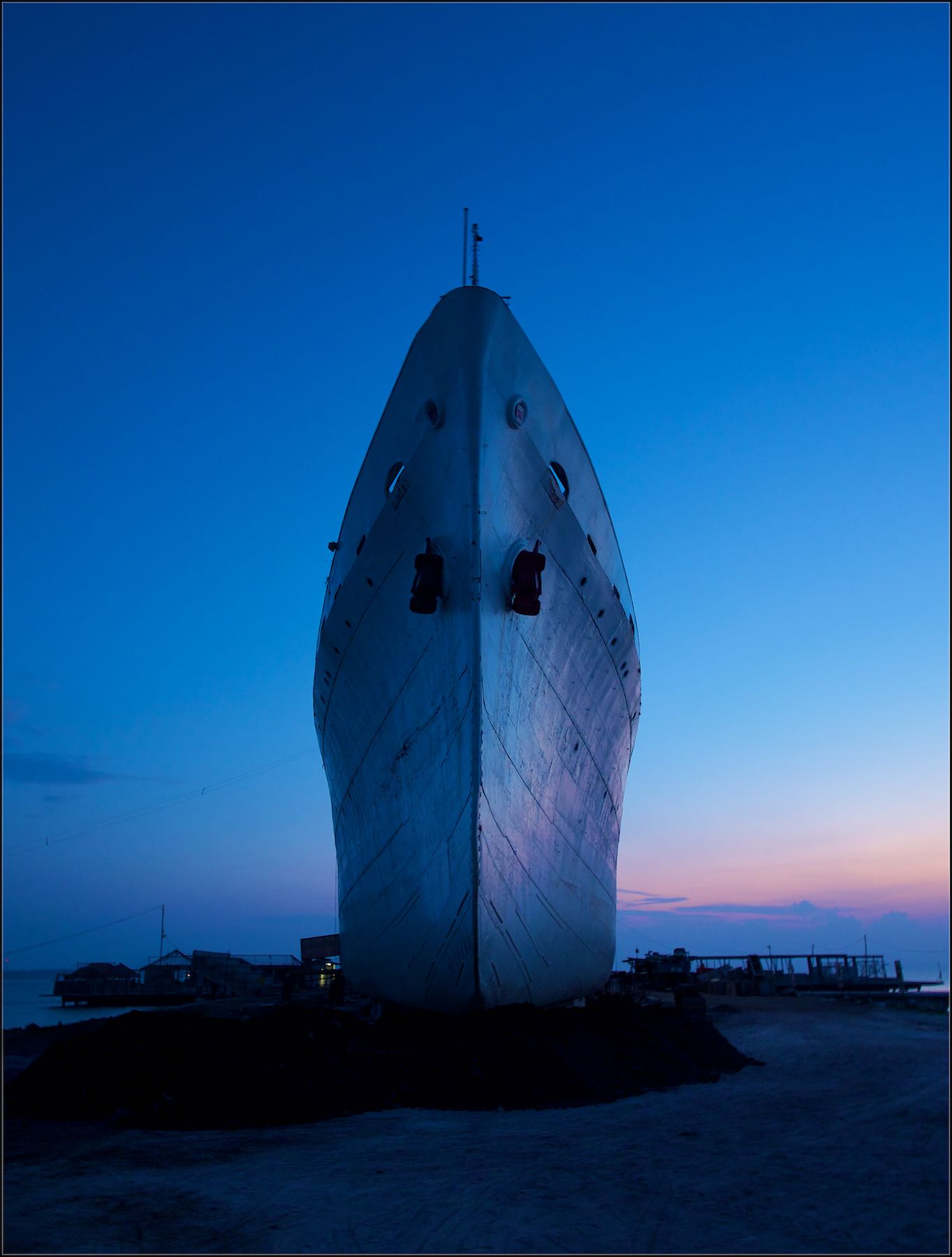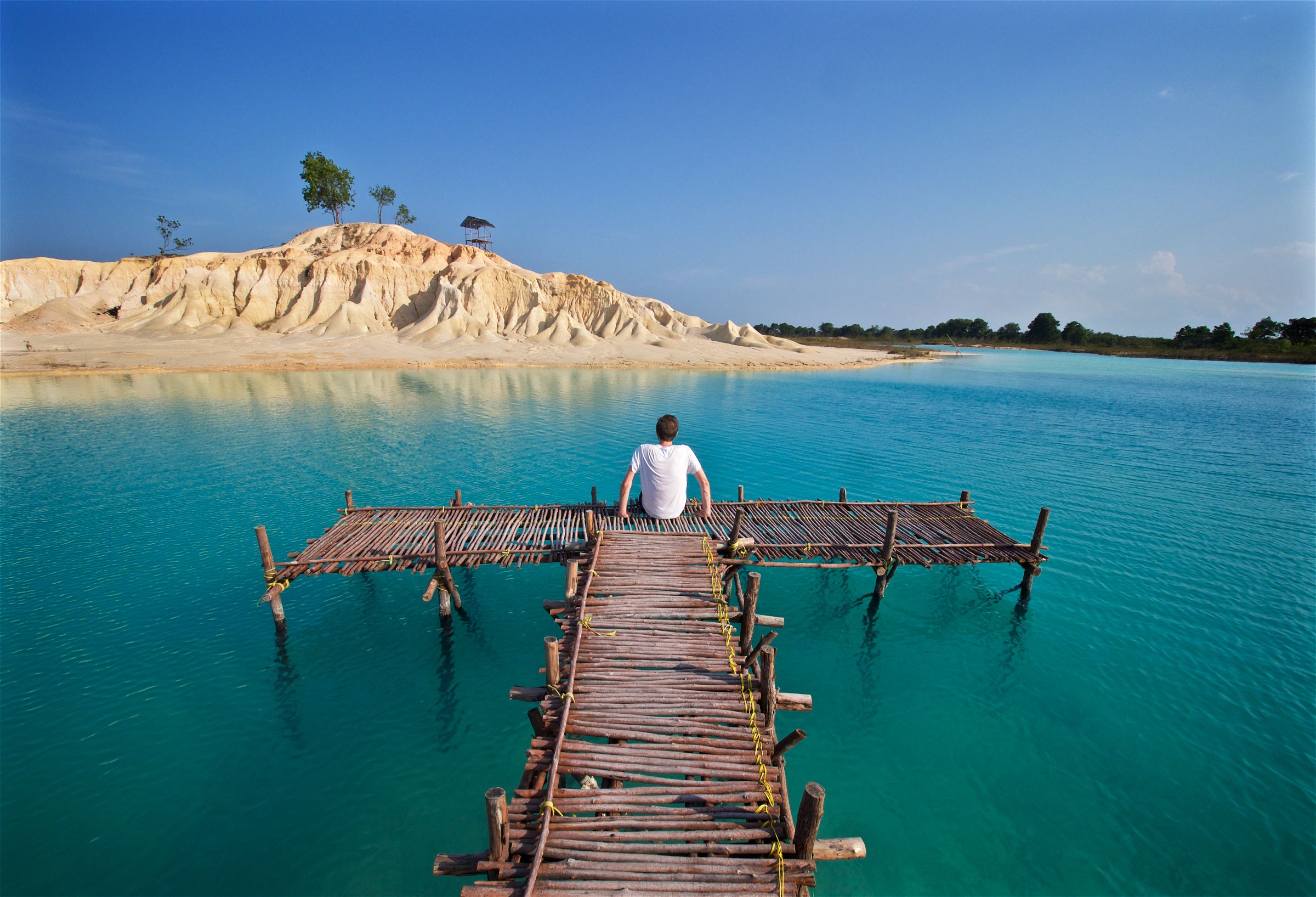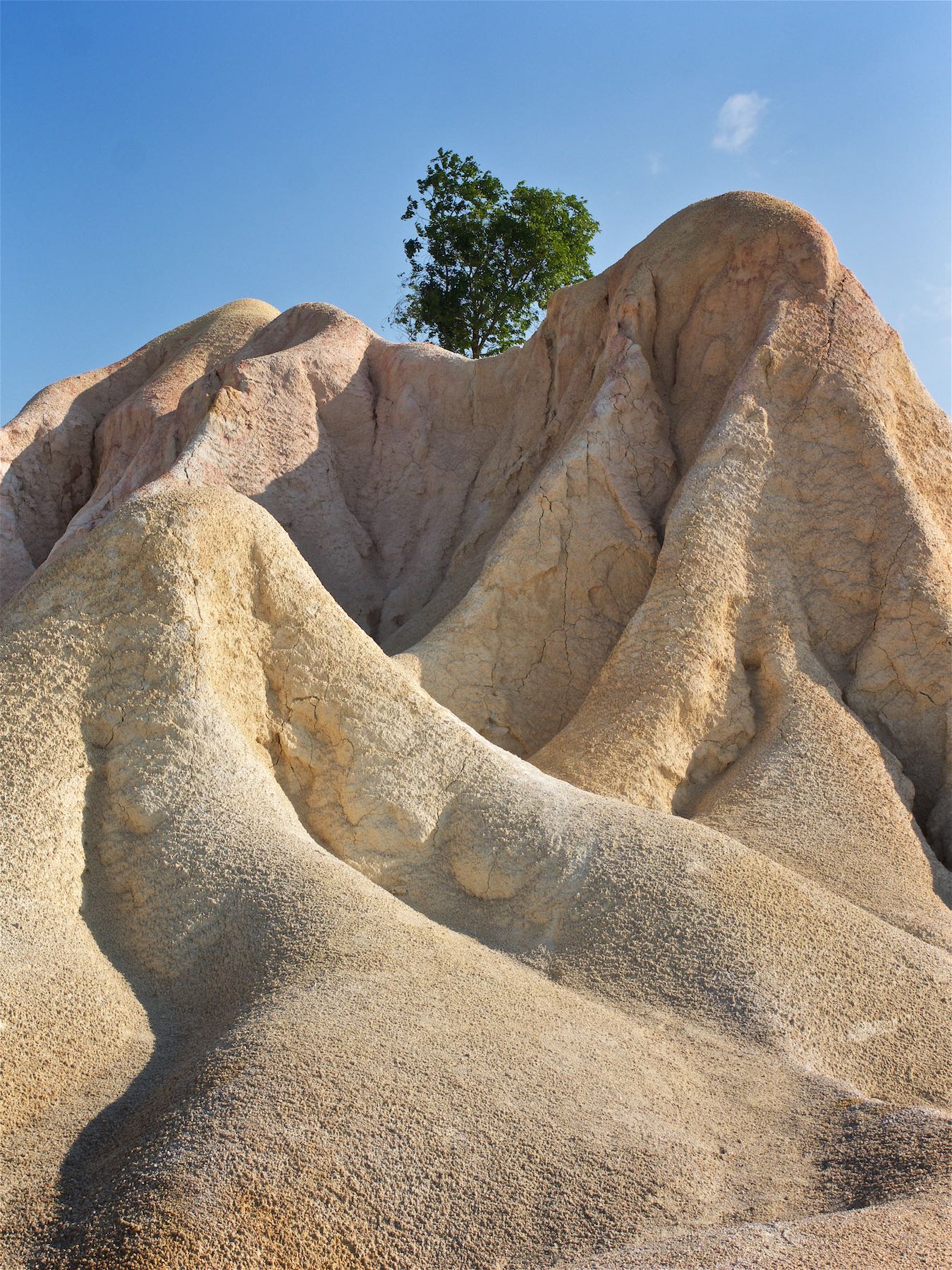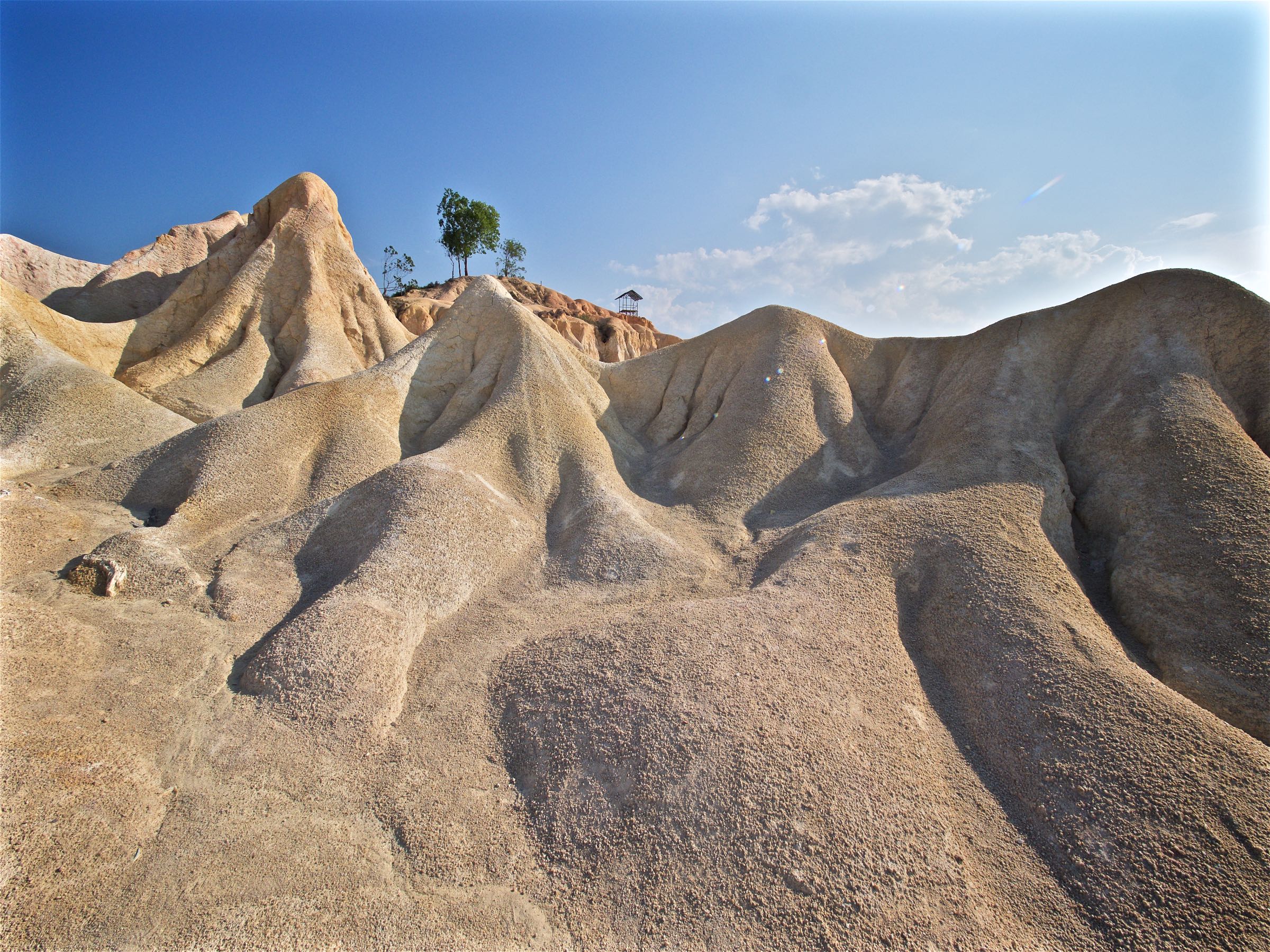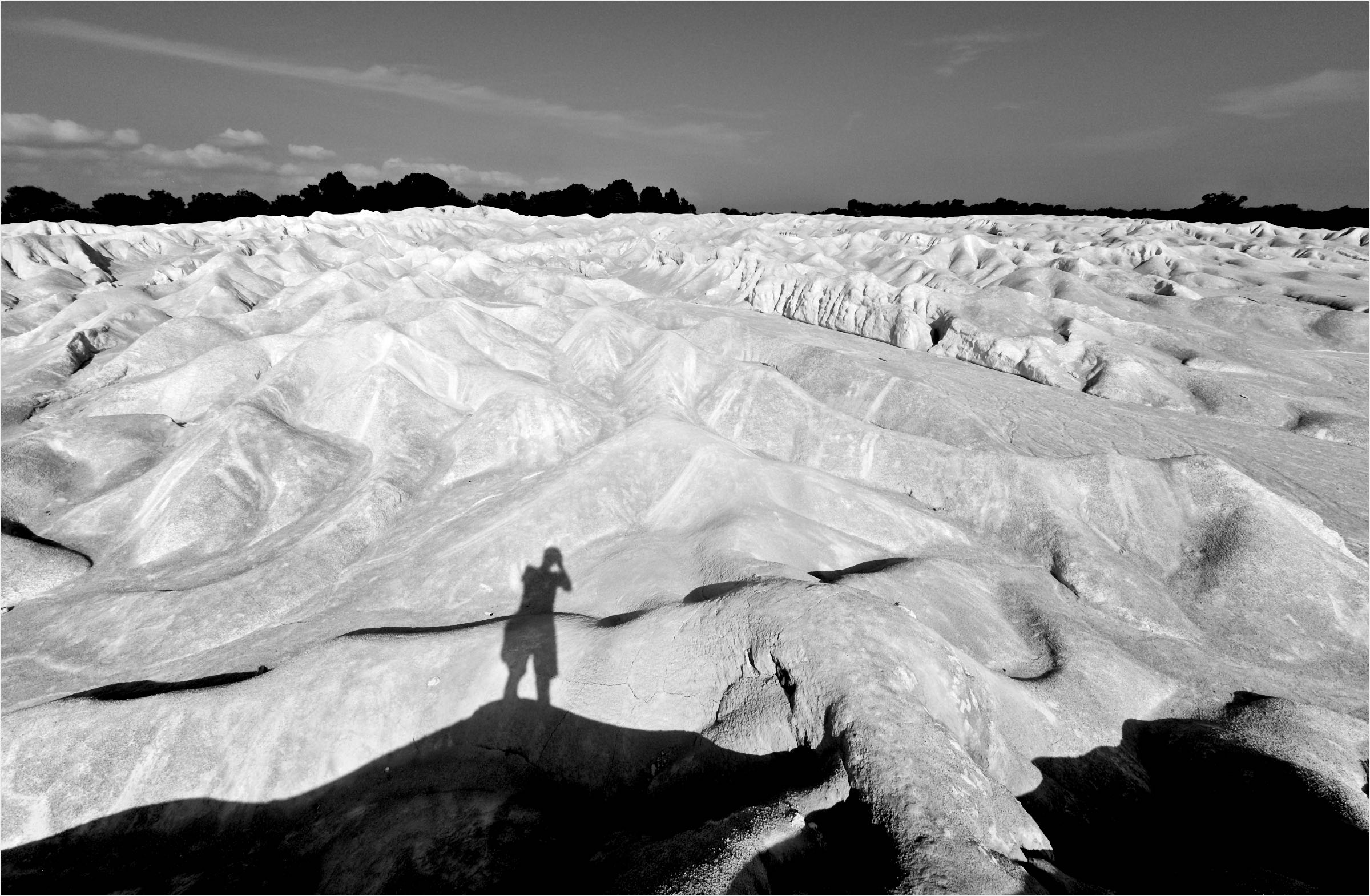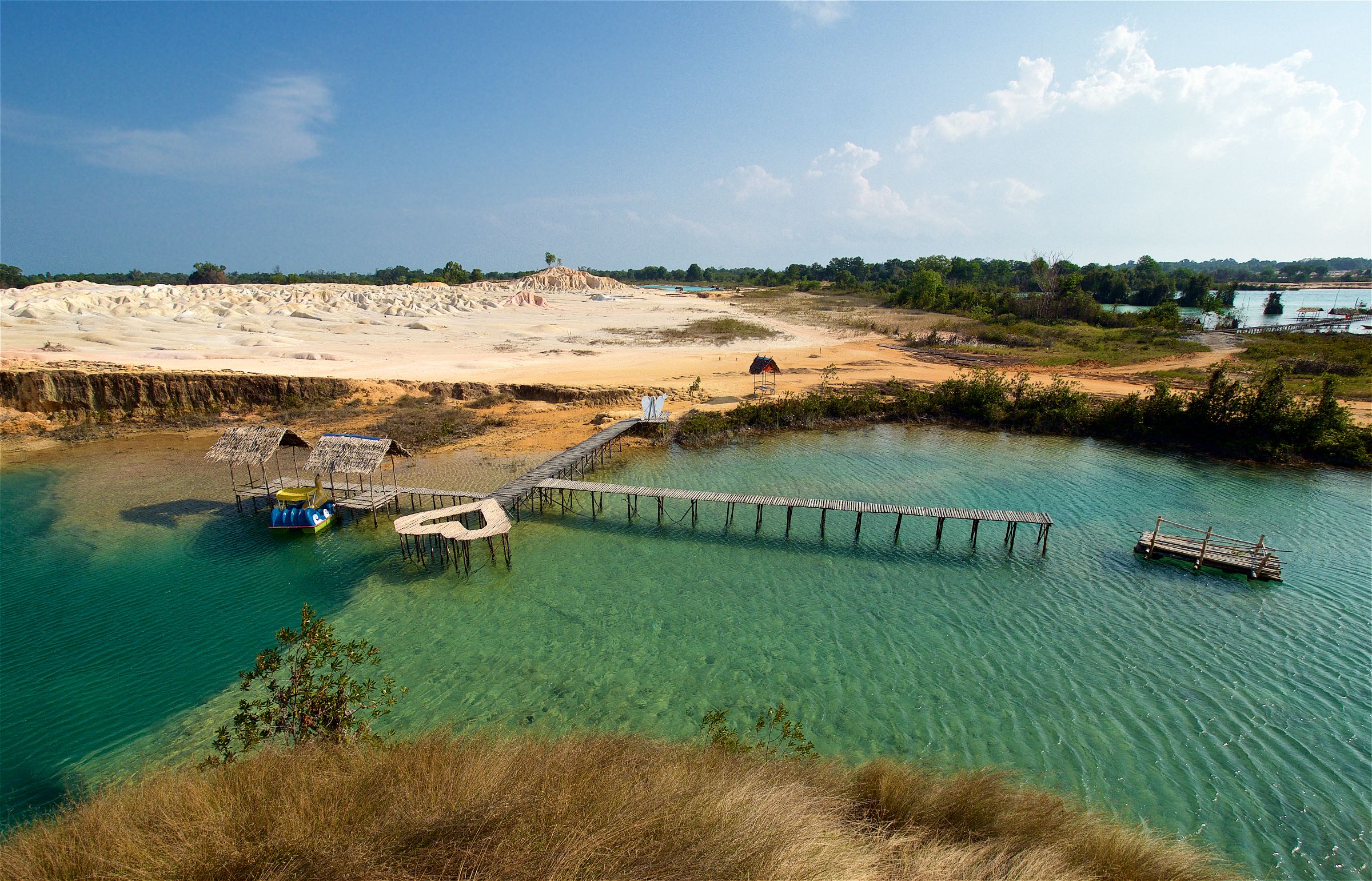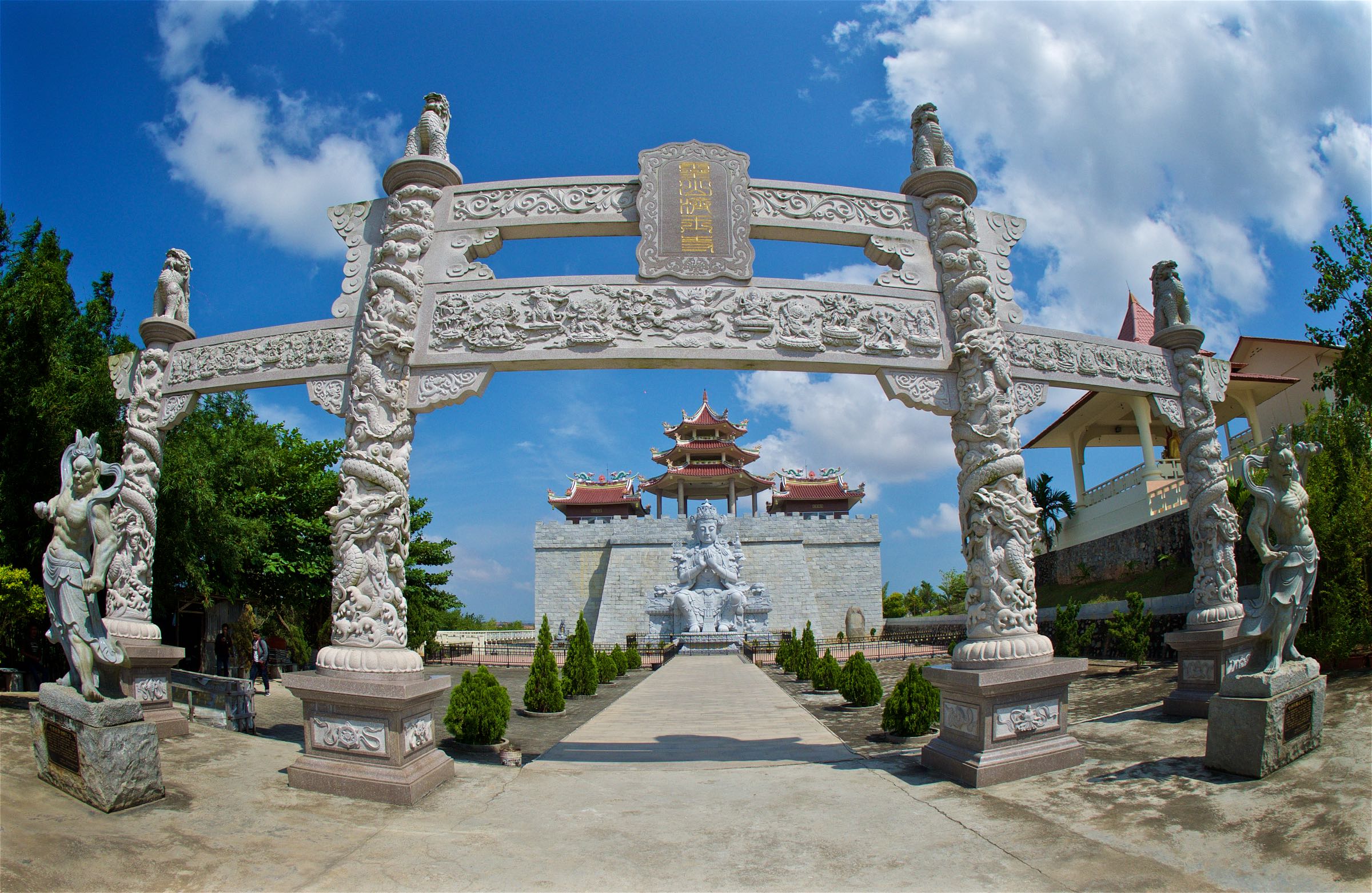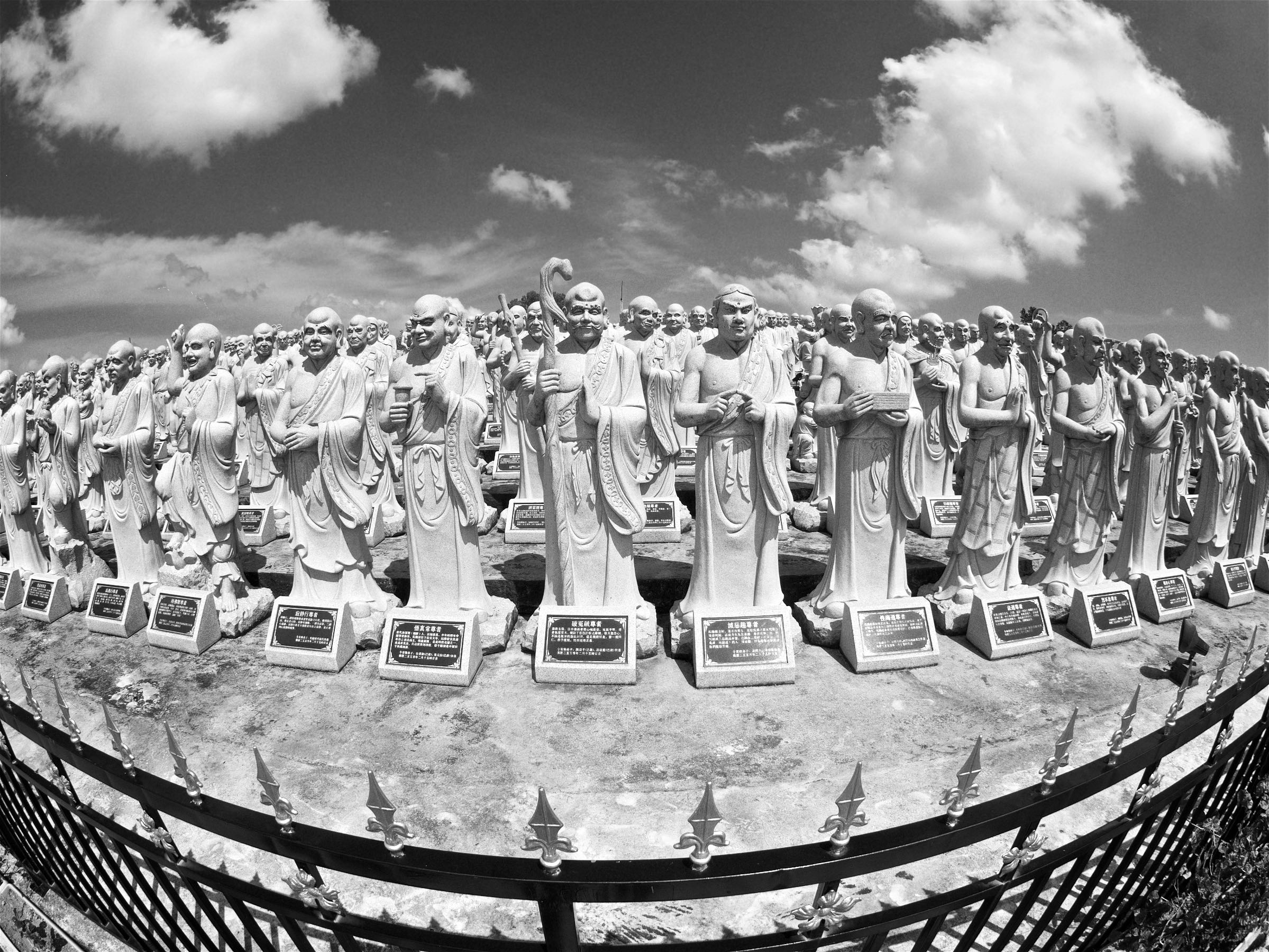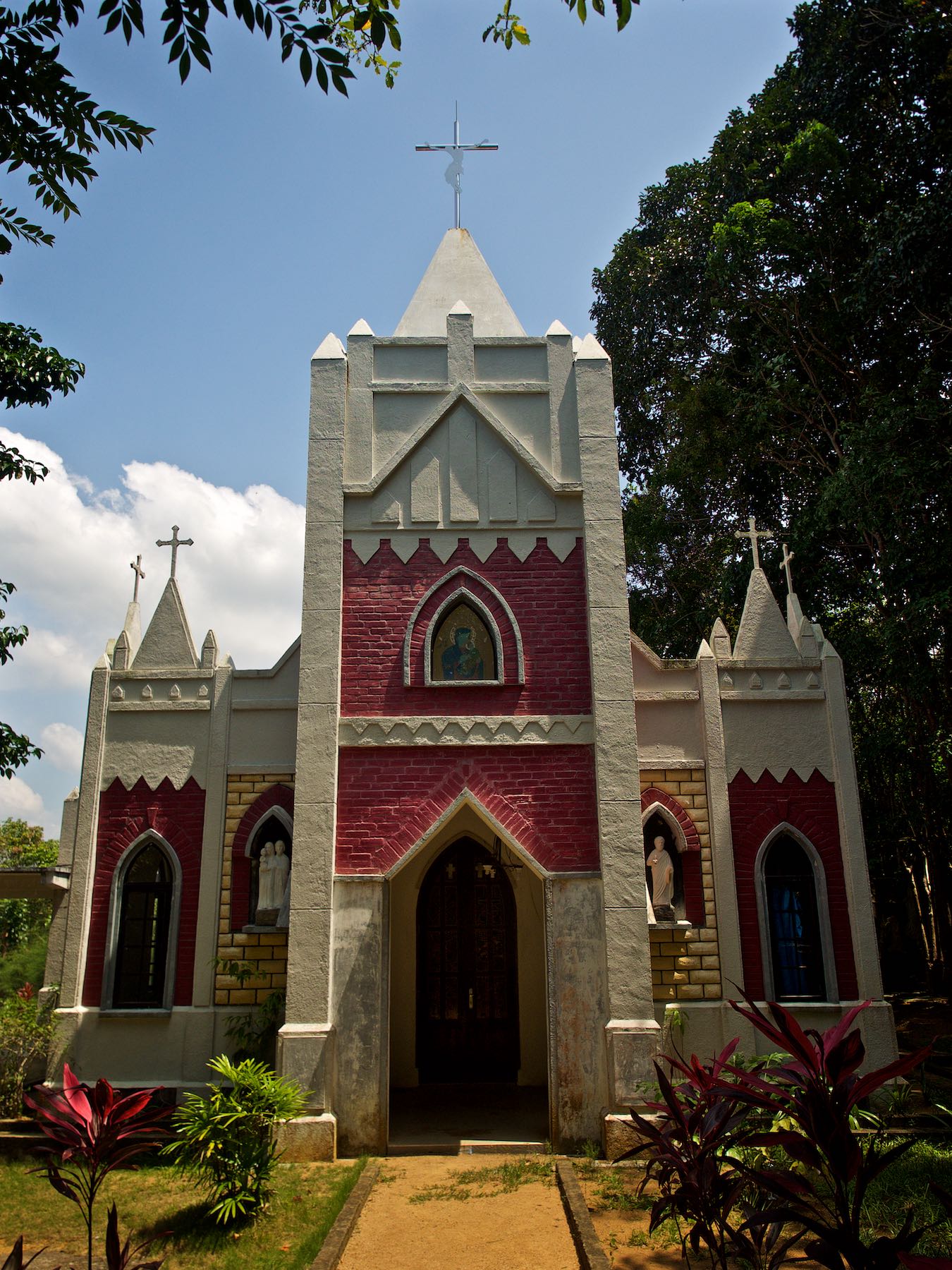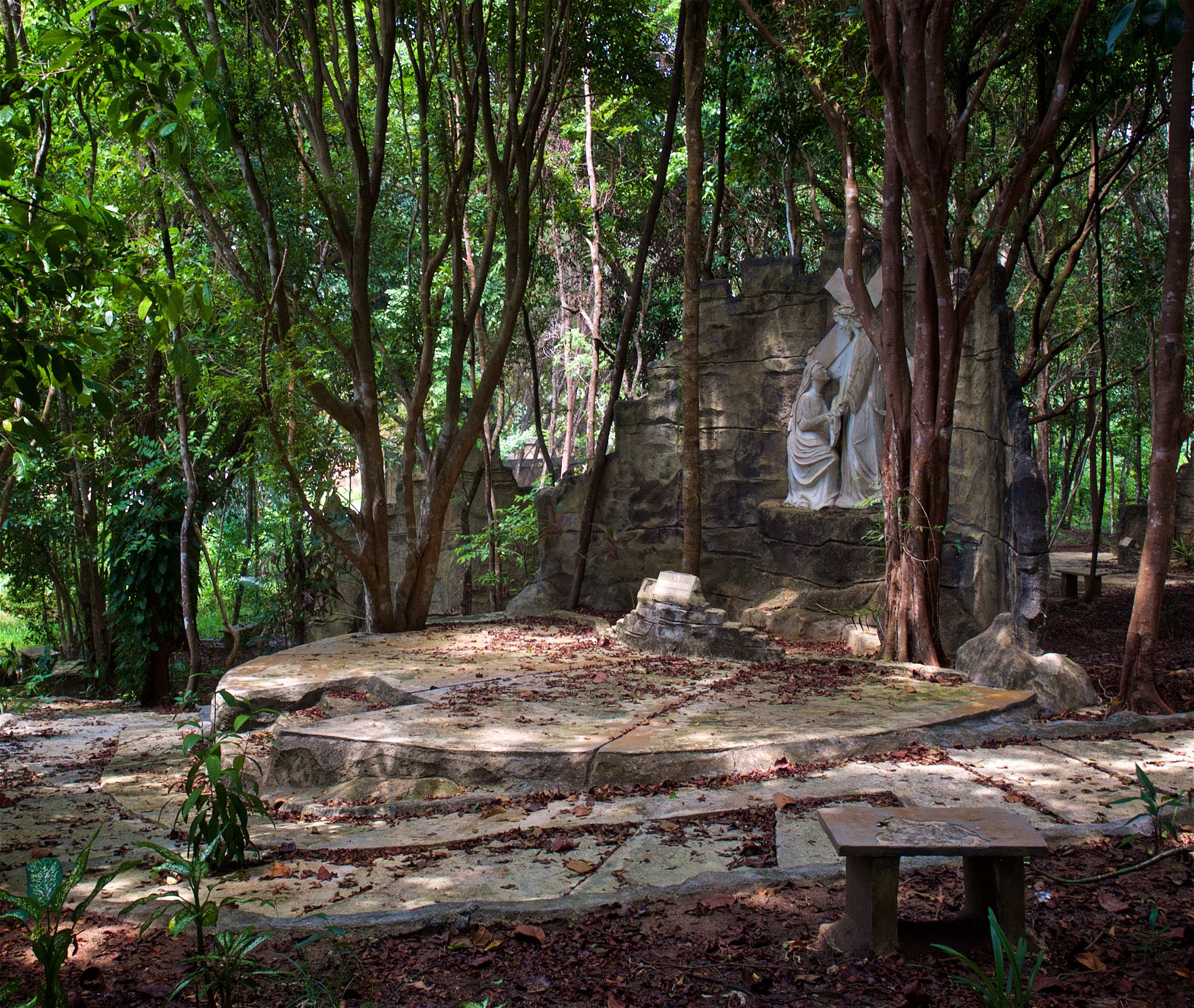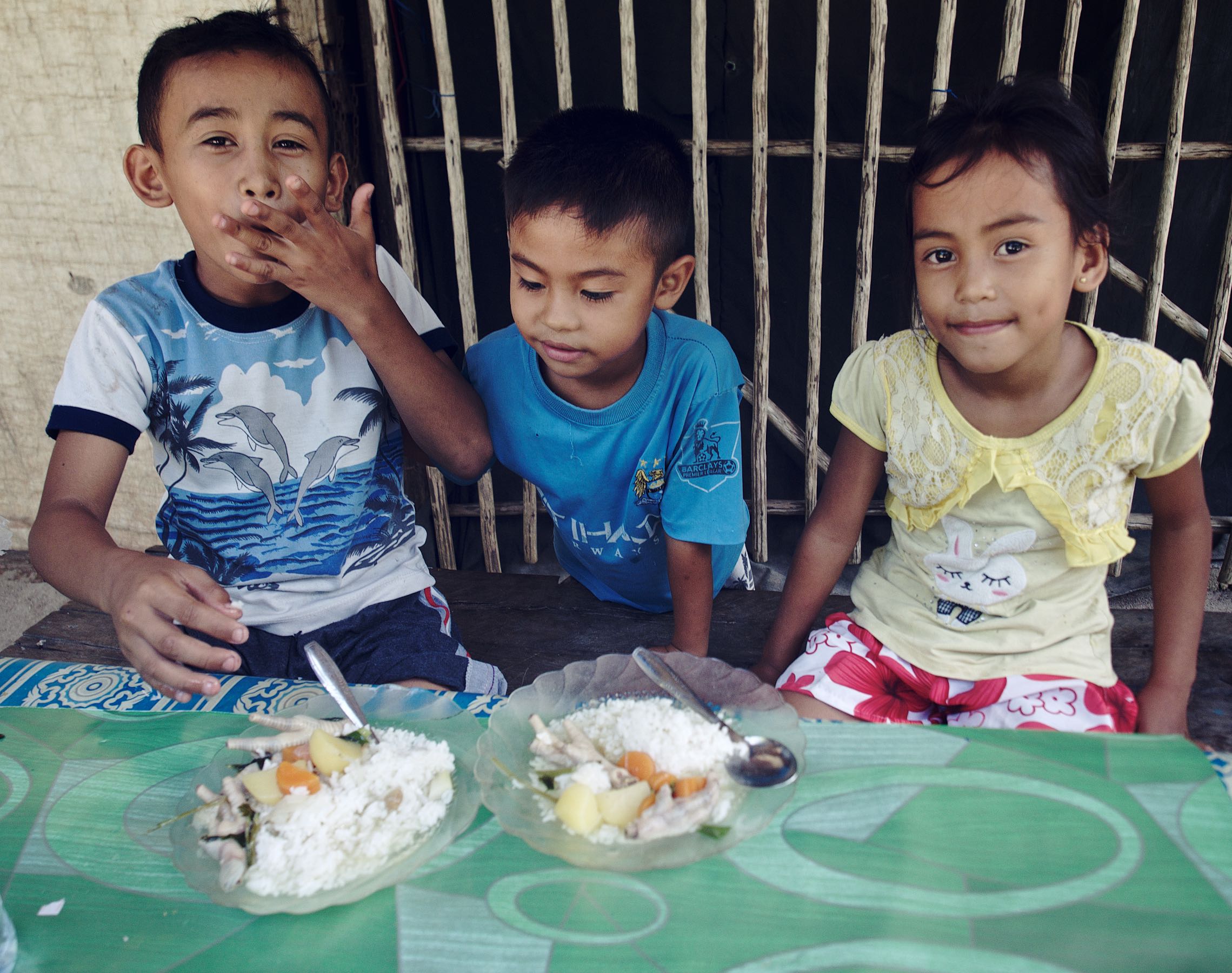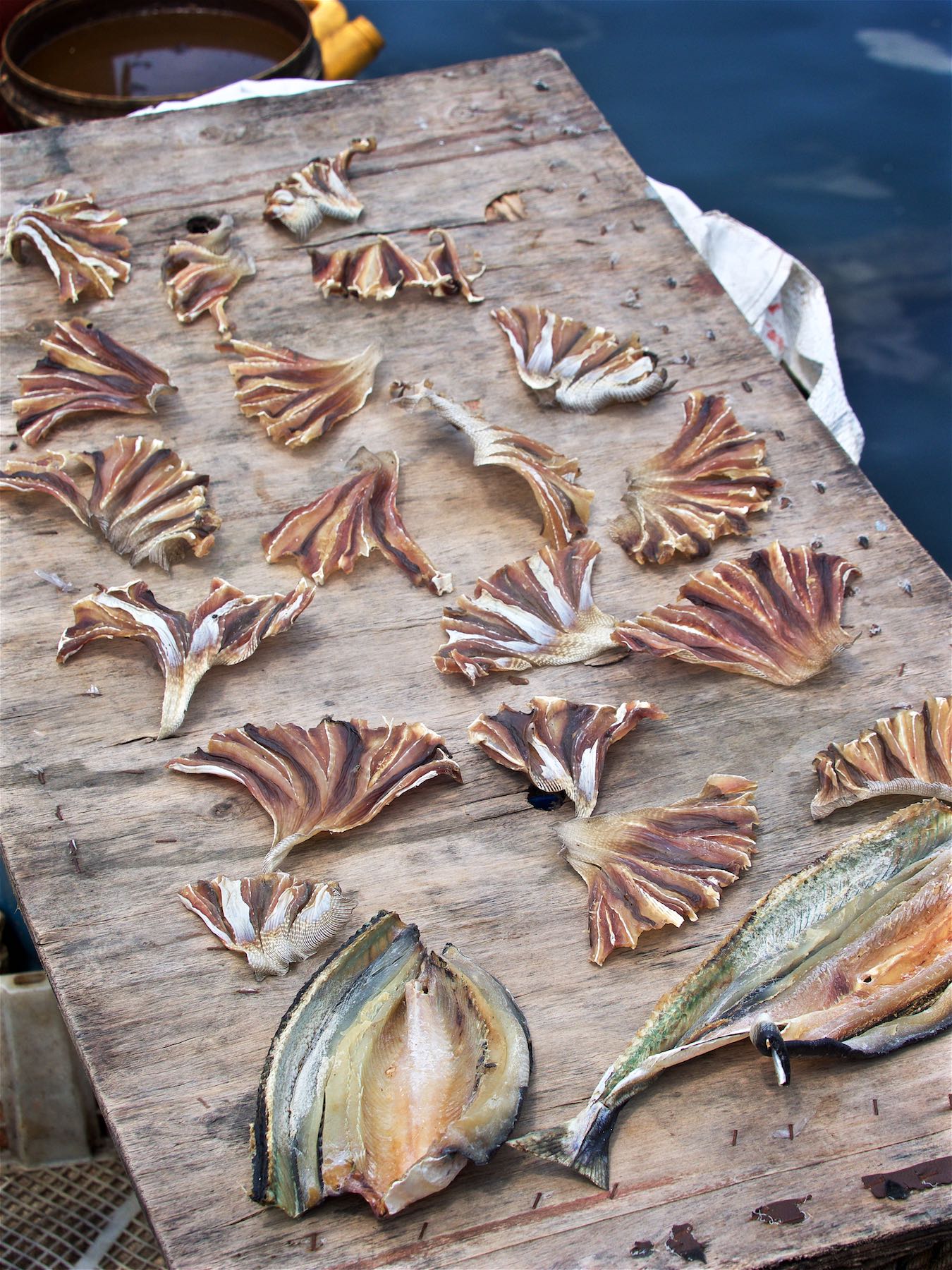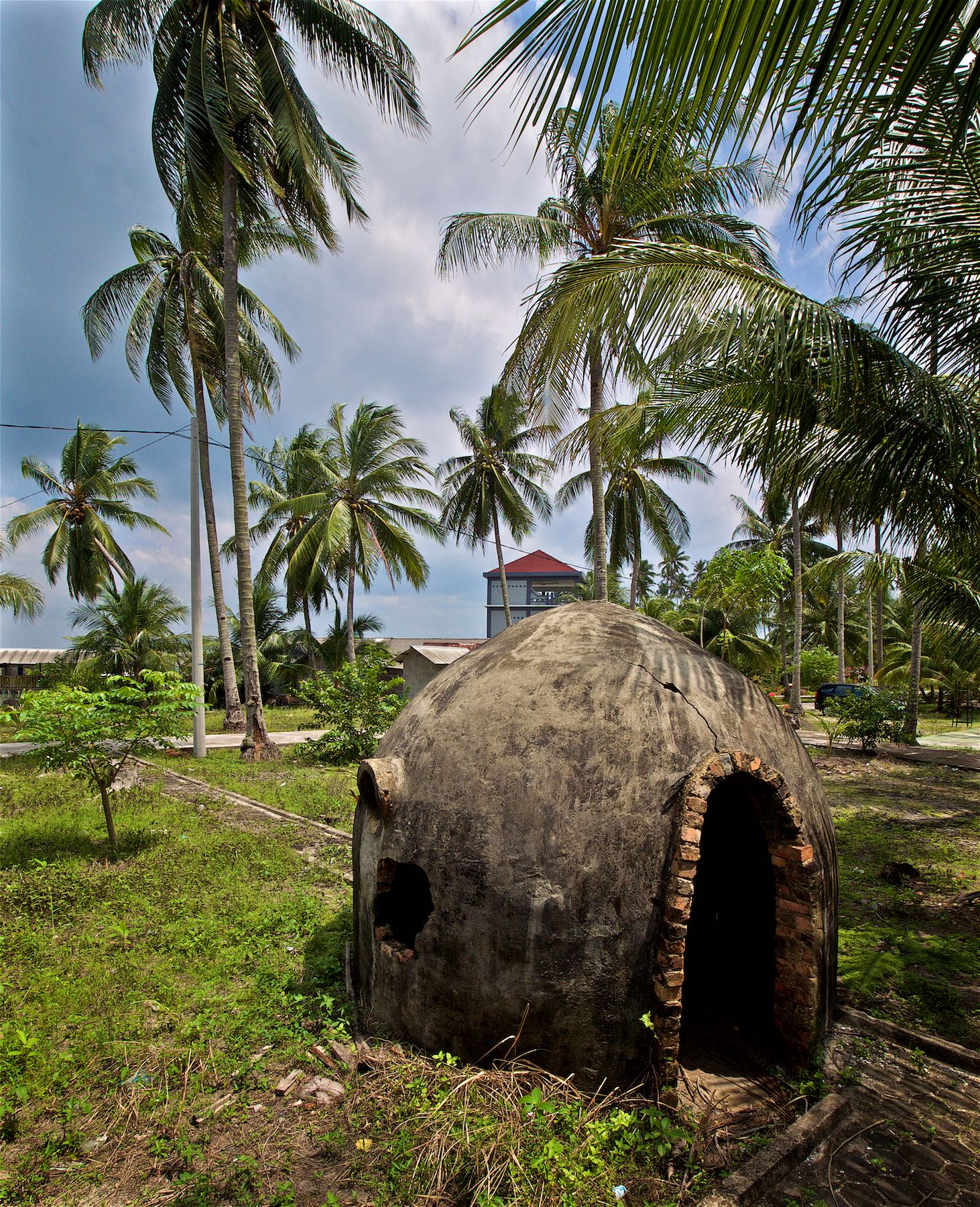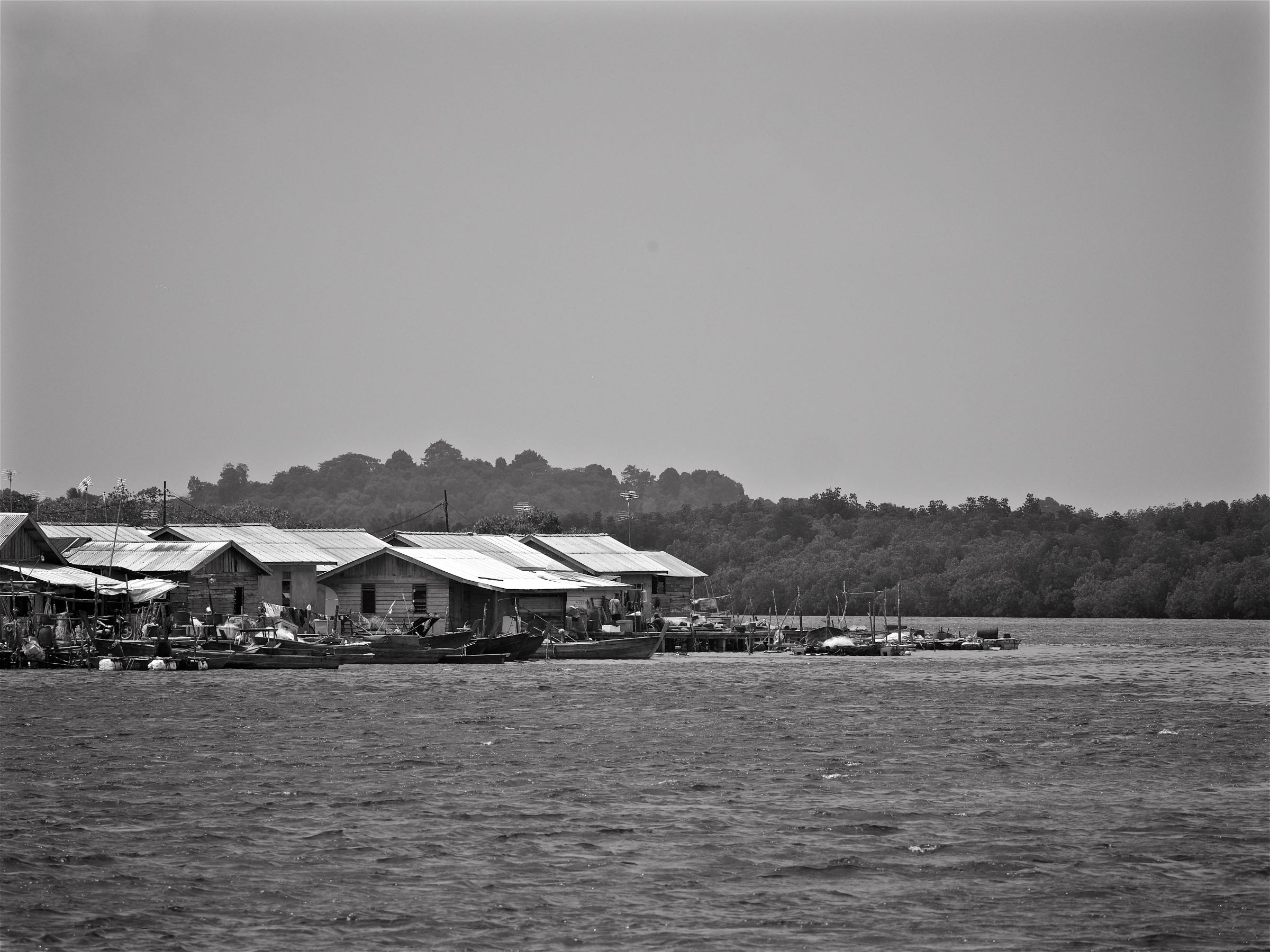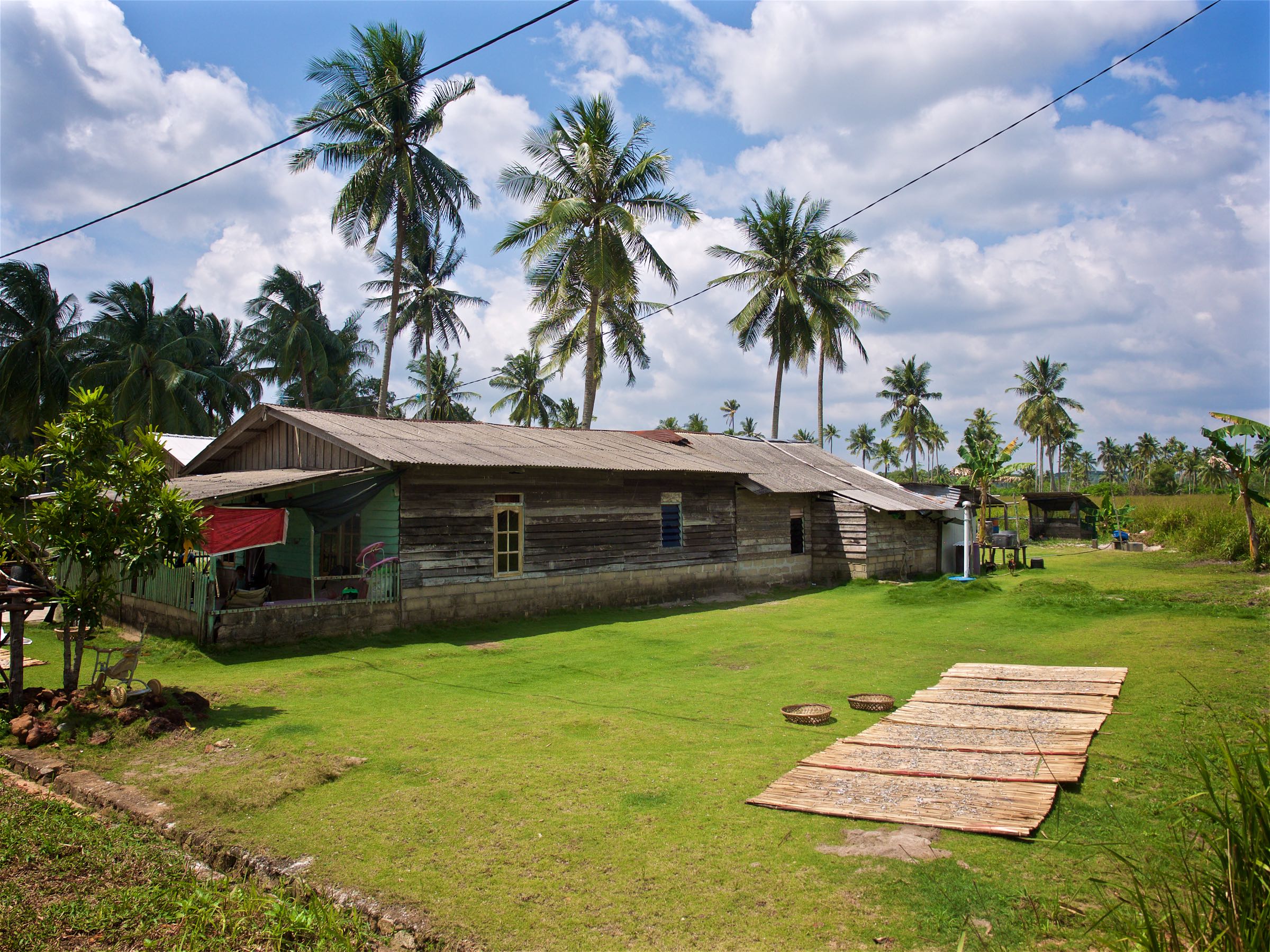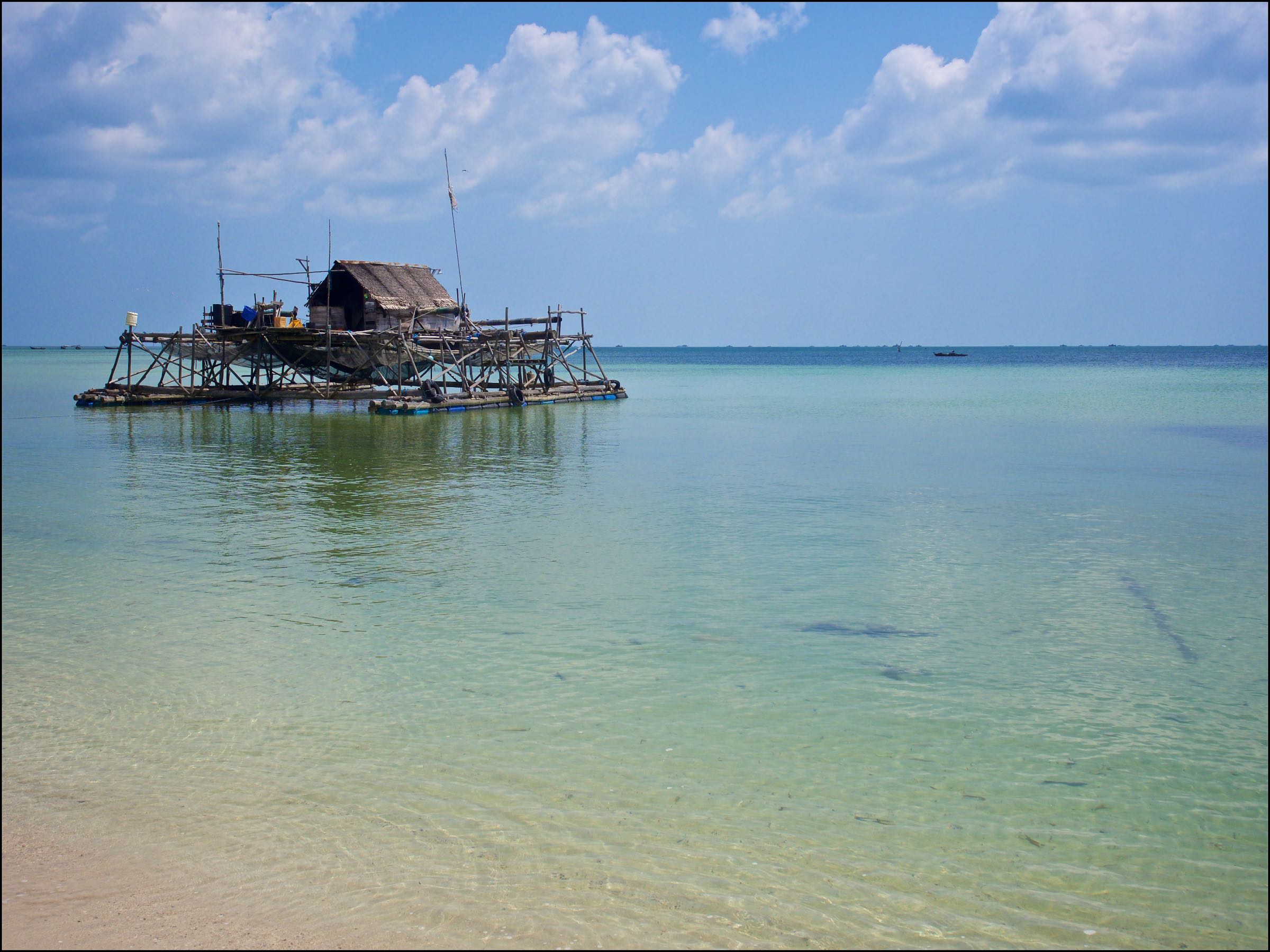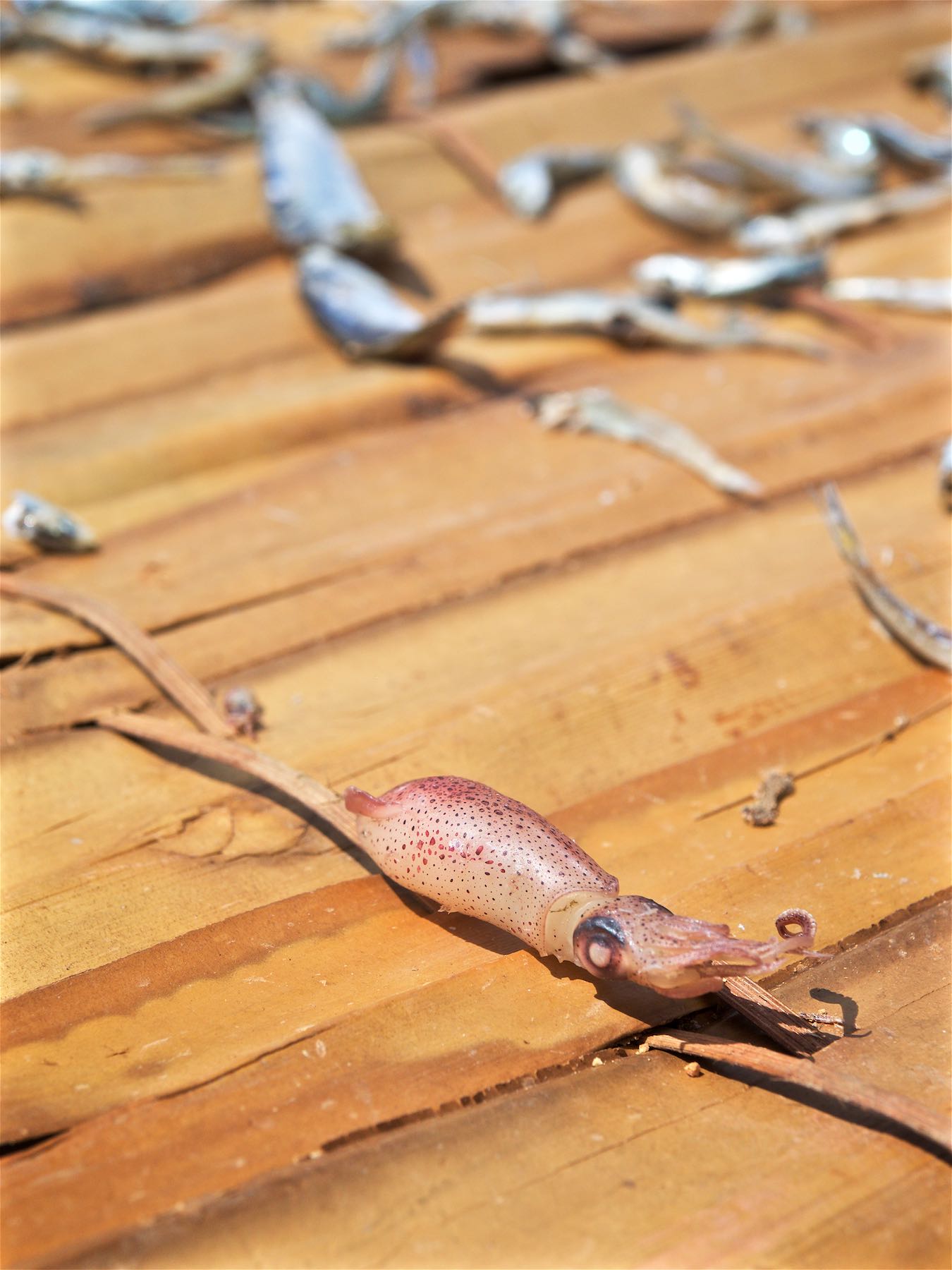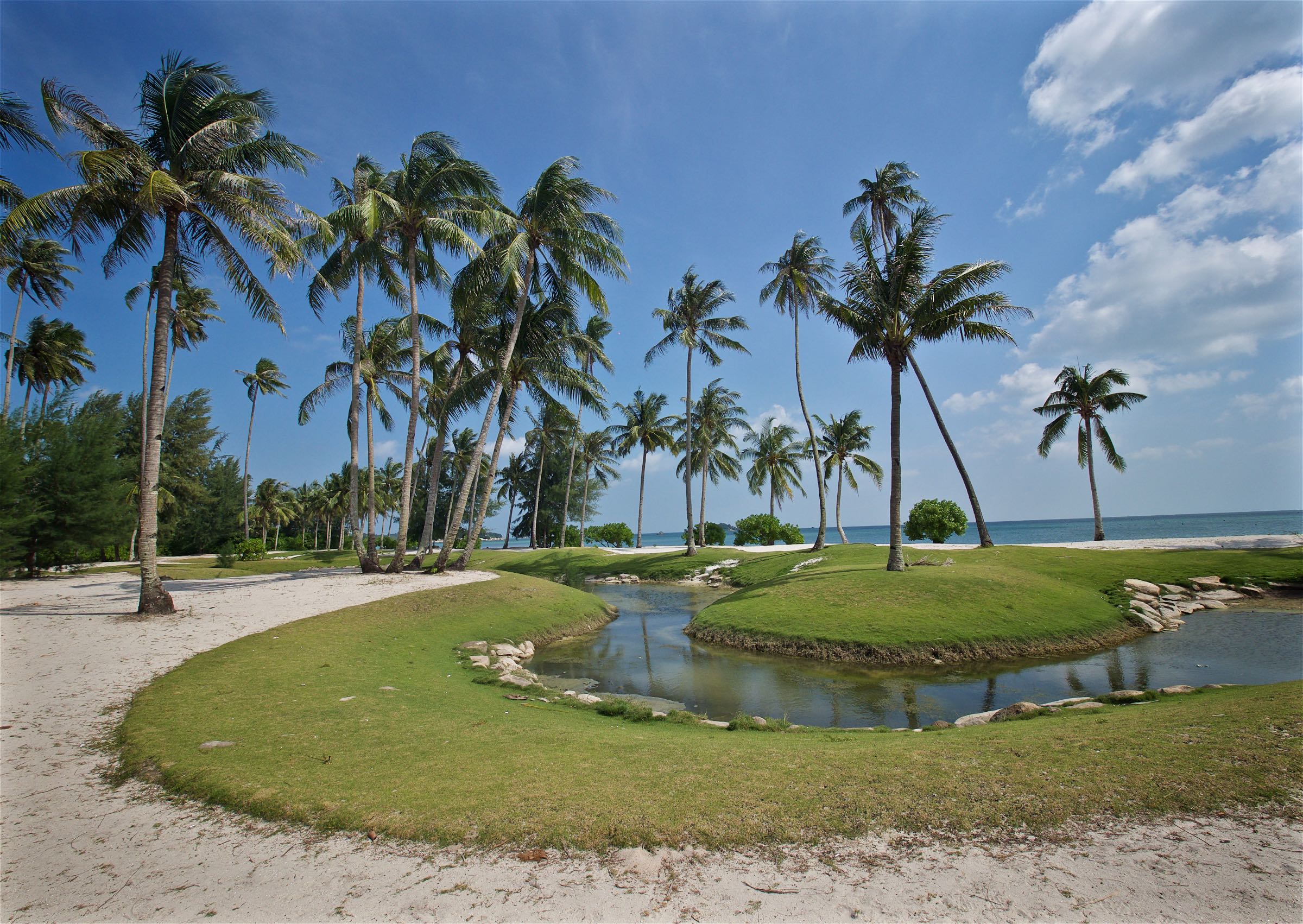Borneo - A Quest for Indonesia’s Orangutan
Exploring the jungle of Borneo in search for orangutan and spending time with the Dayak tribe.
I’m slowly but surely completing my Indonesia blogs after Java’s Volcano Heaven and the Komodo and Flores island region, and the next entry is for the island of Borneo. In fact though, the world’s third largest island is shared between three countries: while Indonesia claims the biggest portion, Malaysia also has a presence here, and almost the entire nation of Brunei (see my blog here) is situated on Borneo as well, but makes up by far the smallest area.
I arrived in the Kalimantan region, as Borneo is known in the Indonesian language, after a short flight from Semarang across the Java sea, and straight away drove to a little harbour in the city of Pangkalan Bun on the central southern coast of the huge island.
Hoping that we wouldn't encounter the same faith as this ship, I boarded my home for the next 3 days: a small boat (Klotok) that would take us along the Sekonyer river into the Tanjung Puting National Park.
Welcome to Orangutan Land
Nowhere else on earth can you find as many orangutan as on Borneo, with around 100,000 individuals left. The smaller (in size and numbers) Sumatran orangutan and a very small population in Tapanuli make up the rest of this critically endangered great ape group.
A First Glimpse
As you make your way along the river, wildlife can appear on the banks either side regularly - this is how we spotted our first Orangutan.
Your best bet to get close to of one of the four great ape genera are the four research centres the park is home to. These were established by the Leakey foundation starting in 1971 - the eponymous couple was famous for their anthropological work in Africa (see my Tanzania blog).
It’s at the first station where we docked and encountered this friendly male fellow, who was keen to pose for the camera. The park is home to many re-wildered orangutans who were in the past kept in cages in personal homes or poorly equipped zoos. These individuals are much more used to humans, and often hang around the research stations.
We spotted another in the trees eating a banana - not generally on their wild diet - that was provided to them at a feeding station near the research centre, primarily with the purpose to observe and provide for recently released individuals, such as this mother below.
Just Chillin
Generally speaking though orangutan spend most of their time in the trees - unlike Gorillas, they are arboreal.
Onwards
There aren’t really ways to get lost on the river, but in case you’re going a little fast, these signs warn you of the slow bends as the Klotok makes its way through the jungle. Luckily, my captain was in full control.
As we settled for the night tied to a tree on the shores of the river, it was time for dinner for the crew and myself.
The next morning we moved on to the second research station on the way, again encountering a number of orangutan, including some adventurous youngsters.
On the way we passed the outskirts of the few settlements in the park, with traditional housing and access by boat. The park is a UNESCO Biosphere Reserve, but still threatened by illegal poaching, logging and mining. It’s home to over 100,000 people in total.
We then arrived at the end of the publicly accessible river section, where the original Leakey center was established. This is where Birute Galdikas conducted most of her work, becoming the most well-known orangutan scientist in the world. Together with Jane Goodall (who studied Chimpanzees) and Dian Fossey (Gorillas were her focus) they became the three women educating the world about the great apes and fighting for their conservation. Take a look at my Uganda and Rwanda blogs for some more information.
The Long Noses
Orangutans aren’t the only wildlife you will find in the park though. Although much of the species here are rarely spotted by visitors (clouded leopard or sun bears for example - oh how I wish to see one of these!), one of its endemic inhabitants are more easily found: The Proboscis monkey.
Characterized by their long noses, particularly the leading male in the group, such as the one on the left, they are endangered and their population is threatened by habitat loss. I have been lucky to see them both in the Kalimantan and during my trip to be Brunei.
Although Proboscis monkeys are known to be excellent swimmers, they are generally arboreal and sometimes even jump from tree to tree or to the shoreline to cross rivers, and avoid predators such as crocodiles.
White-Bearded Gibbon (maybe)
Another primate species found in Tanjung Puting is the white-bearded gibbon, endemic to the area as well. There are multiple different Gibbon species present in Borneo, and admittedly I’m not 100% sure that I identified this one correctly - we only spotted it for a minute before it used its long arms to swing from tree to tree back into the thicket of the jungle.
The Big Boy
This guy was a little easier to identify. One of the largest males in the area around the Leakey research station, I got lucky to observe him showing up at the feeding station in the afternoon.
What a character. Some males grow much larger than others, developing huge cheek pads that give them the characteristic round head shape. Their arms can reach up to 1.5m in length and their body can weigh in excess of 100kg.
Although generally arboreal, Orangutans such as this elderly fellow sometimes spend time on the ground, possibly because there are no large terrestrial predators to threaten them in this region.
Sleeping Spot
After this it was time to head back to the mouth of the river - we spent our last night just outside the park boundaries, allowing me to capture this aerial view.
Glow Worms
As the night settled over the Sekonyer river, fireflies came to life in some of the trees.
Towards the West Kalimantan
I wanted to explore a little more of Borneo and its culture, other than just see Pangkalan Bun and the national park, so decided to make my way westwards on a 300km drive towards the boundary of the central and western Kalimantan districts. Given the size of the island (twice the area of Germany, and including mountains up to 4000m high), that was still only going to cover a very small part of it.
A large portion of this drive gives you an impression of what Borneo has sadly become famous for, and one of the primary reason its wildlife has been suffering over the last decades: Palm oil plantations. As far as your eyes can see, to the extent it has been described as “ecocide”. More than half of its rainforest has been lost in less than half a century. As the cheapest type of vegetable oil, demand has grown for decades and Indonesia and Malaysia together make up 90% of the supply. Its communities had little benefit - large companies based elsewhere own or lease and extract the value of the land with limited control, rampant corruption, and pressure on the local population - this was clearly evident in many of the conversations I had. That is, if people were willing to talk about it. Having said that, it’s easy to criticize the situation, but the vast majority of the production is exported to the rest of the world, where it is gladly consumed, and there are very few alternatives that deliver a similar yield, see here for an interesting article.
Time with the Dayak People
One of the indigenous ethnic groups on the island are the so-called Dayak tribes - in fact, they are a diverse group with multiple languages and religions, but the umbrella term was applied universally during the colonial past. They do share a number of common characteristics (one of them the feared practice of headhunting or Ngayau - now abandoned). I spent three days in a remote village of about 100 people in their company, being the first tourist they have had for almost 1 year.
Long House
One of the common features of the Dayak villages is the stilted so-called long house (up to 200m!), sometimes still used as accommodation for multiple households, but today serving more of a traditional architectural and administrative function. It is visible on the centre left edge of the village in this aerial image.
Guarded
The long house is traditionally protected by a cat. Just kidding - this one just happened to chill on the porch.
Batu Batongkat (Stick Stone Monument)
Another of the interesting cultural aspects is this sight: although I could not fully discern its purpose, from what I understood it is a way to support nature.
Either way, the view from the top of the stone monument is beautiful, and the tribe owns much of the land, cultivating it in sustainable ways for generations - so far refraining from taking part in the palm oil industry and representing one of the strongholds against its complete takeover.
5 Star Bird Hotel
One rather unexpected commercial activity in this remote location is this concrete nesting structure meant to lure in swiftlets, whose saliva-built nests fetch high prices in China. They come with attached speakers imitating the bird’s call, and are often owned by people from the larger cities, paying locals to go around and maintain them (and protect their contents, as this is an industry where theft and sabotage seem not uncommon).
Universal Language
An observation I made during all my travels, even to the most remote places such as this one (there is no cell service here, power is by generator, water comes from the nearby river), is the power of football as a sport for the world. It’s always a way to get people interacting, and of course I couldn’t resist and joined in.
Theft concerns?
My hunch is that this is not really a problem here, given how this motorbike was secured to the house.
The People of Kubung Village
Over the three days I had the chance to get acquainted with a few of the people in the village (although none of them spoke any English), and was able to take some unscripted portraits.
The Last Dance
On my last evening I was asked to join the “Bagondang” or “Horn Bill Dance” ceremony, where the local dayak people blessed me and another father and his daughter visiting a nearby village with a welcome ritual ceremony called “ikat akar tongang”. They also provided me with a sacred Dayak bracelet for good blessing during the trip.
The ceremony involved the elder of the village attaching the bracelet, and the recipient drinking a rather large glass of home-made alcohol under the clapping and music of the villagers (who encourage you to finish it in one go), followed by dancing. There is footage of me undergoing these entire proceedings, which shall not be shared here.
Relics
While their day to day attire is fairly westernized, once a year the tribe brings out their traditional masks for dances and rituals.
It was a really enjoyable time here, and the local villager I stayed with still sends me photo updates on WhatsApp from time to time (although he doesn’t speak English, so I can’t always make out what he’s trying to convey with the pictures 😉).
I’m curious to see what happens to Borneo over the next decades, with Indonesia having recently announced to move its capital from Jakarta to the island. The new city called Nusantara is going to be located on the south-eastern coast, and construction began in 2022, with about 12,000 government officials expected to move in by the end of 2024.
I might be back to see it - Indonesia remains one of my favorite countries for its incredible sights and diversity.
Subscribe to my newsletter to get notified and don’t miss out on more Wonders of the Globe.
Other Recent Posts:
Java’s Volcano Heaven - Indonesia Part 2
The world's most populous island is full of amazing places - some of which I managed to visit.
Java is - unbeknownst to many - the world's most populous island and - maybe more well known - full of amazing places. I spent around 10 days here during my time in Indonesia (see also my blogs on Flores Island & Komodo, and subscribe for more upcoming ones, including a trip to the Orangutan’s of Borneo) and was visited some of the sights this home to over 150 million people has to offer.
Start here for a few aerial impressions, and read on to learn (and see) more about each of those incredible spots, and a few more…
I came to Java by car ferry from Bali, and had a short night before a 3am alarm to make it to the starting point of the trail that takes you up an amazing volcano formation, on the very eastern edge of the looooong island.
The Ijen Volcano Complex
Blue fire and an acidic lake await
This may be unsurprising to some of you, but I was the first tourist that day to complete the 2h hike and still got to witness a bit of starry night above the smoke filled caldera. After a few minutes though I started the 45min hike down into the dark crater to find the infamous blue fire and see the acidic lake up close.
The way down is not that simple if you arrive before blue hour, because it’s completely dark in the crater, there is hardly a recognizable path, and you scramble over rocks and slippery steep sections. The photo below was taken after I had already arrived at the bottom and the sky slowly developed a purple hue. You’ll notice a few flash lights on the edge at the top just starting to make their way down - arriving early has the benefit of a few undisturbed moments to take in the bizarre scenery, before the very small space at the bottom of the lake gets a little crowded.
Equipped
This last part of the adventure also requires you to wear a proper gas mask, as the sulfuric gases make it almost impossible to breathe otherwise once you get close to the lake - trust me, I tried.
Blue Flames
Ijen volcano is famous for its blue fire - one of only two places in the world where such a phenomenon occurs permanently. The blue flames originate from sulfuric gas that escapes from the cracks at very high temperatures. A rumor told me that the blue fire isn’t very active these days, so better check before you go (and if it is, go soon to witness it in case it’s too late some day).
The same gas is actually channeled through pipes at this spot to support sulfur mining, which has happened here for many decades. The yellow bricks that develop after the molten sulfur hardens are then transported by workers up the crater and down the mountain. While - from what I heard - this work is paid comparatively well, it’s also dangerous and very strenuous. The laborers fill the baskets with 70kg or more of hardened sulfur, and then complete the entire journey to deliver it at the foot of the mountain to get paid. Most of them do it twice a day.
The workers and various researches sometimes cross the crater lake that developed here in these kind of self-made barrages - a dangerous affair, given that the lake is considered the largest highly acidic crater lake in the world, with a ph of <0.5.
When you arrive in the darkness it’s actually difficult to understand the scenery around you and how this otherworldly environment really looks - only as I walked back up was it bright enough to grasp the scale of the crater, the lake, and the amount of smoke escaping from the cracks and pipes where the sulfur is mined. Look closely and you see the small barrage from above at the shore of the lake.
Abstract
Once I made it back up the sun had come out and I had a moment to fly the drone, capturing this abstract top down view of the crater’s edge, with the mountain on the left and the path towards the lake on the right. The small colorful dots at the top centre are the carts of the workers. Look closely and you’ll see some yellow spots, showing the sulfur rocks they had carried up already.
Shadow
Our home star was still low, so the nearby Merapi volcano, part of the Geopark Ijen is situated in, cast its huge shadow over us.
Bromo
Another volcanic wonder.
Straight after climbing down from Ijen a long drive westwards took me to Java’s most famous volcanic landscape: The National Park of Bromo Tengger Semeru. I arrived just after this beautiful sunset, and would go explore this area the next morning before sunrise.
Volcano-ception
This place is home to five volcanos (four of which are active) that have developed inside the caldera of another huge ancient volcano, with another volcano - Semeru - towering above them in the distance. Yup.
While I wasn’t lucky enough to experience the beautiful sight of the ancient caldera filled with a layer of fog (it wasn’t the right season), the conditions up there are always incredible, making for some very atmospheric photos around sunrise.
Semeru in Action
The tallest of the volcanoes in this area at over 3600m had just started to erupt in December 2022 a few days before I was there, and huge ash clouds developed from its crater in the distance that morning. If by now you are thinking “there are a lot of volcanoes here”, you are right - the entire island of Java is of volcanic origin, and there are no less than 45 active ones.
While Semeru is about 20km further south, Bromo is the most active of the volcanoes inside the actual caldera, and depending on the wind conditions you’ll need to watch out for the smoke and gases that emit from the crater - access to Bromo closes regularly due to safety concerns.
It is a relatively easy climb up a few hundred stairs (visible on the right photo in the corner on the bottom right) once you make it through the so-called “Sea of Sand” - the sand filled caldera - in one of the dozens of modified Jeeps the locals use to transport tourists. It can get busy here, but as always, arriving early and taking an extra little hike along the crater rim will bring you some peace and quiet - can you spot me (and my shadow) in the left photo?
The base of Bromo is also home to a rather interesting Hindu temple built in 2000, visible on the bottom in this photo - who thought it would be a good idea put a temple there I wonder? The Tengger people in this area are one of the last remaining Hindus in Java, which is overwhelmingly muslim. There is a small offering installed at the edge of the crater to please their sacred mountain.
Two of the aforementioned Jeeps making their way through the Sea of Sands in the distance, with the rugged slopes of Bromo in the foreground, seen from the crater’s edge.
For a touch of color after all that brown and grey around the volcano these four wonderful ladies posed happily in the sand canyon as I was leaving.
A Splash
Speaking of colours, I then made my way to the city of Malang, which is home to an interesting set of villages, namely Kampung Tridi (left), Warna Warni (top), and Biru Arema (bottom right), which have turned their districts into a little paradise of colours.
Pioneers
As the story goes, Kampung Warna Warni was the original of the colorful villages in Indonesia. While one might dismiss it as a tourism stunt, the idea actually came from a few students who wanted to revitalize this community, which had fallen into disarray, poverty, and pollution, alongside the nearby river. In 2015 they partnered with a local painting company and the resulting work didn’t just bring in tourists (who pay a small entrance fee) but also revitalized the surrounding community and created a social obligation to beautify and maintain the environment. It became a successful role model for the village across the river, and another one across the bridge, as well as a few others in the country.
Kampung Tridi is connected to Warna-Warni by a small footbridge. Both of the village are full of small whimsical details, murals, and friendly locals.
It’s an interesting thought to imagine how the world would look if all our cities were so colorful, considering the sea of brown and grey surrounding these villages. I happened to get another glimpse at the colorful roofs when I left Malang by train (excellent way to travel in Java!) on my way westwards towards the Special Administrative Region of Yogyakarta.
Tumpak Sewu
Before moving on though I got to experience what is probably the most incredible waterfall I’ve ever been to, about 3 hours south east of Malang. The active Semeru volcano mentioned earlier providing a beautiful backdrop.
The way down to the falls is a tough affair - it takes at least 30 minutes over muddy semi-paths, climbing long rope assisted vertical ladders, stepping on metal brackets fixed into the side of the canyon, crossing the river by jumping from stone to stone, and then being totally soaked by the waterfall’s wind induced layer of rains and fog at the bottom. But the views are worth it (I still thought so after the way up, but was less convinced then). Pro tip: It seems the descent on the eastern side is a little easier than the one I took, but who wants that?
My guide posing in the rain for scale here.
The views from above are equally amazing though, even more so with a drone, but the viewing platform on the side of the canyon also provides some nice angles and opportunities to set up a tripod for long exposures.
The conditions changed quite a bit during the few hours I spent here, depending on the wind direction and the flow of the river. On top of that, as the sun moves across the horizon, the angle of the omnipresent rainbows shift as well, creating ever so slightly different compositions. A place you could come back to many times. An extra bonus - I was there on a regular weekday morning (not even that early) with almost no people - a very different picture compared to some of the (comparably boring) waterfalls in Bali.
What’s in a Name
Tumpak Sewu loosely translated means "a thousand waterfalls" in the Javanese language - an apt description.
What a place. Just missing some dinosaurs!
Back in Malang I took the aforementioned train onwards to the west into Central Java, more specifically the Special Region of Yogyakarta. A kind of unique autonomous province of Indonesia, the Sultanate has a few distinct administrative powers owing to its former status is an independent kingdom before it joined the Indonesian independence movement after the Second World War.
Prambanan
Three religious sights were on my mind for this part of the island, starting with the 9th century Prambanan temple, the largest Hindu temple in ancient Java and the second largest in the world. It’s dedicated to the Hindu trinity of God as the Creator (Brahma), the Preserver (Vishnu) and the Destroyer (Shiva). My hopes for some good photos were slightly destroyed by the weather, as I only had a few minutes before the pouring rain kicked in.
UNESCO World Heritage Site
The temple and its many beautiful reliefs have been inscribed since 1991. The pattern of lion in niche flanked by kalpataru trees is one of the most common panels in the temple.
The temple compound lay more or less abandoned for over 1000 years and lost a lot of its individual temples - there were 240 in total - as people used the stones for other construction or collected them. Only in the 1930s an effort to properly reconstruct it started, which is ongoing until today. An earthquake caused significant damage in 2006, and various volcano eruptions pose a constant danger to the site.
Standing Out
I once again had the chance to add a dash of color when I came across another group of four ladies that were happily swinging their umbrellas to pose for me.
Last Moments
The rain took over shortly after, and although I’m not one to shy away from some water, this storm was a bit too much for my camera to handle, and marked the end of my time here.
Borobudur
Next on my list was the world’s largest Buddhist temple, another UNESCO World Heritage Site and situated a bit further north near the city of Magelang.
Just like Prambanan, Borobudur was also lost to civilization and abandoned for hundreds of years in the jungle under volcanic ash. It was in fairly poor condition when re-discovered, to the extent that it was suggested to simply transfer the remains into a museum and rebuild them there. Followed by decades of looting the temple was finally restored in the early 20th century, but deteriorated quickly again, necessitating a more permanent in-depth restoration in the late 1970s.
It’s rather difficult to get nice photos of the temple from a distance, owing to the thick and high vegetation around it, and while beautiful drone shots exist, getting a permit proved difficult, and I tend to avoid breaking the local rules, especially around religious sites.
On top of that, climbing the temple was not allowed, owing to several restoration and cleaning projects. This used to be possible in the past, and from what I know, was allowed again shortly after my visit.
Procession
Despite those disappointments, I did get lucky with something else: Shortly after my arrival early morning, a procession of Buddhist monks made their way to the temple as part of their ordination ceremony. It made for a pretty extraordinary sight with the traditional buddhist dresses of 100s of pilgrims contrasting the temple.
Borobudur’s architecture consists of six square and three circular pyramid layers with originally 504 buddha statues. Its design is closely aligned with Buddhist beliefs and cosmology.
Climbing to the Top
The monks of course were allowed to take the steps up the temple, seen here from the mouth of the Chicken Church I visited later (yes, you read that right, just continue below…)
Gereja Ayam
That brings us to the last of the temple trio on my route - and while the above is its official name, calling it the Chicken Church is just inevitable, although the real design intent was to resemble a dove with a crown as a symbol of peace and coexistence.
The story of this poultry shaped religious institution goes back to a dream of a man called Daniel Alamsjah, whose divine visions made it his mission to establish a cross-cultural sanctuary for anybody seeking some spiritual guidance. The mission proved difficult, first due to protests by the locals who assumed he wanted to build a Christian church in a muslim neighborhood, then the complexity of permits, the need for money, and his general lack of experience with building projects.
It took 20 years until his idea become an avian inspired reality. Then international media attention and the shooting of a famous Indonesian movie started to draw in more tourists and he could charge a small entrance fees and complete his dream, including a visitor cafe (the food quality of which is luckily in stark contrast to its location at the butt of the chicken rear of the building).
From the Chicken’s Mouth
The interior is fully built up from basement to the top with various exhibits and prayer rooms, and you can climb inside the head for a view down the hill. If look really closely you can see a small hint of Borobudur on the middle right - this is where the above photo of the temple was taken from.
Once I had found my spiritual home here, I concluded my time in Java with a night in Semarang, where I got to just briefly glimpse at some of its remaining colonial Dutch architecture, before making my way to Borneo via a short flight over the Java Sea.
The Capital
While I didn’t end up in Jakarta on this part of the trip, I had a short layover a few weeks later. I didn’t find the time (and energy) to take a lot more photos of the city then, other than some snaps from the pool level of my hotel - including them for sake of completeness 😉
Indonesia is incredible, and the amount of natural and cultural variety is enormous - I spent more than 6 weeks here, literally on the road every day, and definitely want to come back.
Subscribe to my newsletter to get notified and don’t miss out on more Wonders of the Globe.
Other Recent Posts:
Flores Island & Komodo - Indonesia Part 1
Exploring Flores island and the bordering Komodo National Park, part of the Lesser Sunda Islands in eastern Indonesia.
The amount of photos and videos I took over my 6 weeks in Indonesia has been slightly overwhelming, which is one of the reasons this blog didn’t see any of them yet. There are just too many incredible places to experience and document in this amazing country! We’ll start with the western part of Flores island (my kind of name) and the bordering Komodo National Park, part of the Lesser Sunda Islands in eastern Indonesia. I spent 6 pretty packed days here, 3 of them on a boat around the islands - take a look!
The video below will give you a pretty good overview of some of the most interesting places you get to explore in this part of Indonesia.
Ende & Kelimutu
My flight took me to the town of Ende, pretty much in the southern center of Flores (and I didn’t go much further east). The goal was to start with hiking up the Kelimutu Volcano in the first night. On the way, we stopped at some of the beautiful typical rice terraces, and the local Saga and Wologai villages to see some of the traditional houses common to the island.
The thatched roofs of Wologai village, one of the many traditional places where you can still observe the daily life of the locals. The houses follow the Lionese architectural style and the village is said to be 800 years old.
Kelimutu - Volcano of the Dead
An early start around 3am ensured that we’d reach the Kelimutu Volcano with its three lakes for sunrise. After an hour hike, the stairs along the last few hundred meters to the crater’s edge lead us into colorful clouds, which slowly faded away as the sun rose.
Close ups of the crater lakes, showing the smoke over the water and their different hues. Between January and November 2016, the colors of the crater lakes are said to have changed six times.
The way down leads through the Kelimutu National Park and its beautiful flora and fauna.
The Blue Stone Beach
We continued our journey in the morning after returning from the volcano. On the coastline in the south of the island lies another colorful phenomenon….
Volcano Village
Near the town of Bajawa lies the the small traditional village of Bena, one of the primary remnants of the preserved Ngada culture in the region.
The Ngada traditions date back 1200 years and can still be observed in the village, even though some of the locals now focus on selling souvenirs to tourists.
Some of the local villagers in the town - arrive early morning to observe some of the daily rituals.
From Bajawa to Ruteng
The road westwards led us past a small local distillery making Arag and fresh palm juice. The owner insisted on showing me how they are harvesting the fruit from the palm trees, climbing up to the top with a cigarette permanently attached to his lips. Understandable I suppose, he needed his hands free.
Some of you might know that I don’t drink (or like) alcohol, but of course I couldn’t refuse a sip after I saw the effort that went into making it. Let’s say it won’t change my stance, but on the other hand it wasn’t the worst alcohol I tried in Indonesia. More on that in another blog (watch out for my time in Borneo).
The clay oven powering the distillery. The entire process is based on locally made tools and tricks passed down through generations, such as these bamboo pipes.
The rain forest lake of Ranamese was our next stop, and rainy it was indeed. A small dry window in the clouds allowed me to get some aerial photos of this beautiful calm spot along the hilly road.
The Spider Web Rice Fields - Lingko
Heading west towards Labuan Bajo takes you past one of Flores’ most amazing attractions, the incredible rice fields shaped like spider webs. A visit during the right time of the year will allow you to see a green paradise full of rice plants, but the views during harvest as seen here are equally interesting.
Island Life and Dragon Hunt
From Labuan Bajo the trip continued straight onwards, boarding the houseboat that would be my home for the next 3 days, sailing around the islands of the Komodo National Park.
Padar Island
One of the larger islands in the archipelago is also one of the most beautiful. The views are worth the sunrise hike to the top - the earlier, the fewer people (as always).
Flore and Fauna are abundant, from deer to wild boar, as well as dolphins, and a large coral variety. Seeing deer on the beach felt slightly odd to me at first, having always associated them with forests.
The Last Remaining Dinosaur
Of course, the primary wildlife people want to see in Komodo National Park are the namesake dragons. It’s an apt description for these animals. This is the only region where the largest lizard in the world can still be found on a handful of islands, with around 3000 endangered individuals still surviving in the wild, most of them on Komodo Island.
Once I made it to Komodo Island, your time is limited as you walk through the forest with a guide in search of some of these magnificent animals, but luckily I did get to spot a few…Nevertheless, I’d recommend two tours and possibly visiting another island such as Rinca to increase your chances for nice observations (and photos).
We found two very large individuals close to the beach, observing them at rest for a while, before one of them got up and moved into the forest. This was my chance to capture some photos of them in action, with their large tongue leading the way, and them to their prey - in fact, they can sense almost 10km away in good conditions.
Through the Island Maze
Onwards through the island maze of Komodo, landing on Kanawa island, which was once home to a beautiful small resort.
The resort is no longer operating and what must have been cute little villas are now decaying, but resourceful locals have turned the beach into a makeshift bar and lounge place.
A Floating Fishing Village
Pulau Mesa is one of the few inhabited islands in the park. In fact, it is almost completely built up and home to a population of around 1500, the Bajau people - all of them extremely friendly and curious. I spent half a day exploring here and would definitely recommend visiting.
The island life is simple but happy, and people were always curious and friendly. It was one of my favorite towns in Indonesia.
Subscribe to my newsletter to get notified and don’t miss out on more Wonders of the Globe.
Singapore & A Day Trip to Bintan (Indonesia)
Had the chance to visit Singapore a second time, more than 10 years after the first visit. Definitely a city I could live in. Only an hour by ferry is the island of Bintan, belonging to Indonesia. Perfect for a day trip and full of peculiar and amazing sights.
Had the chance to visit Singapore a second time, more than 10 years after the first visit. Definitely a city I could live in. Only an hour by ferry is the island of Bintan, belonging to Indonesia. Perfect for a day trip and full of peculiar and amazing sights.




























































































































